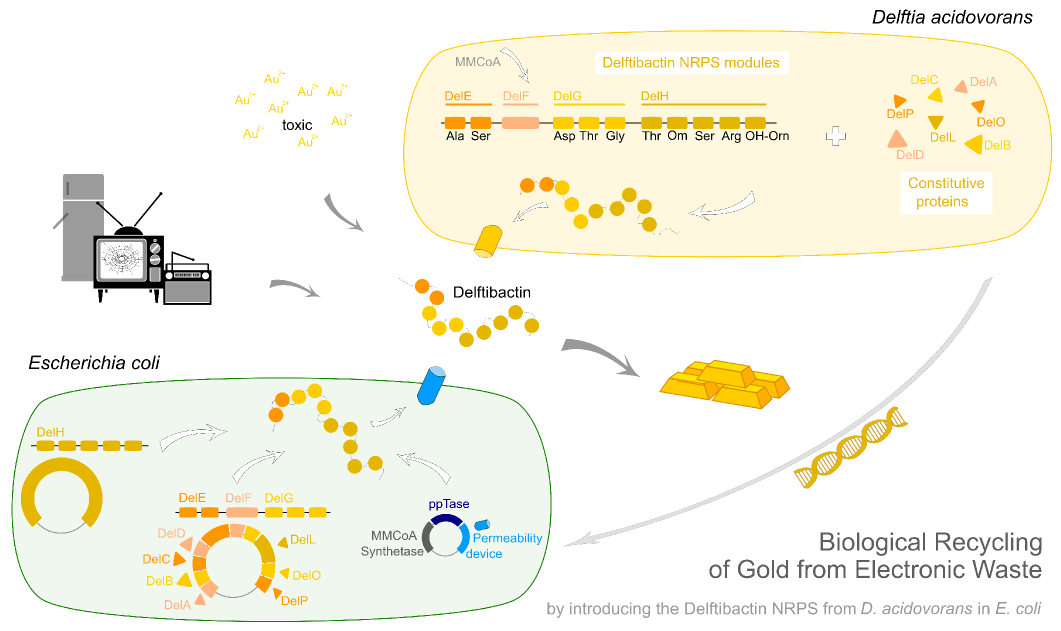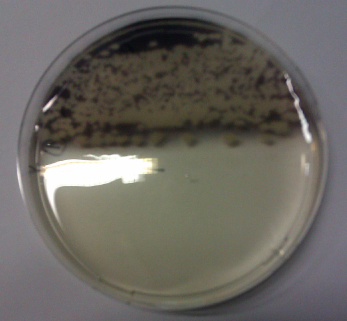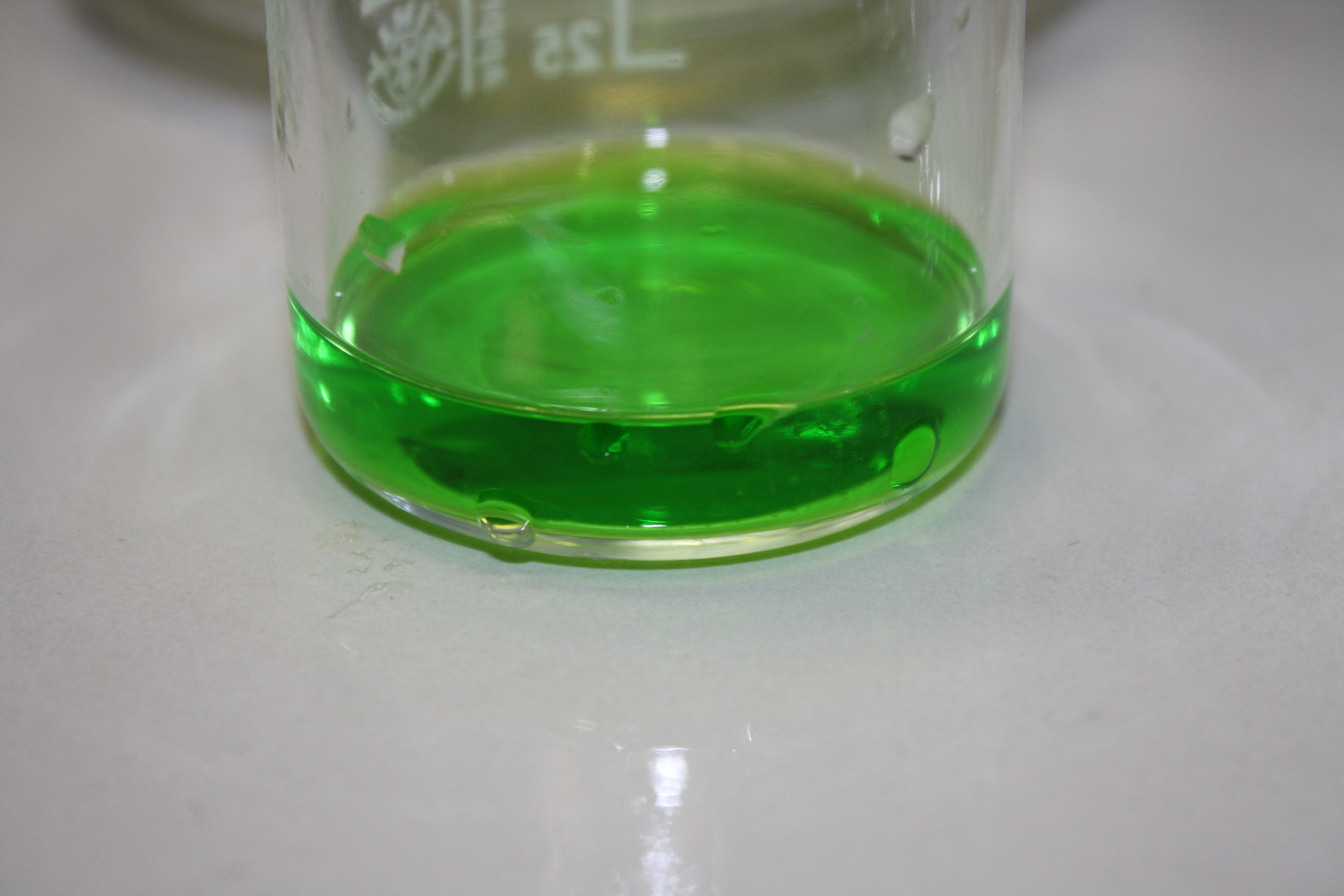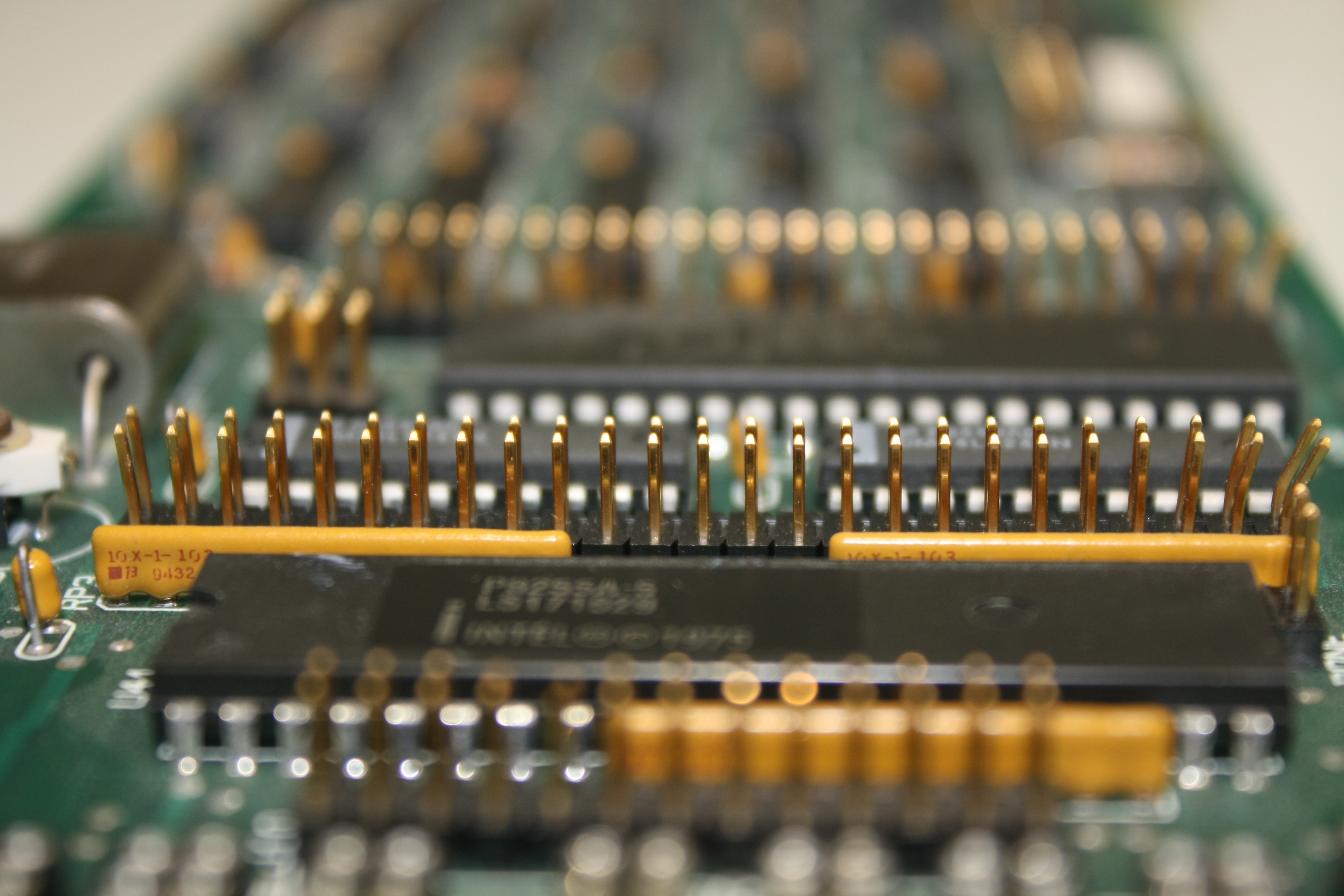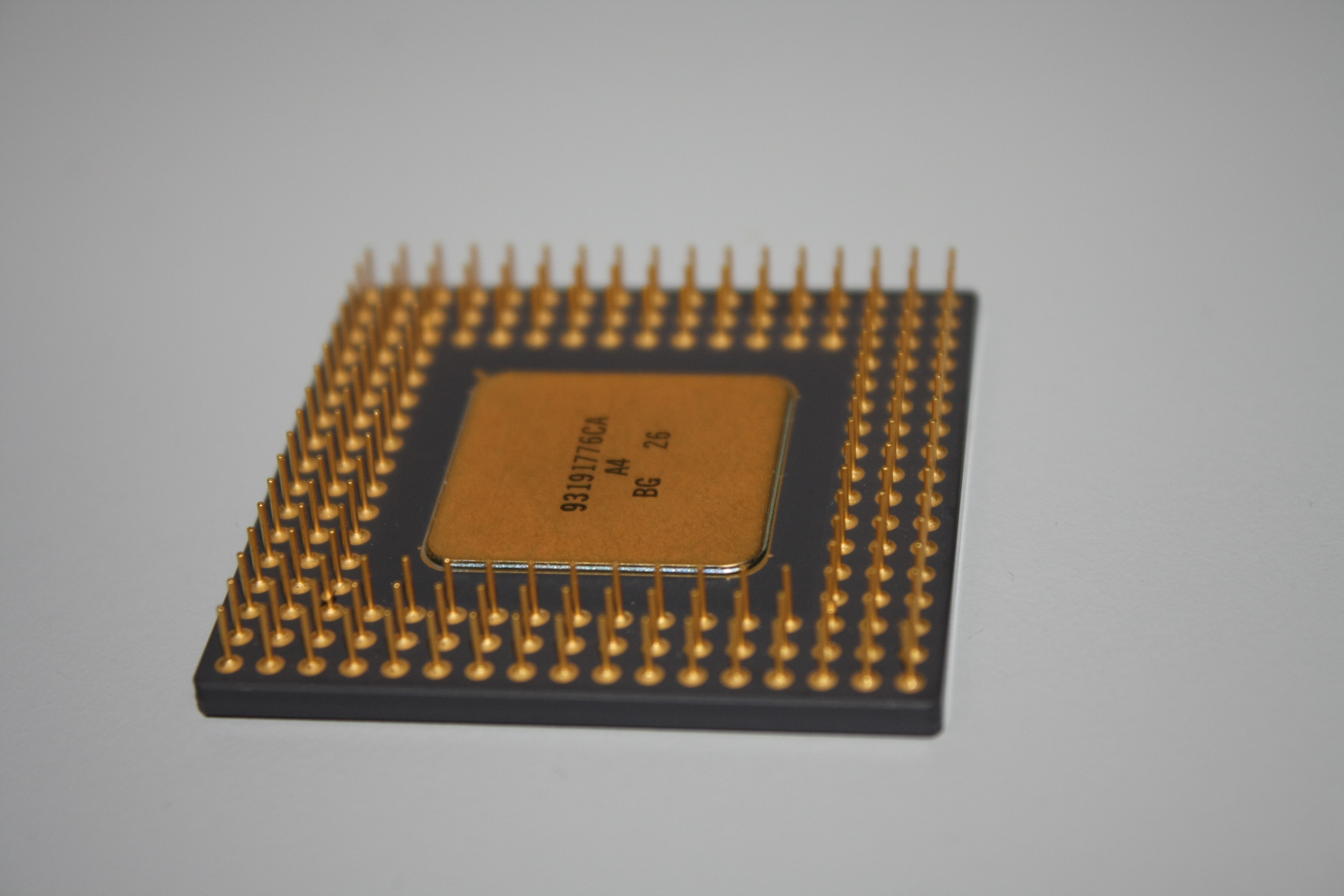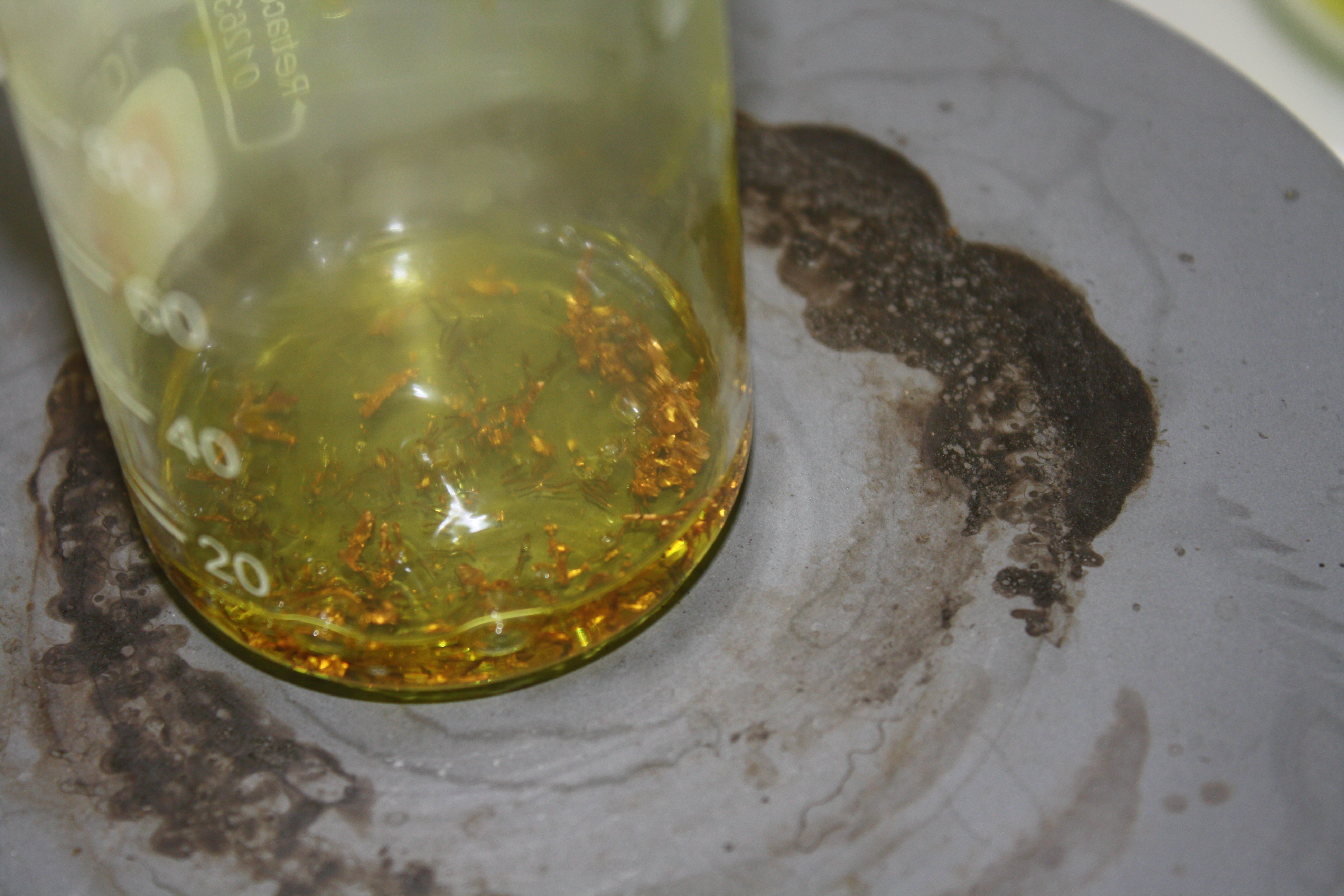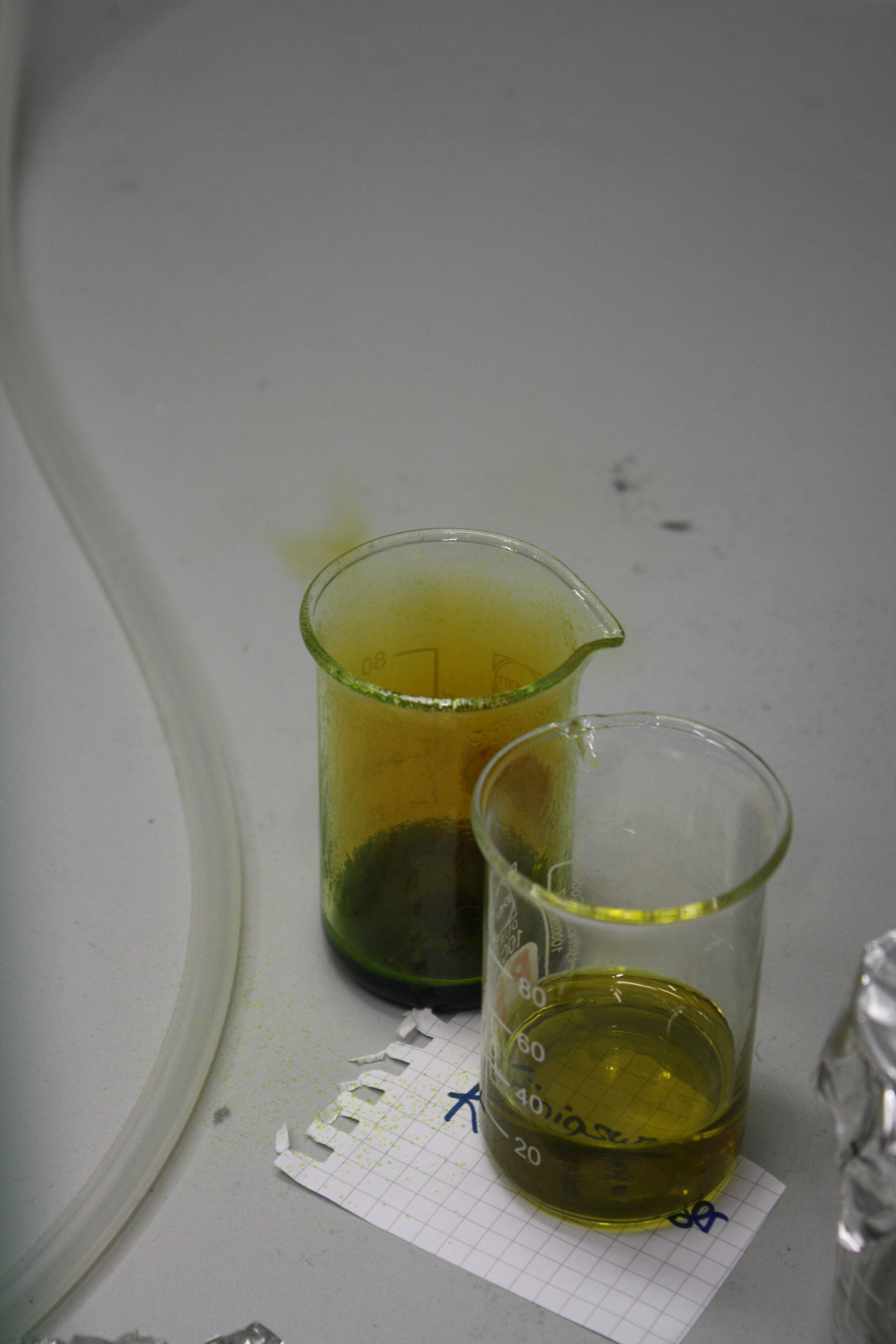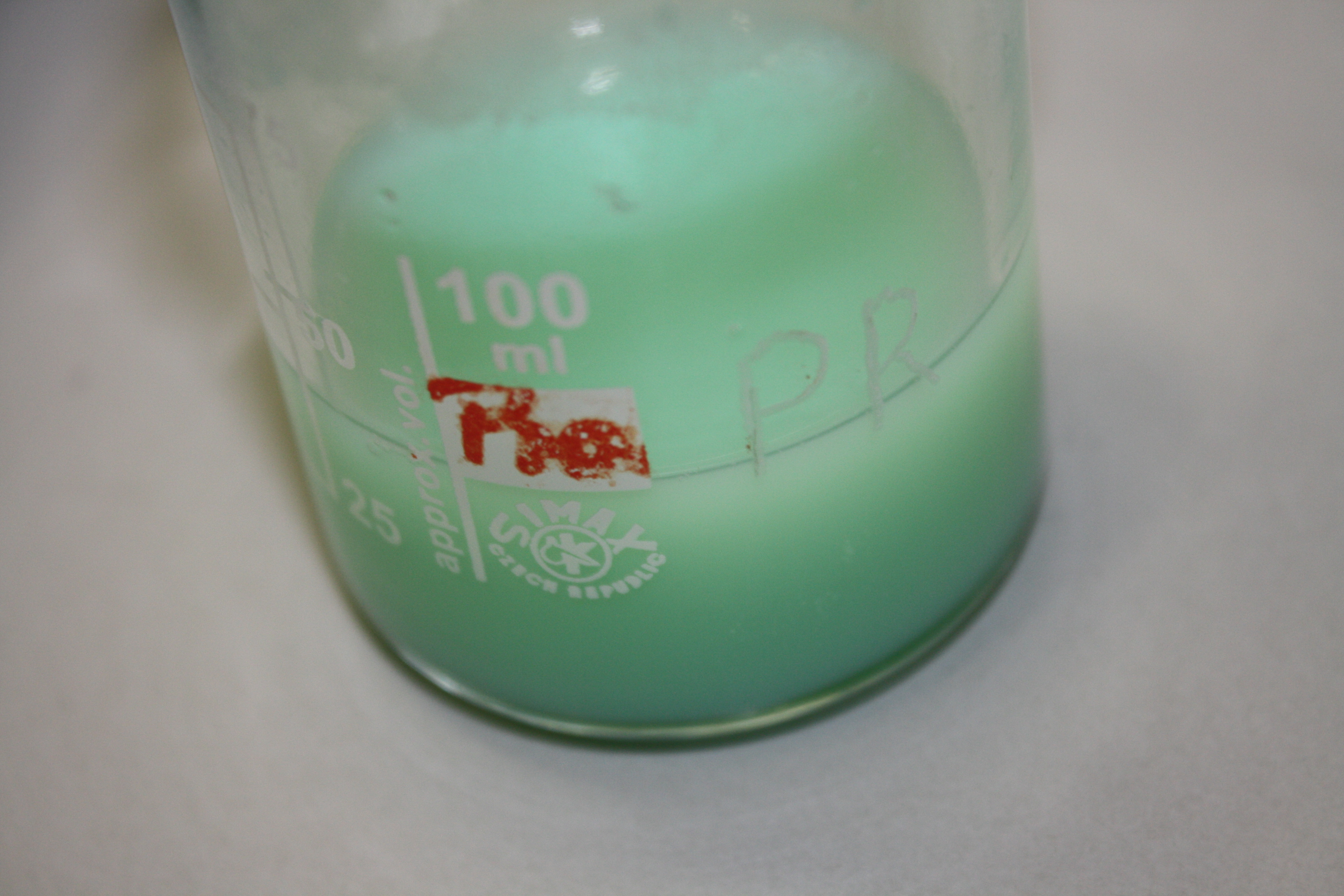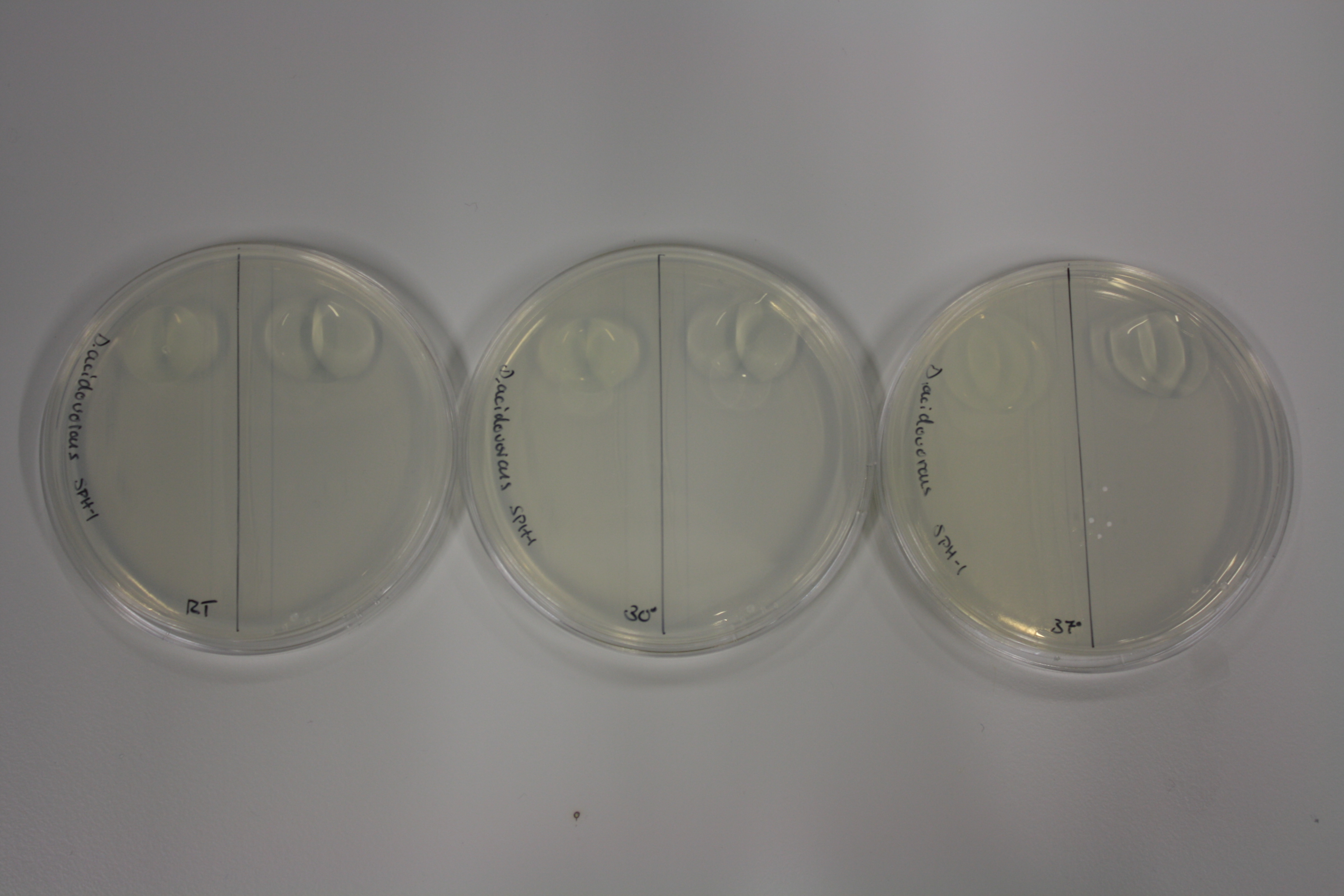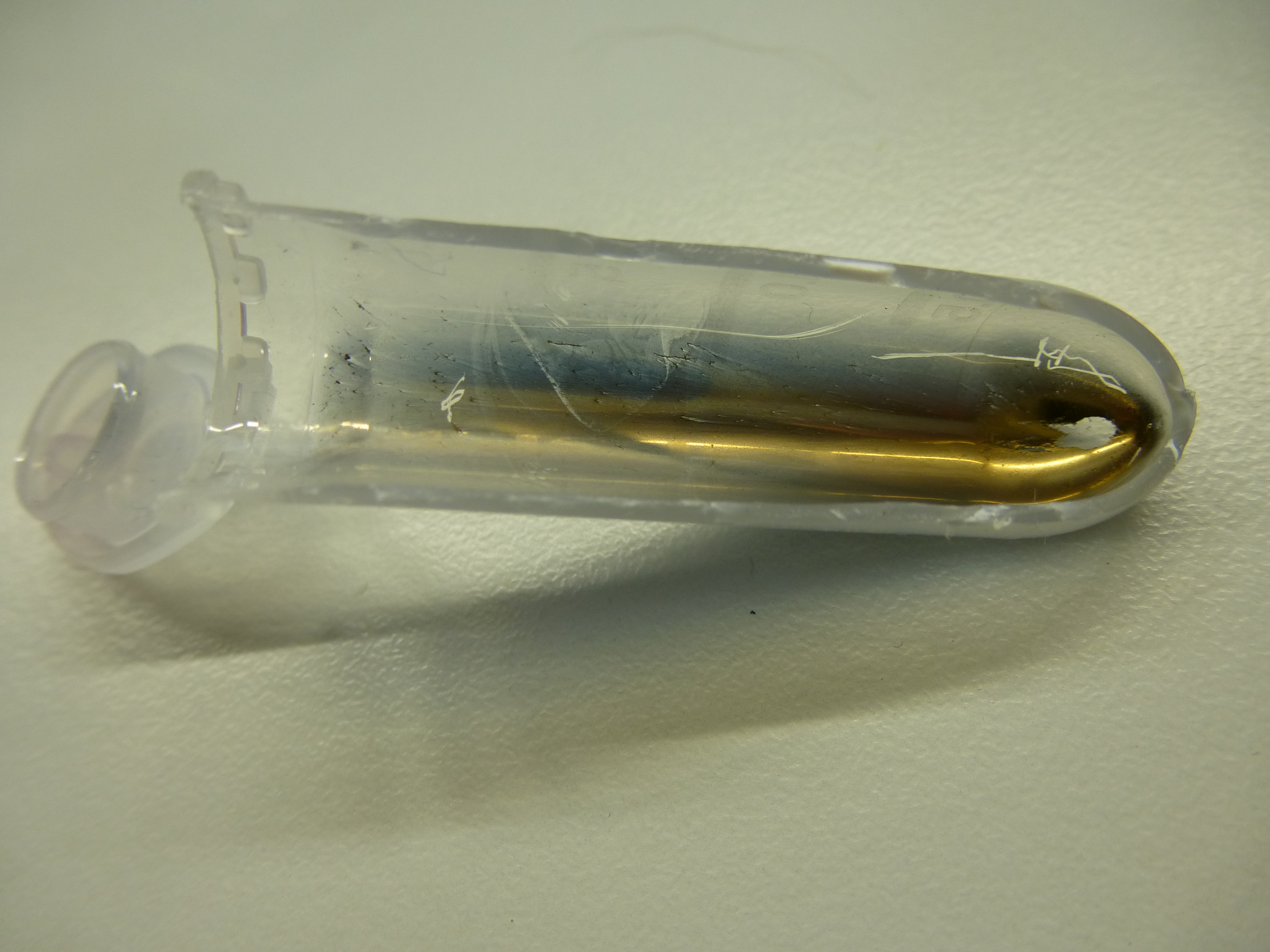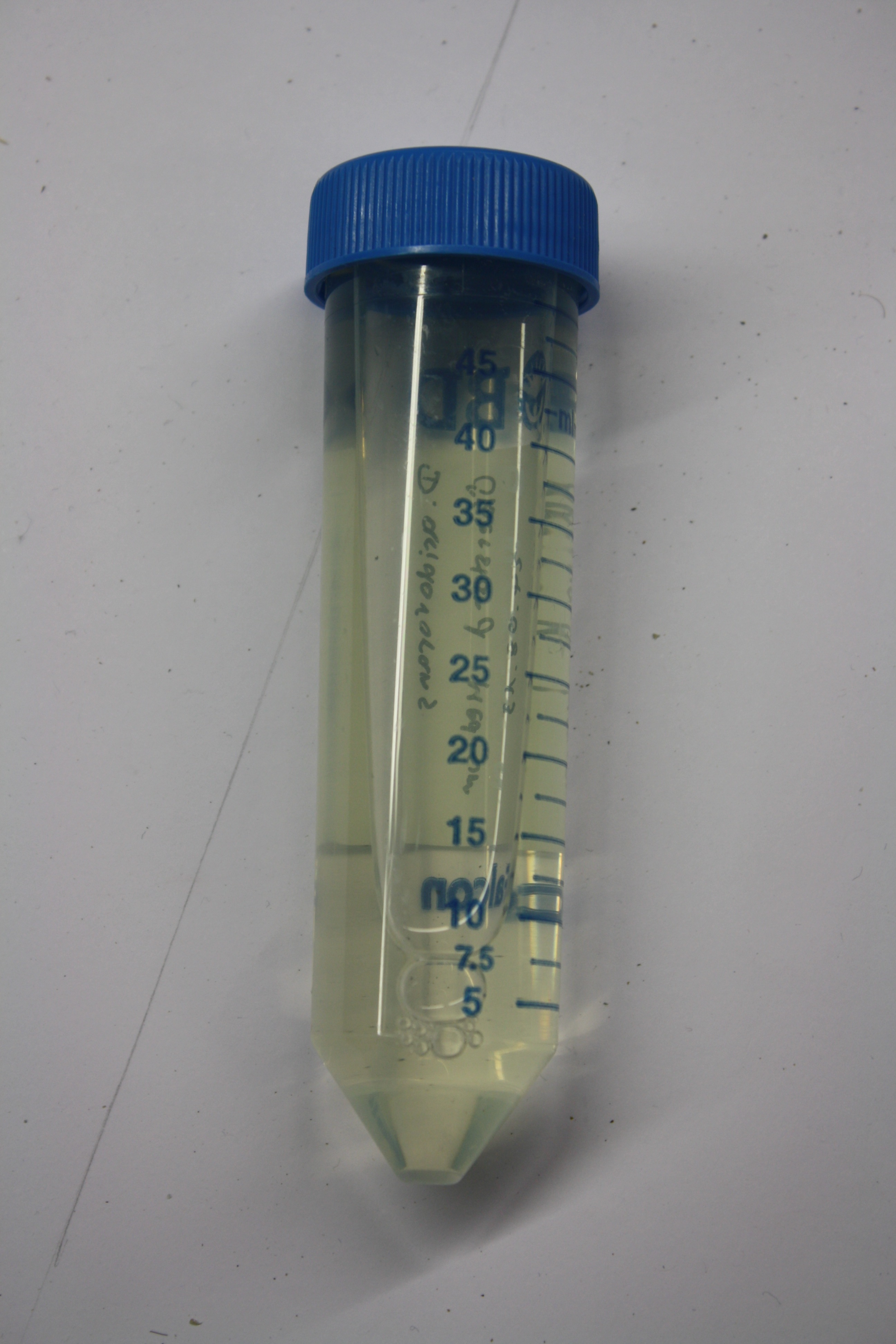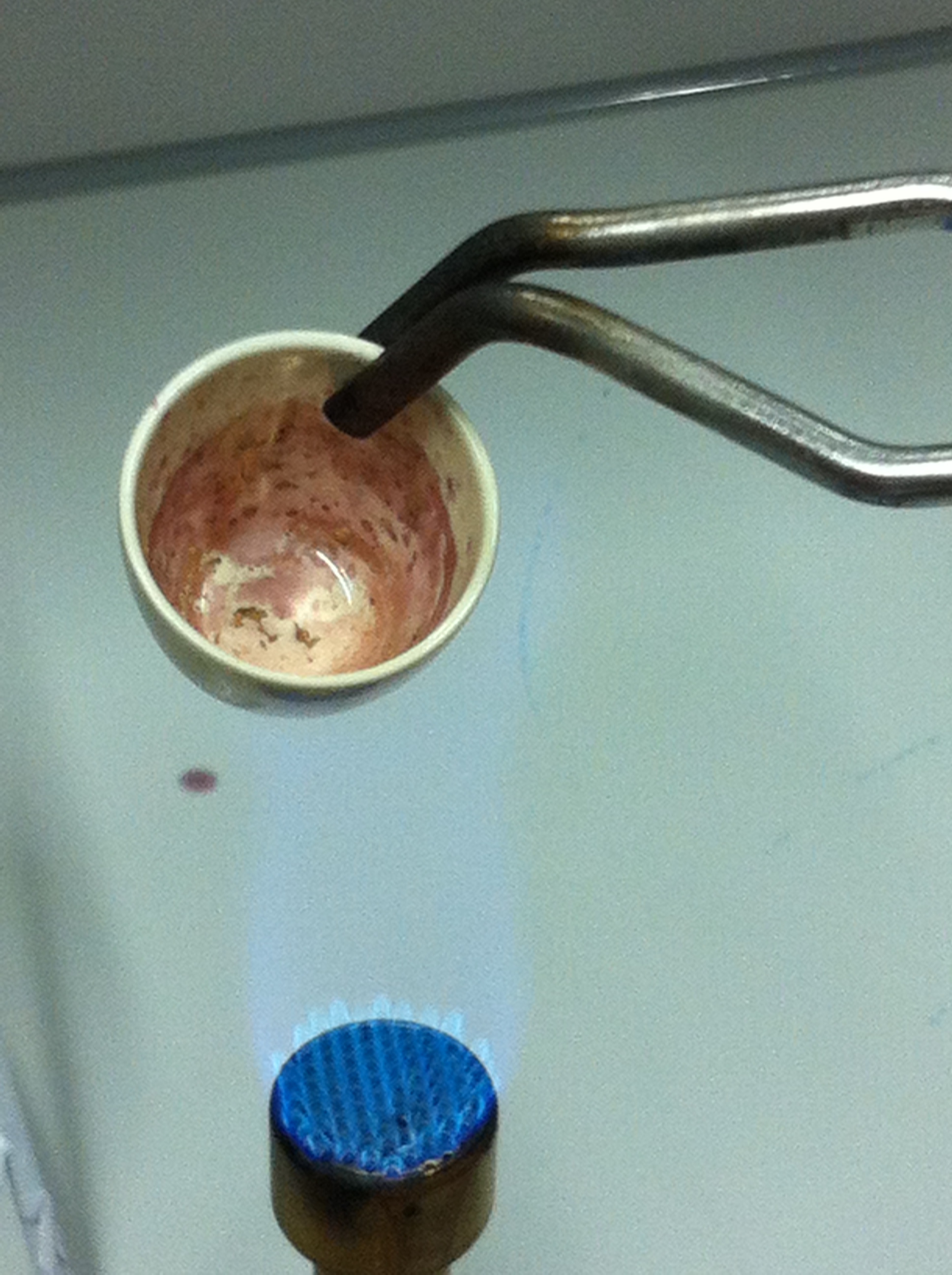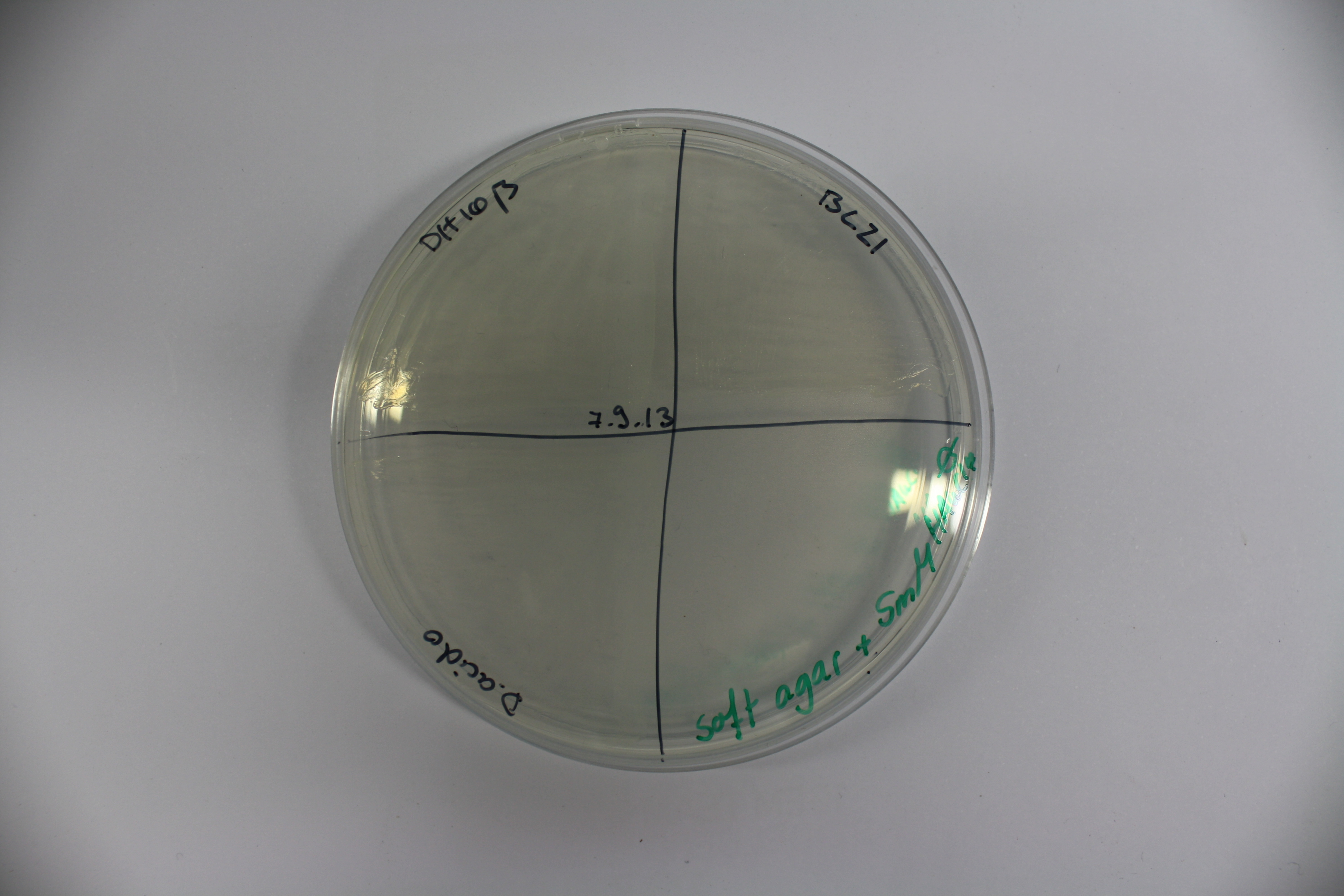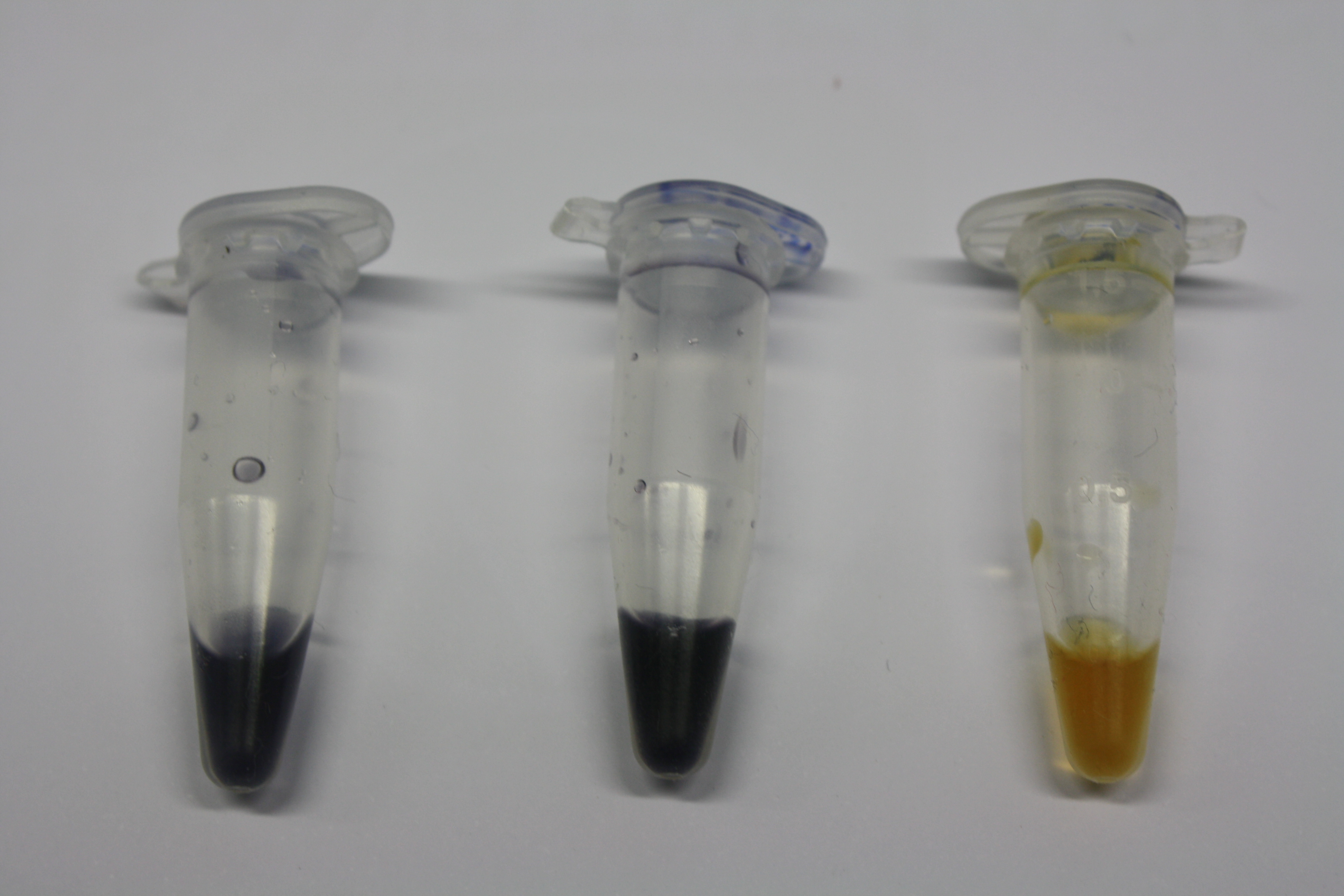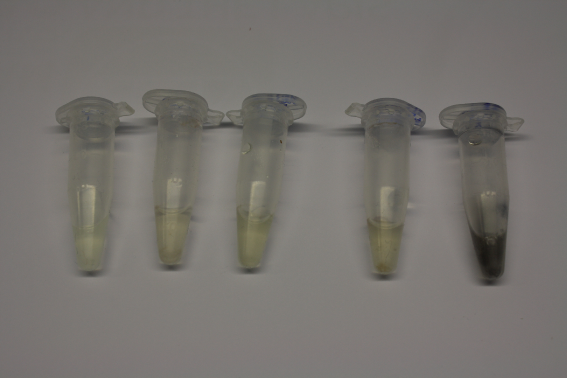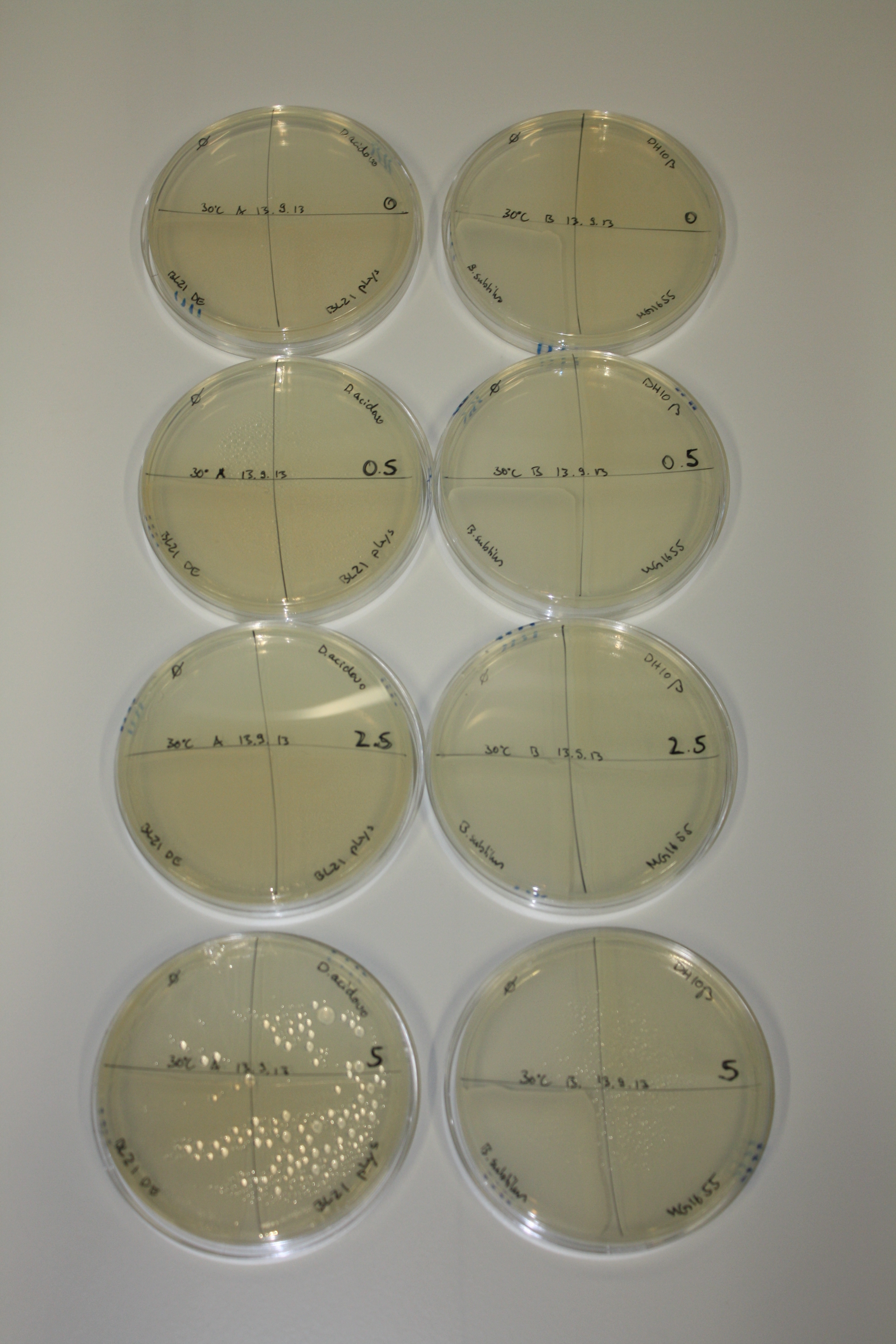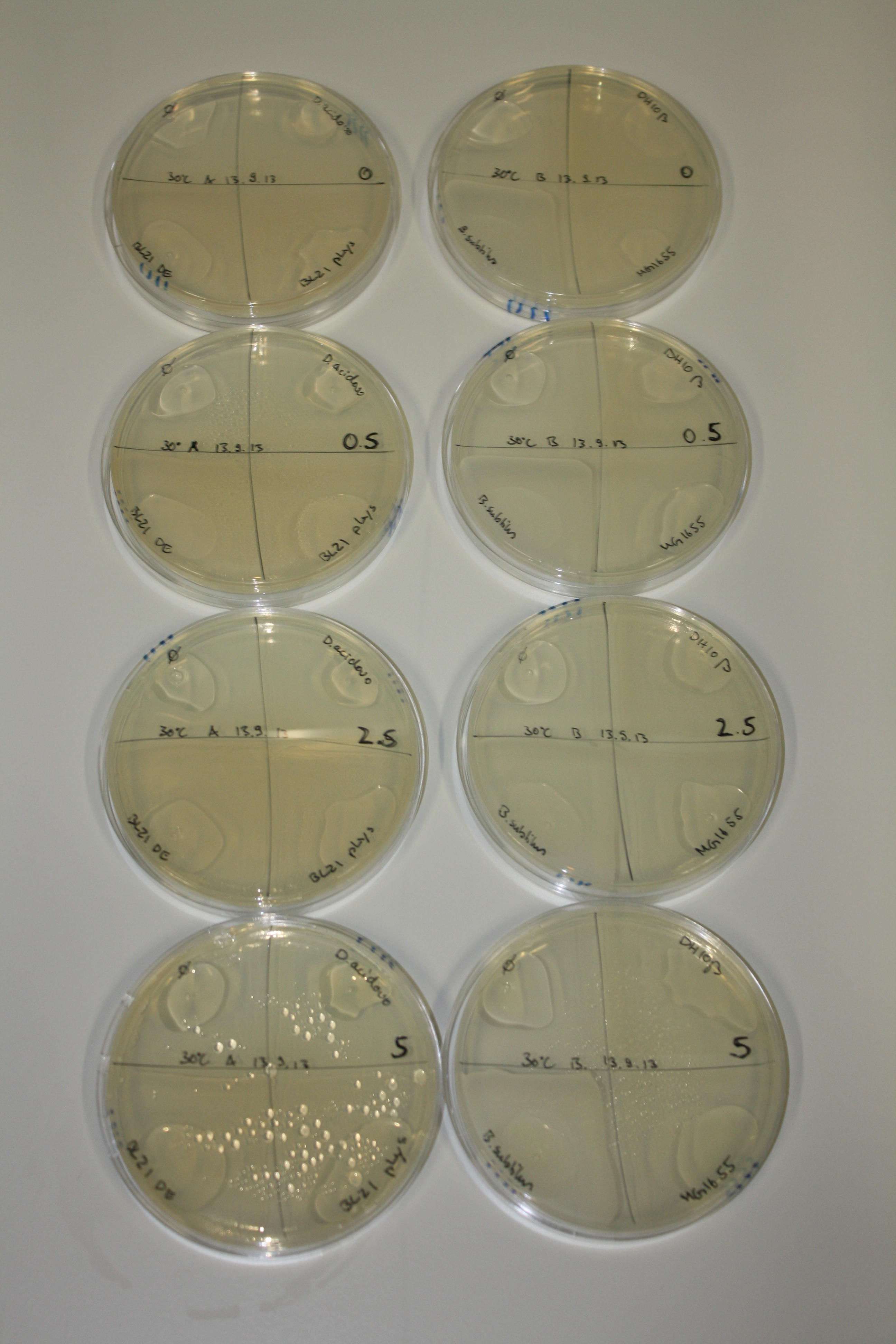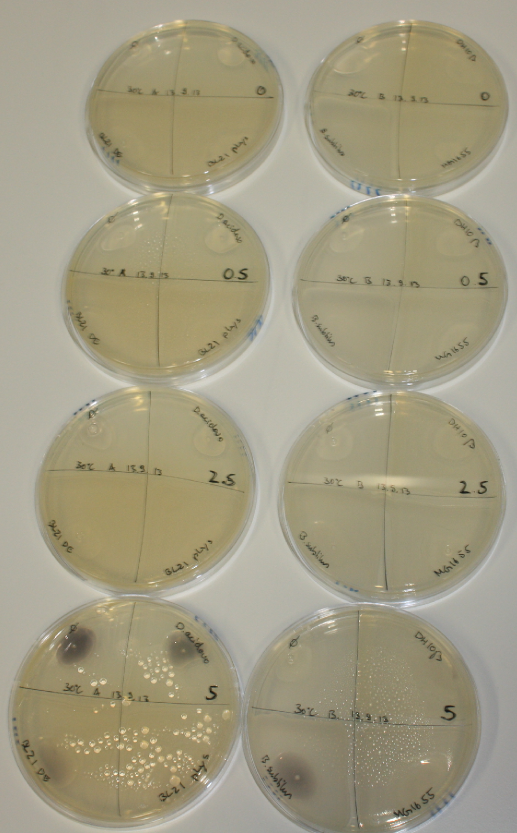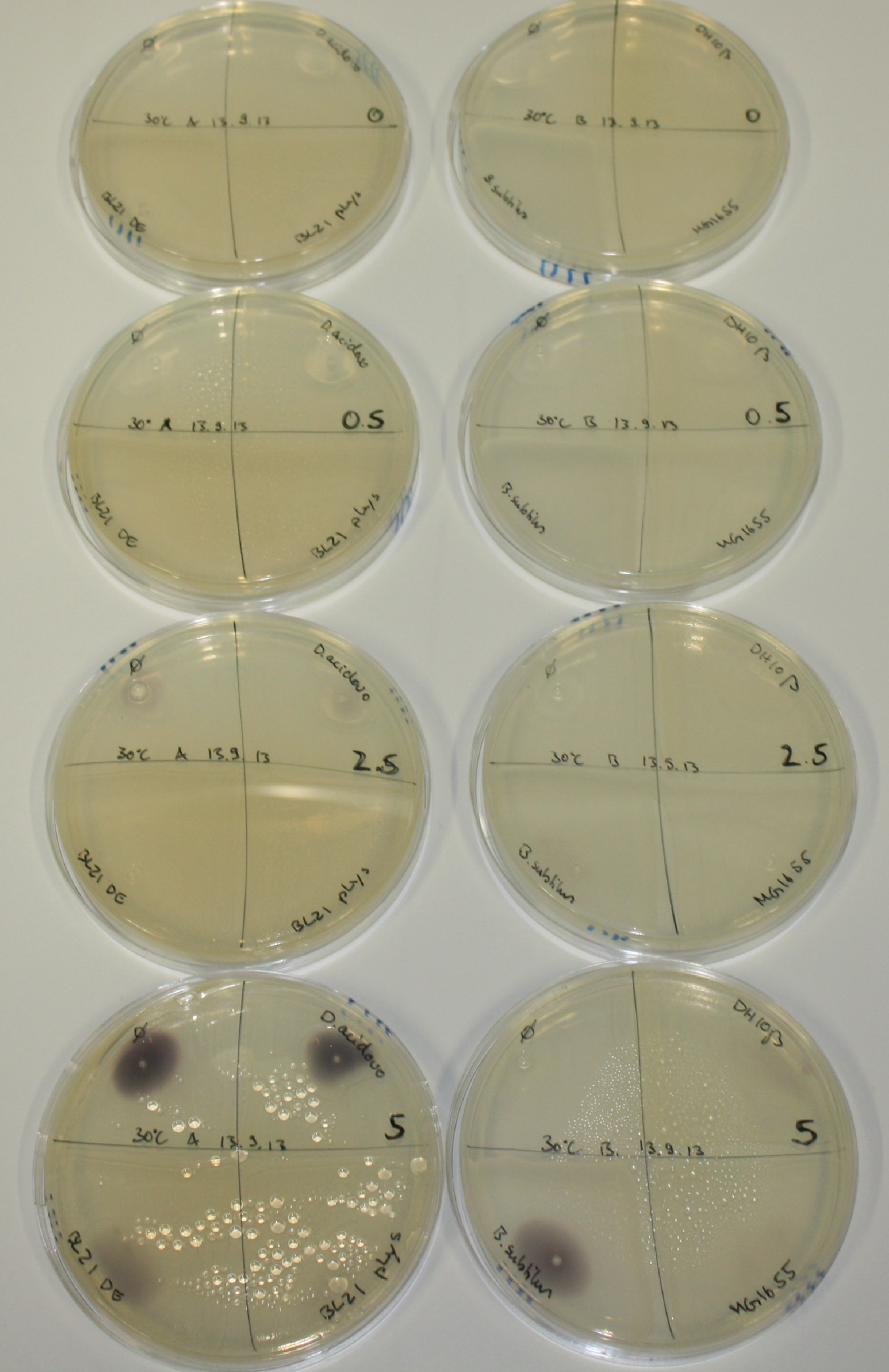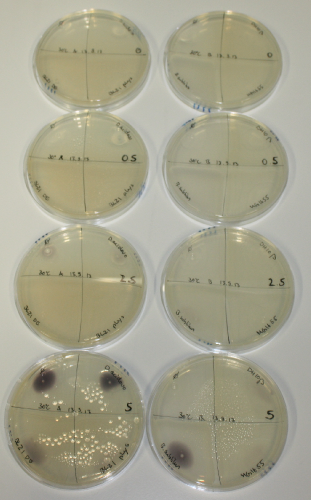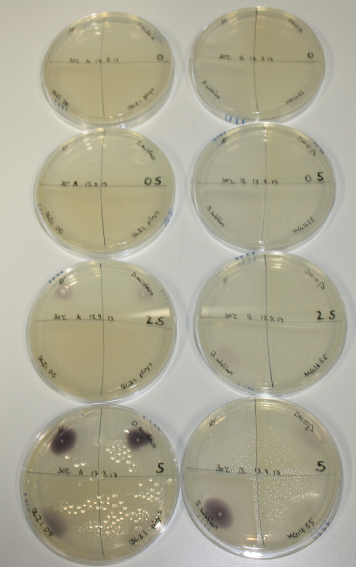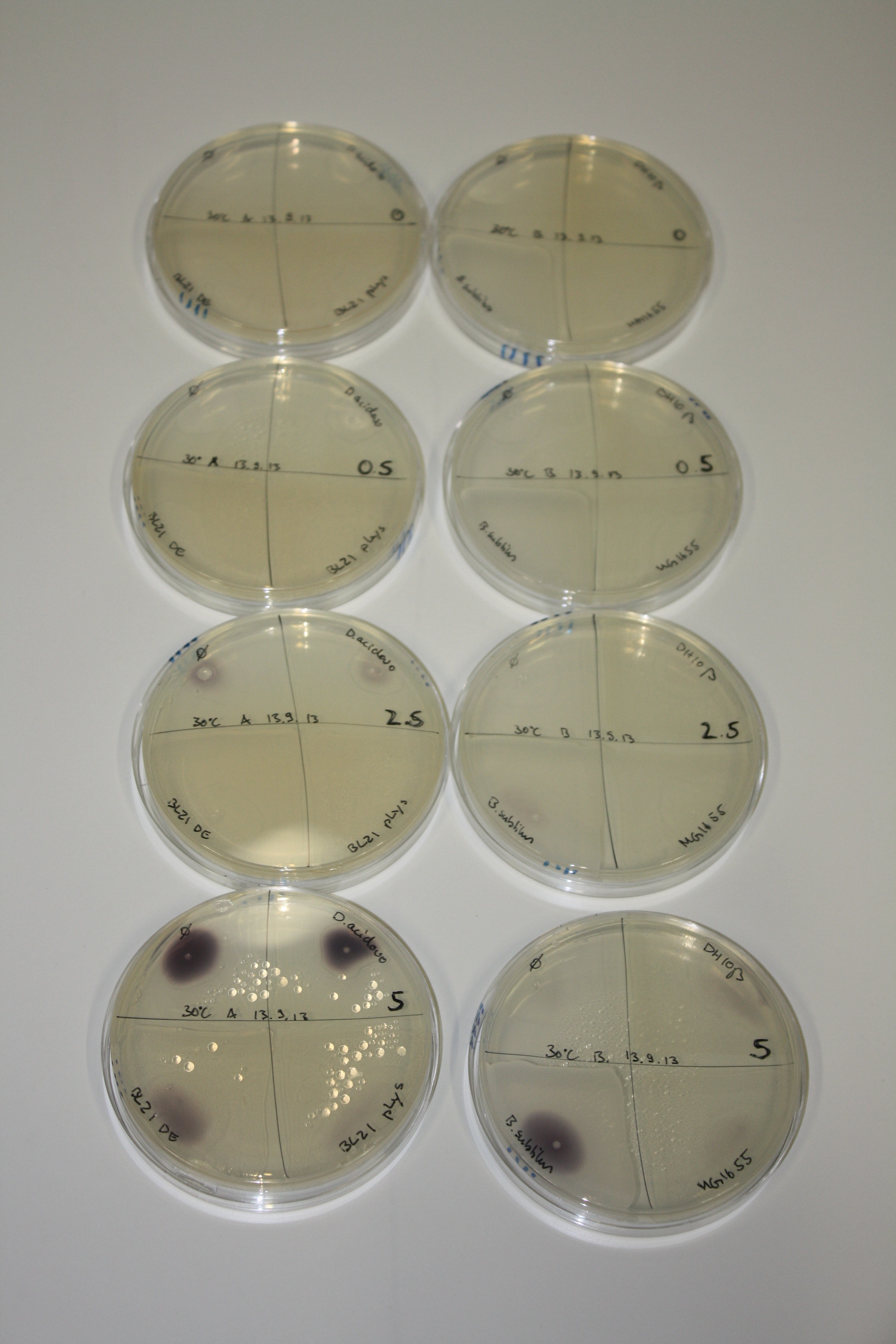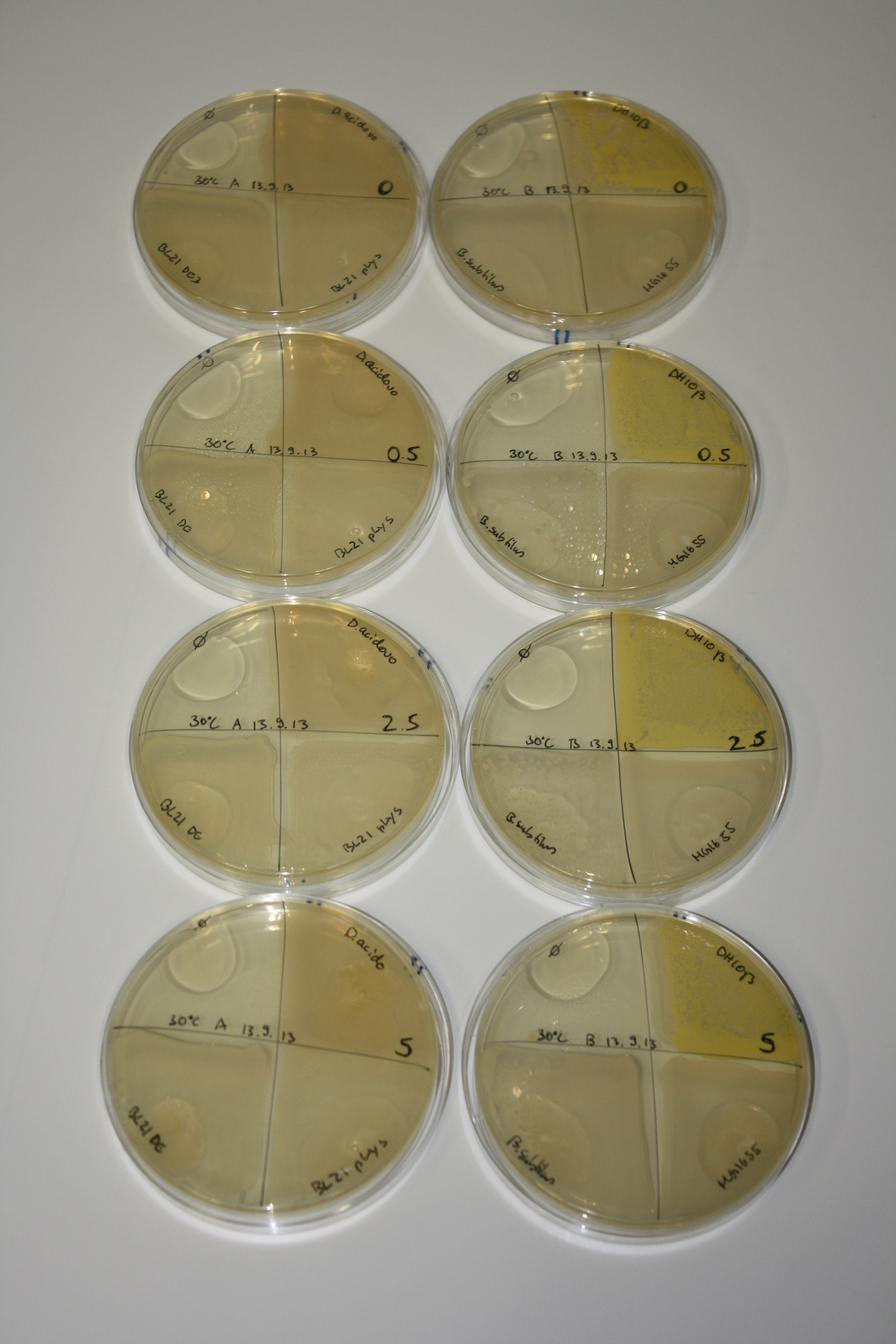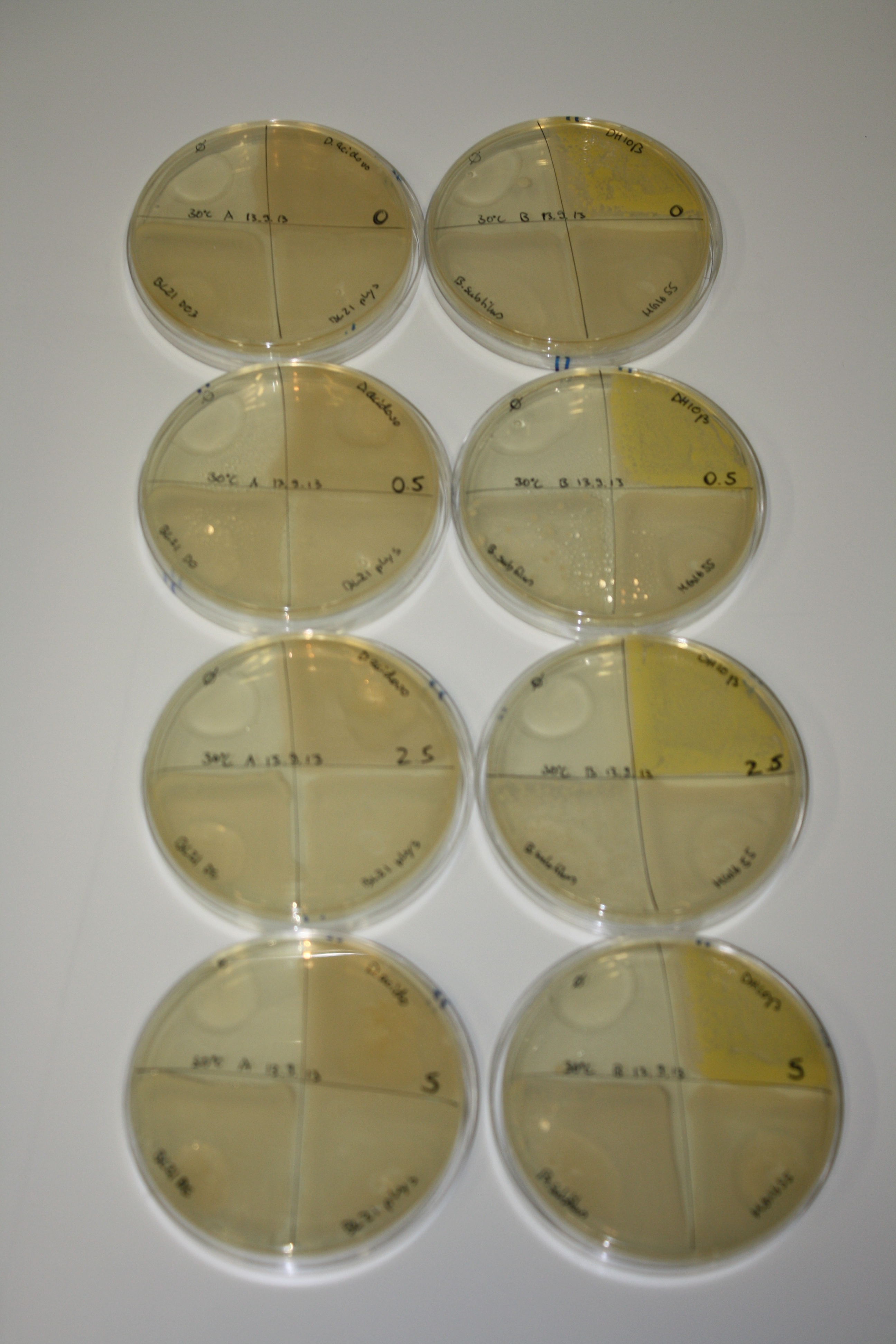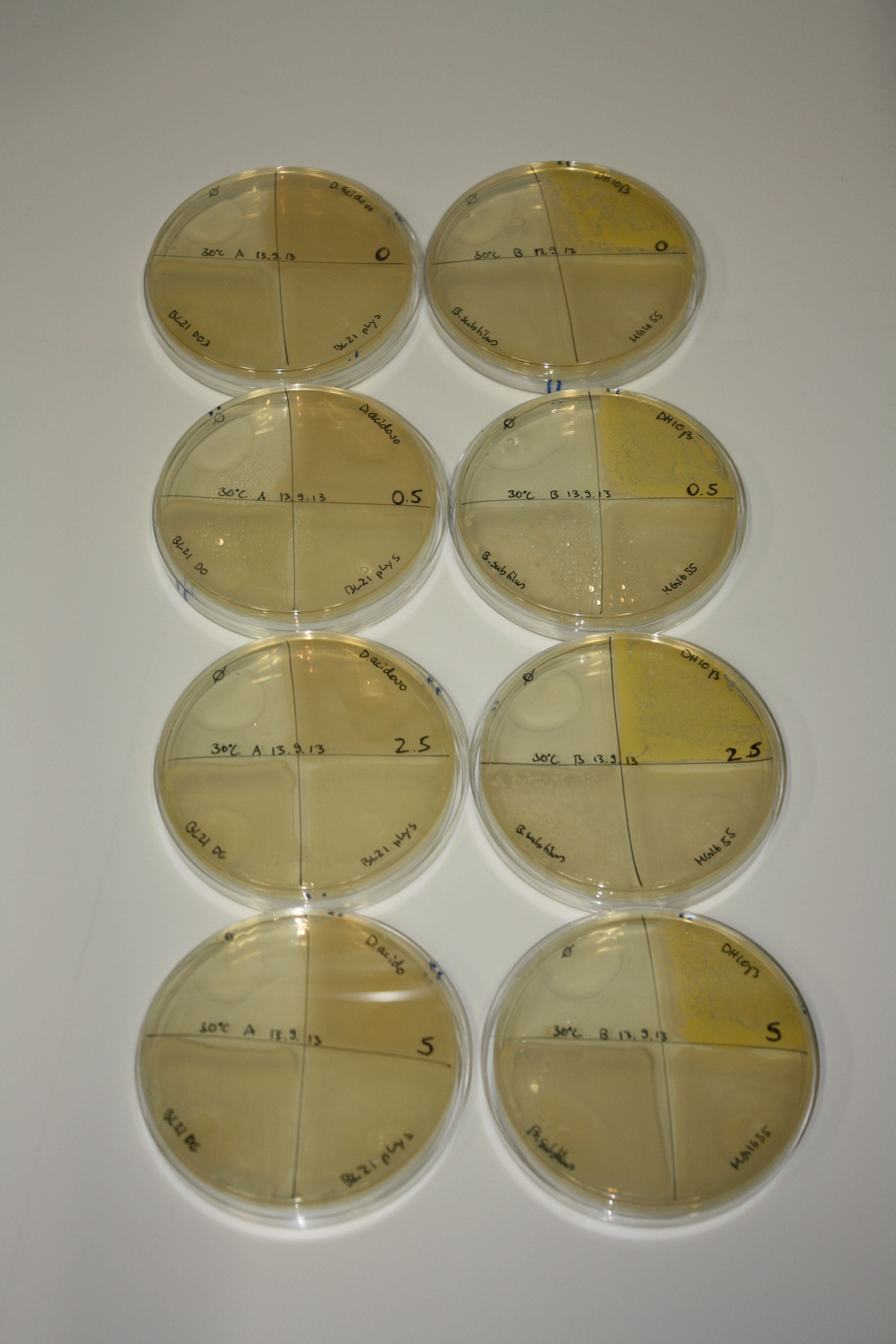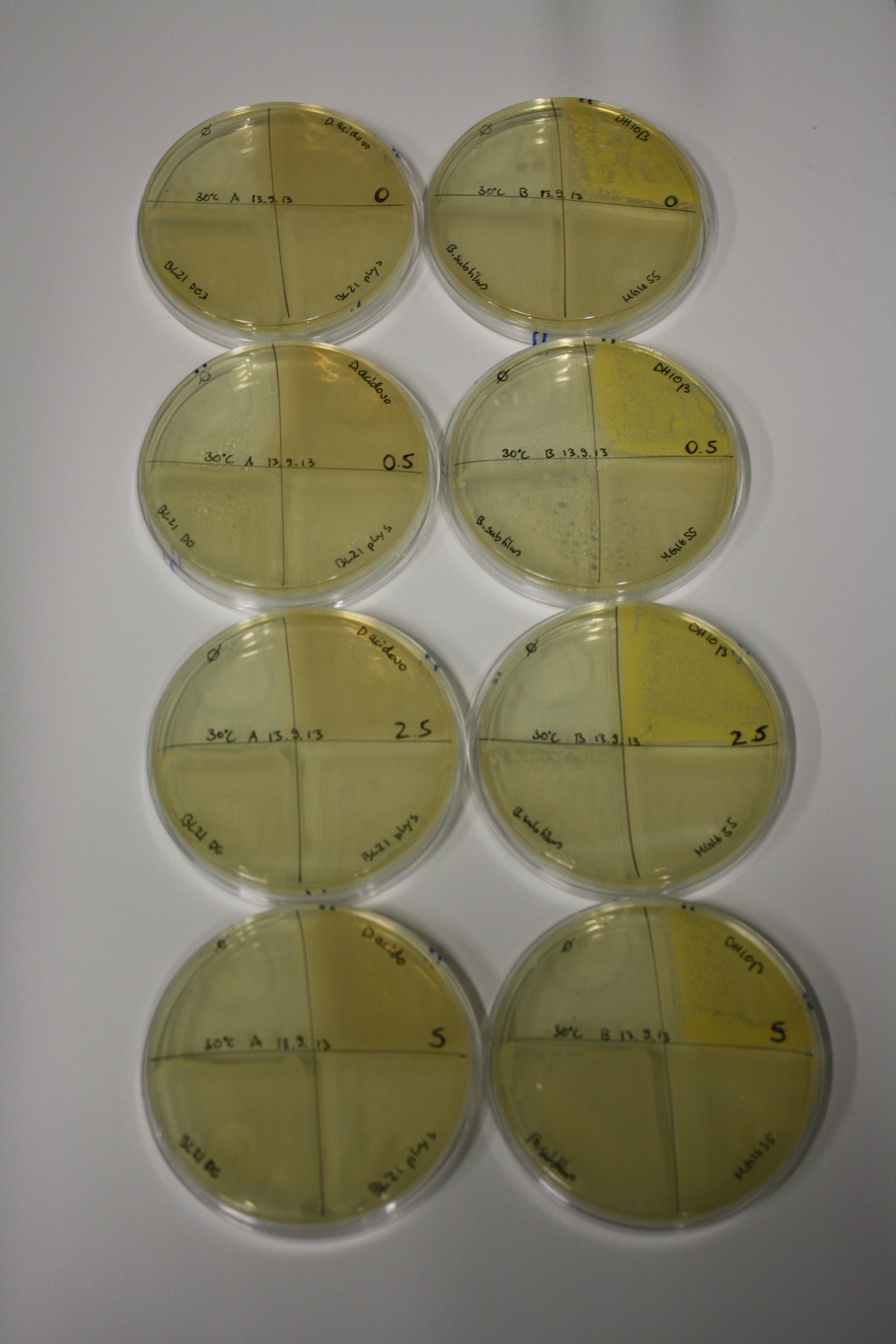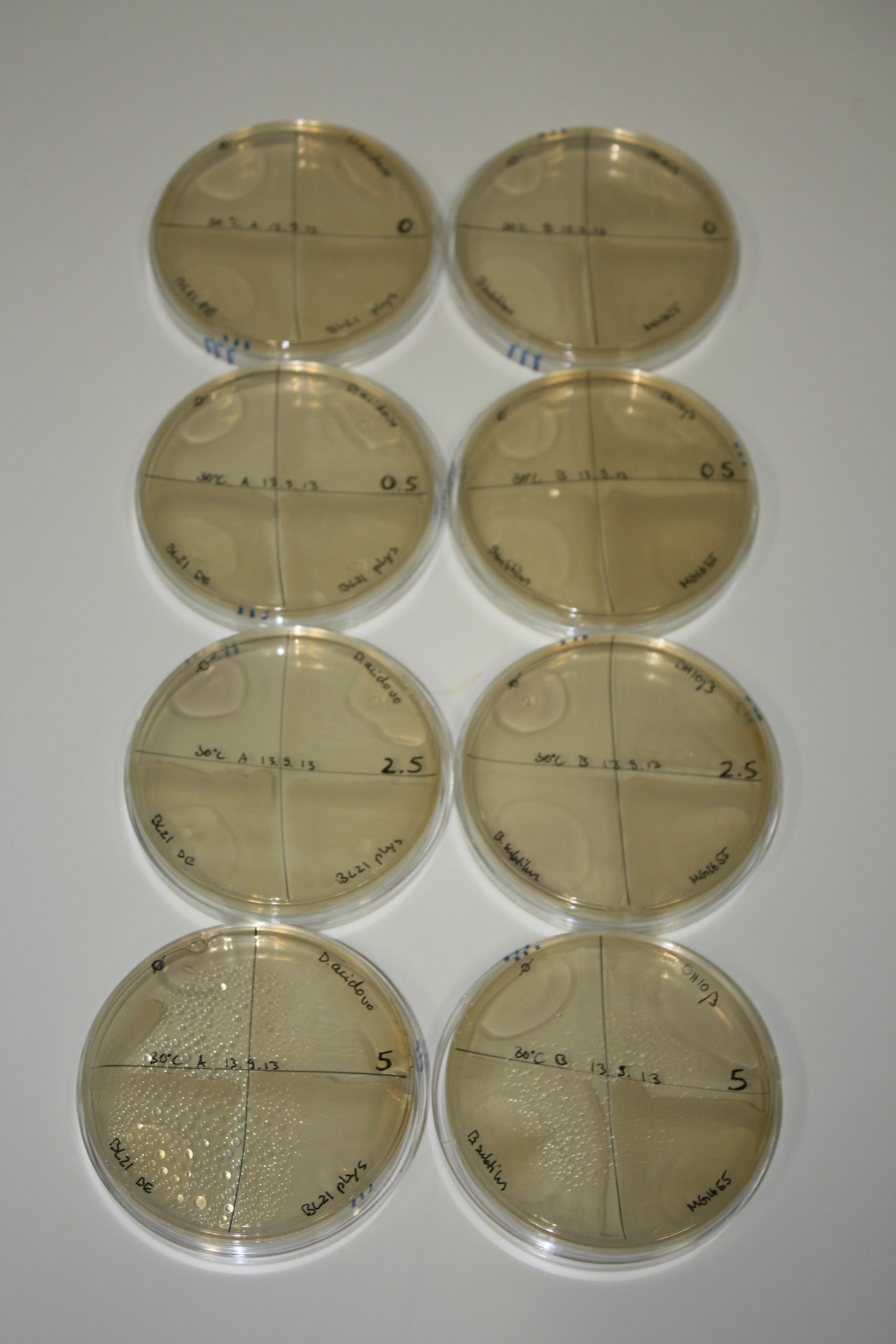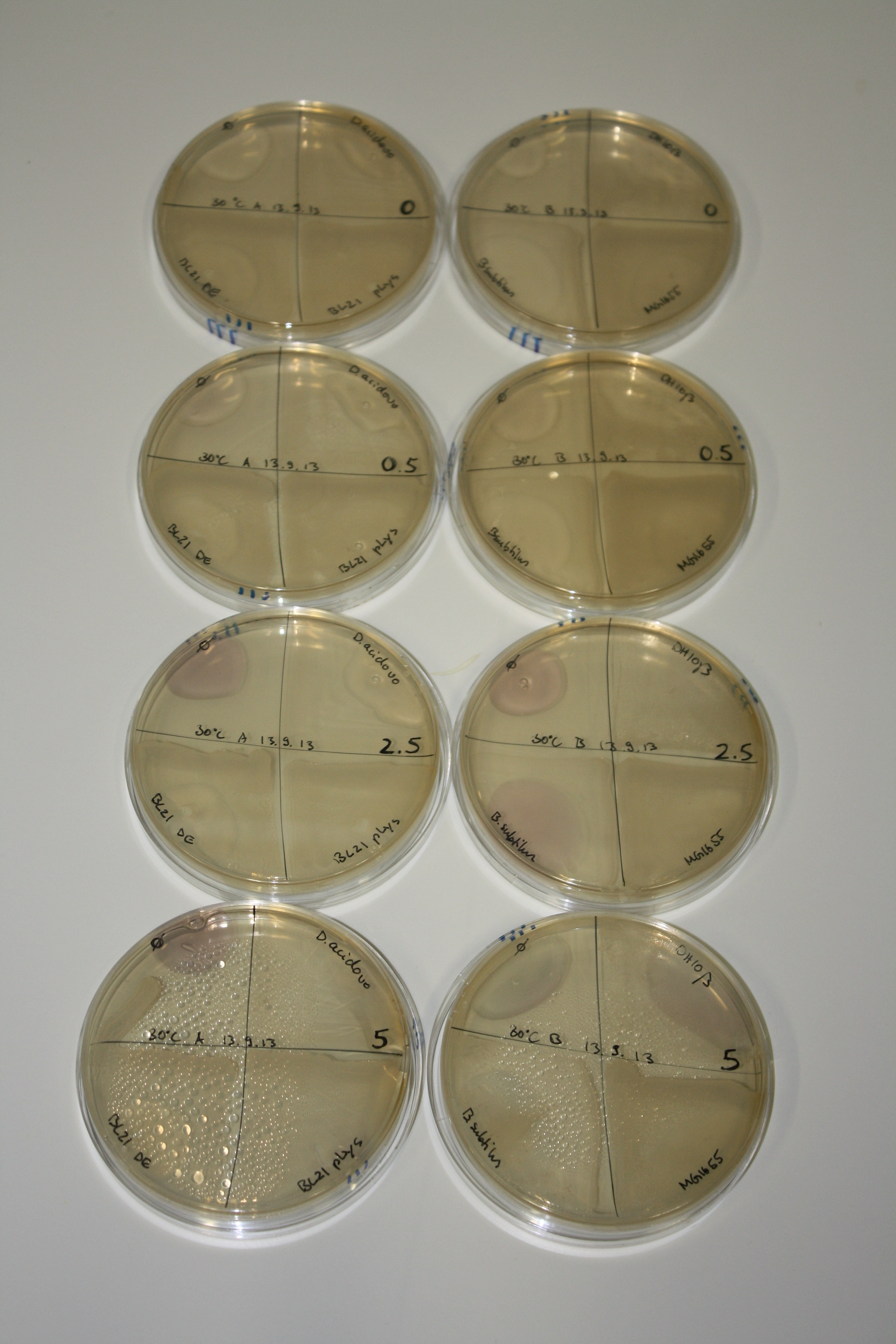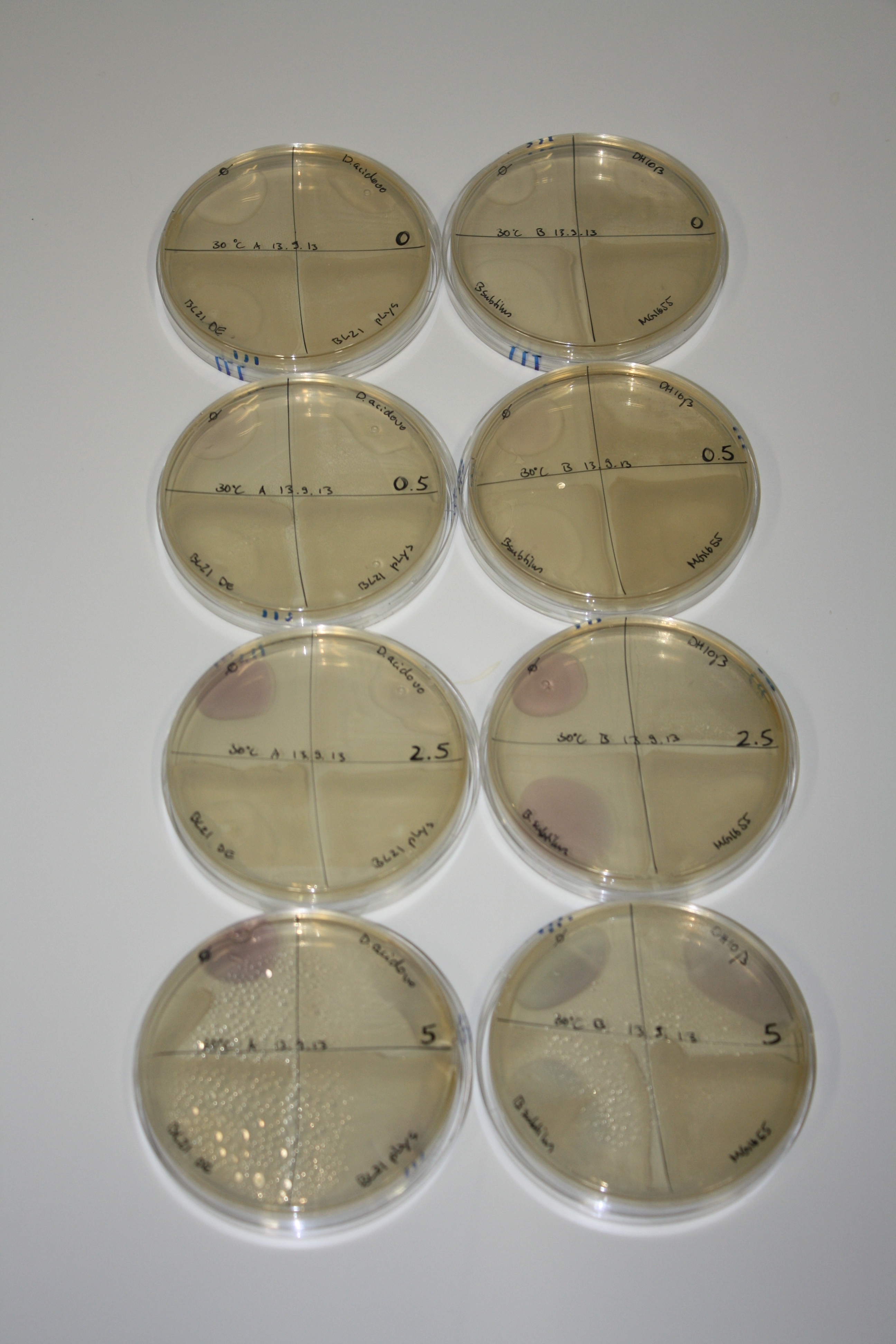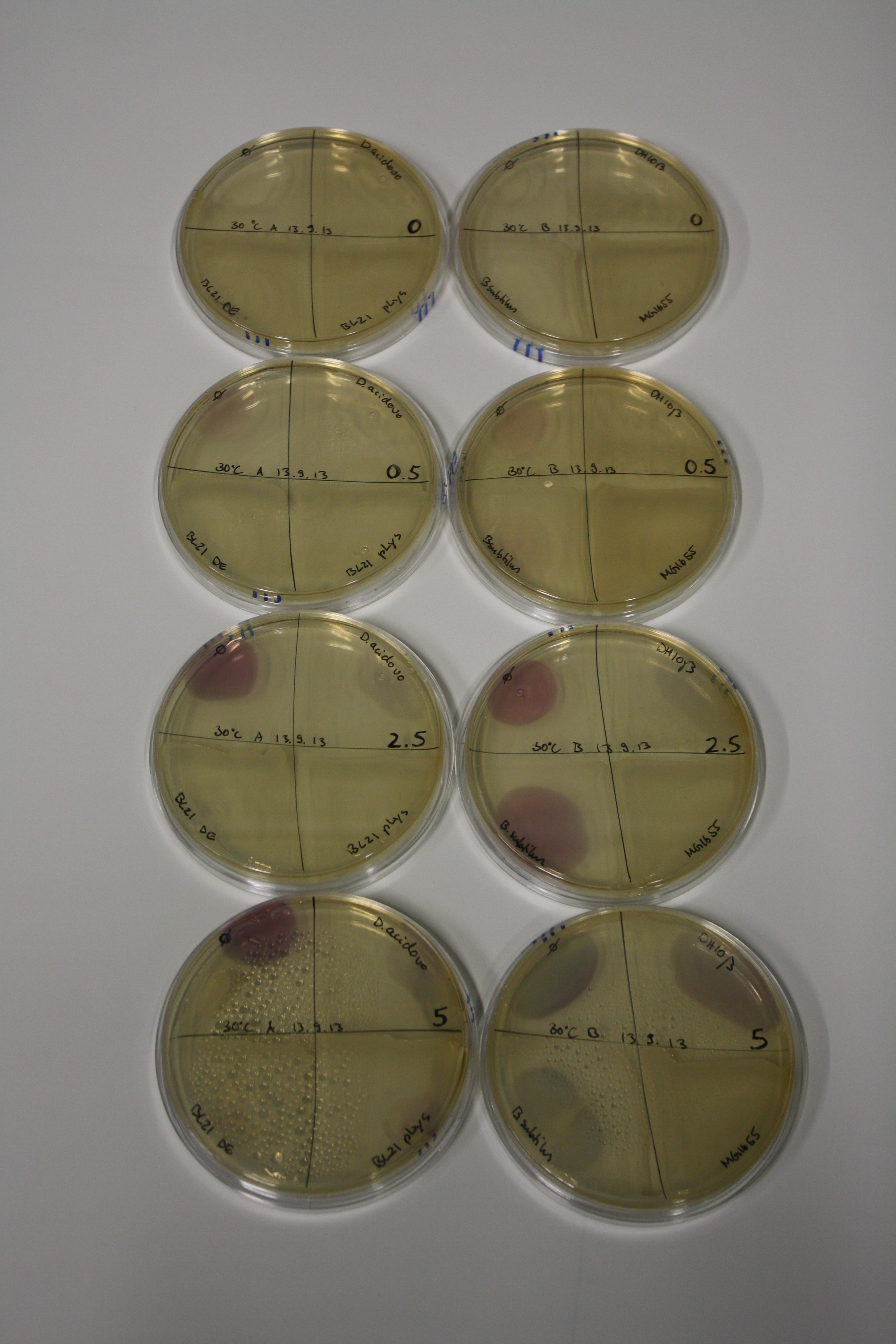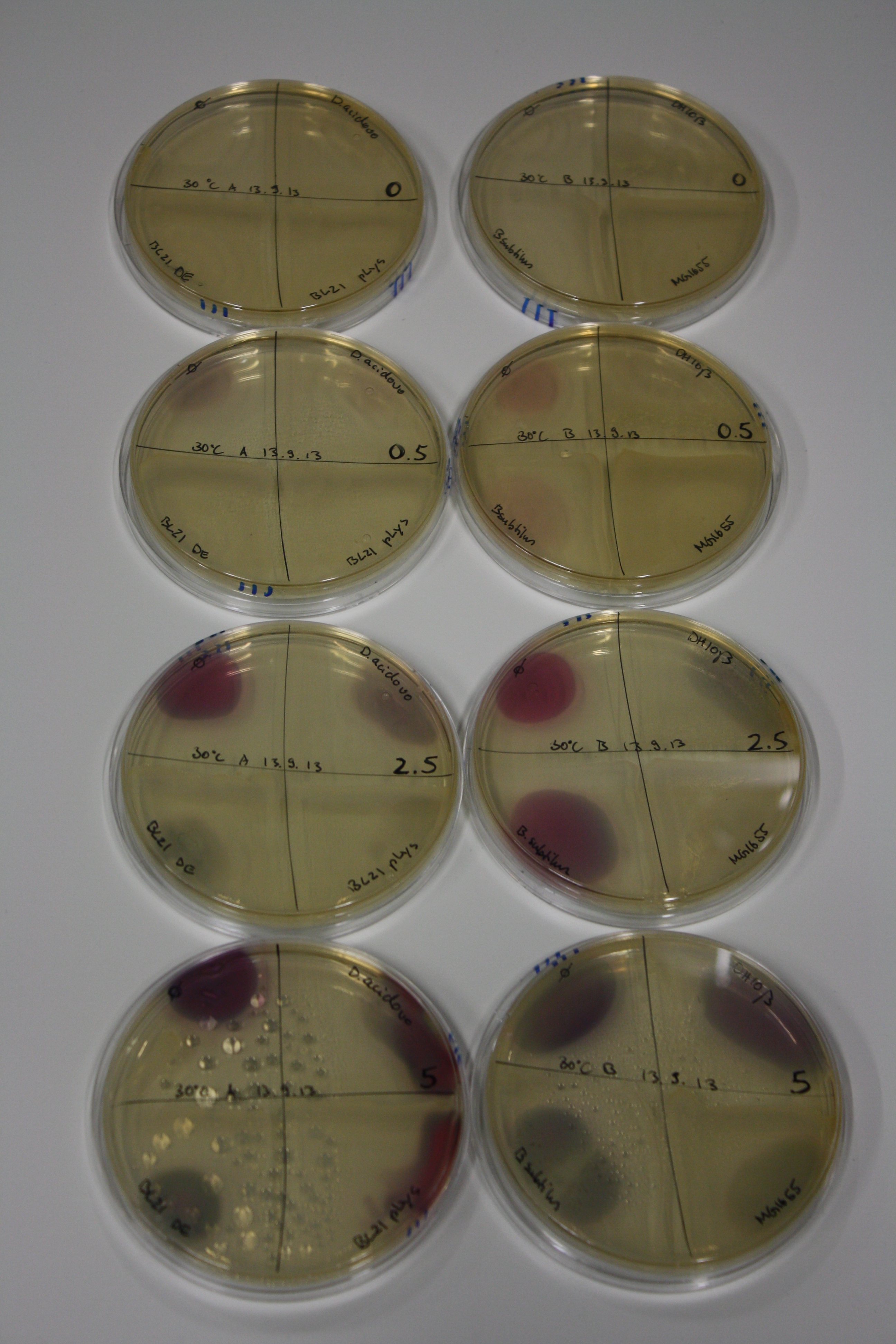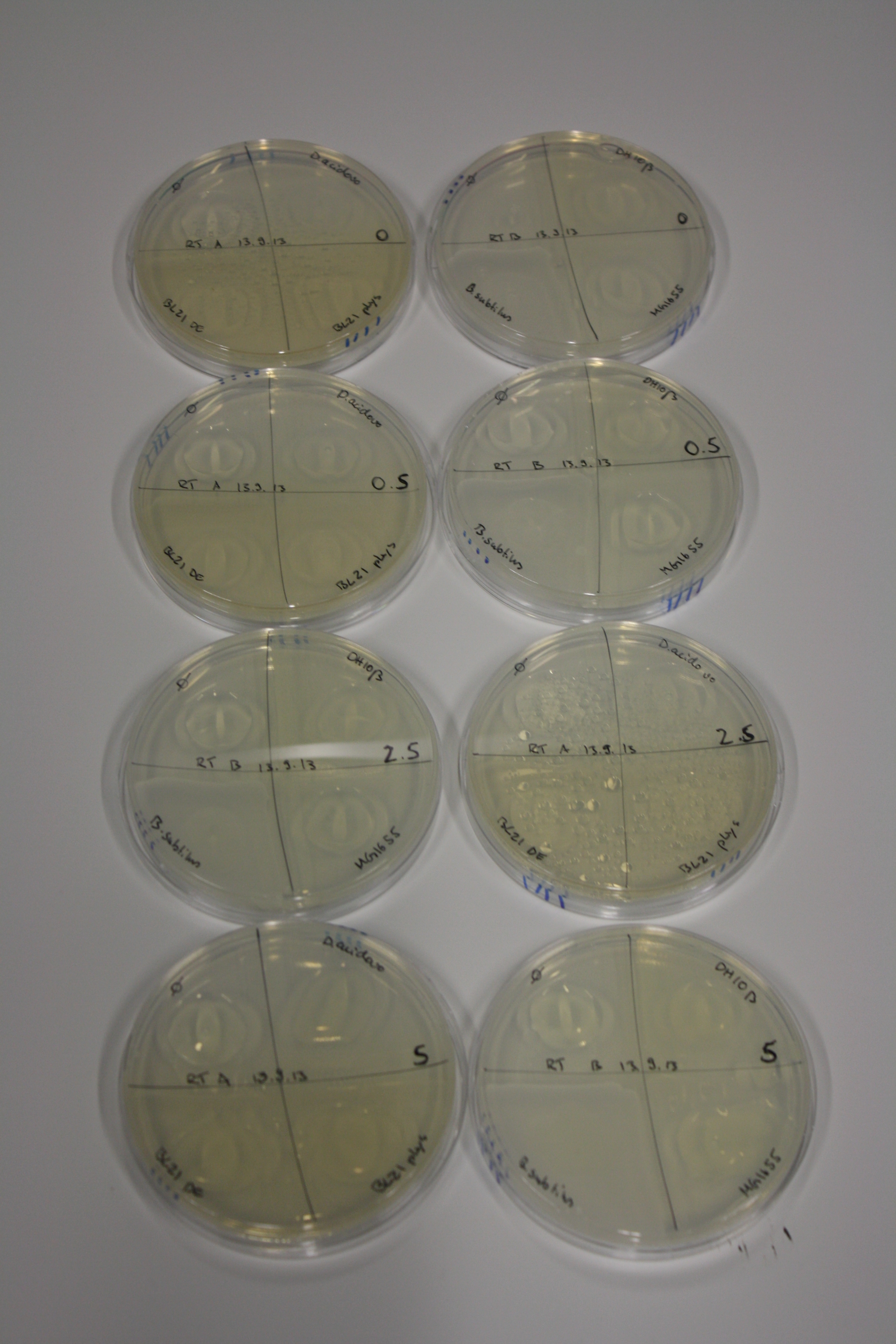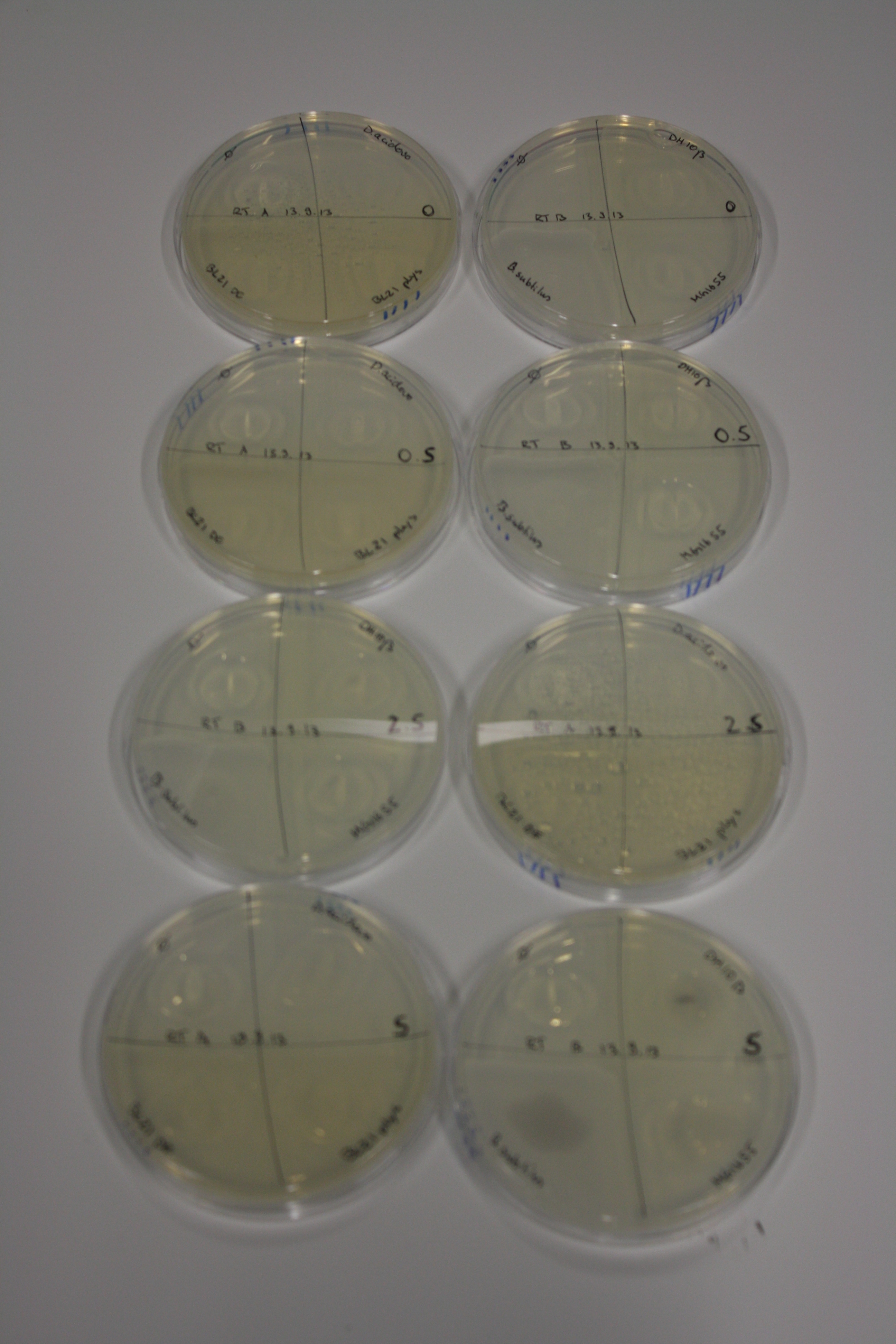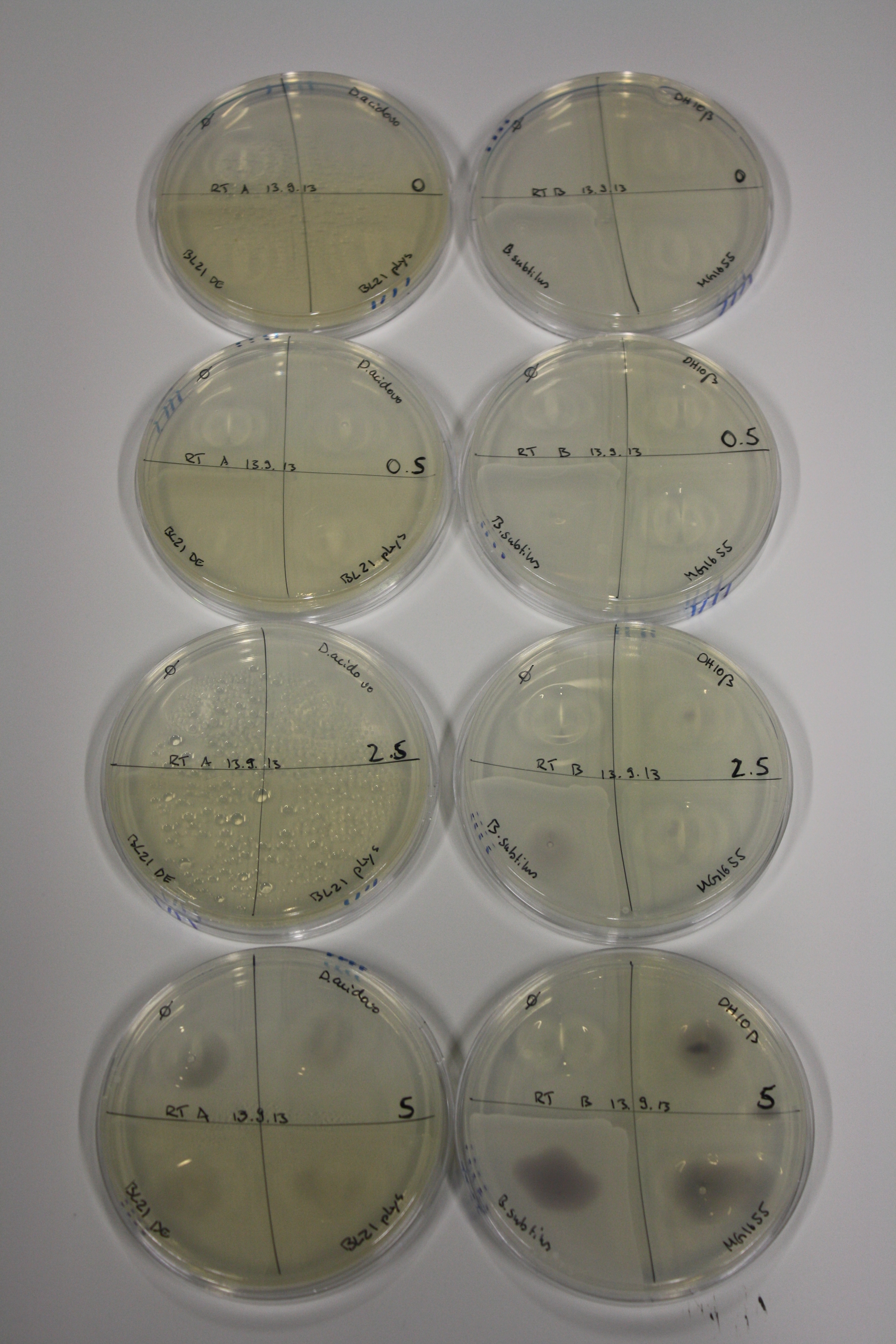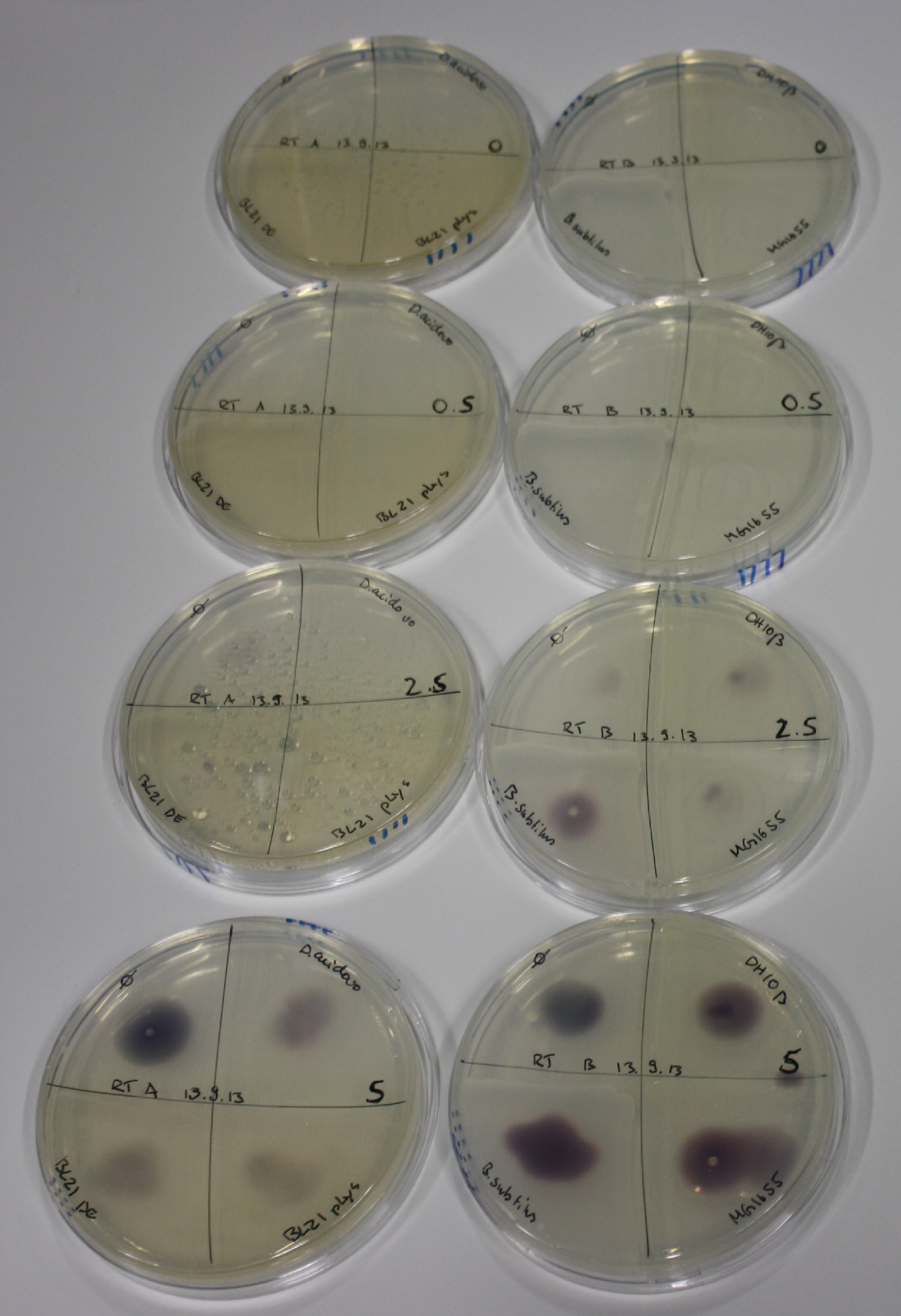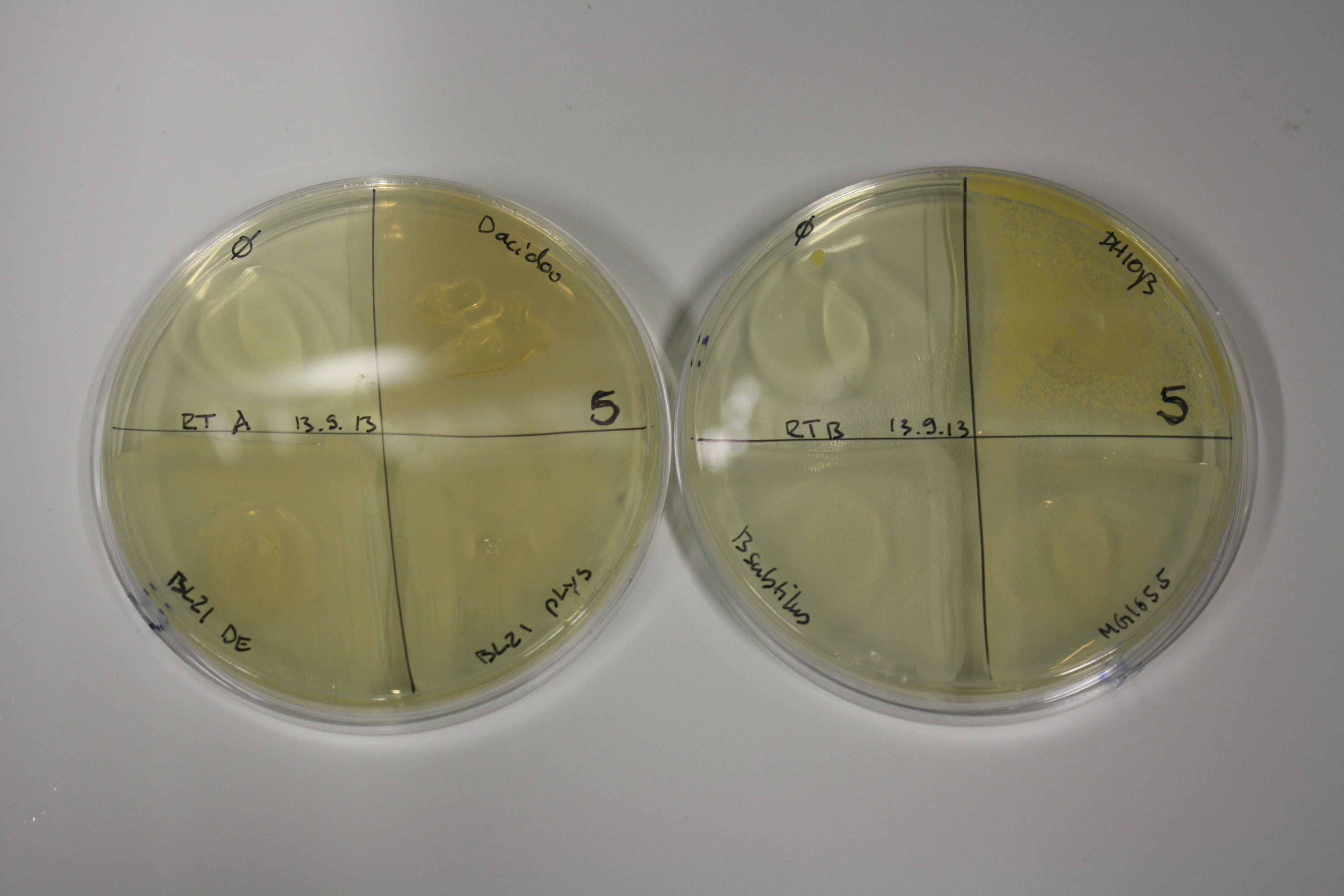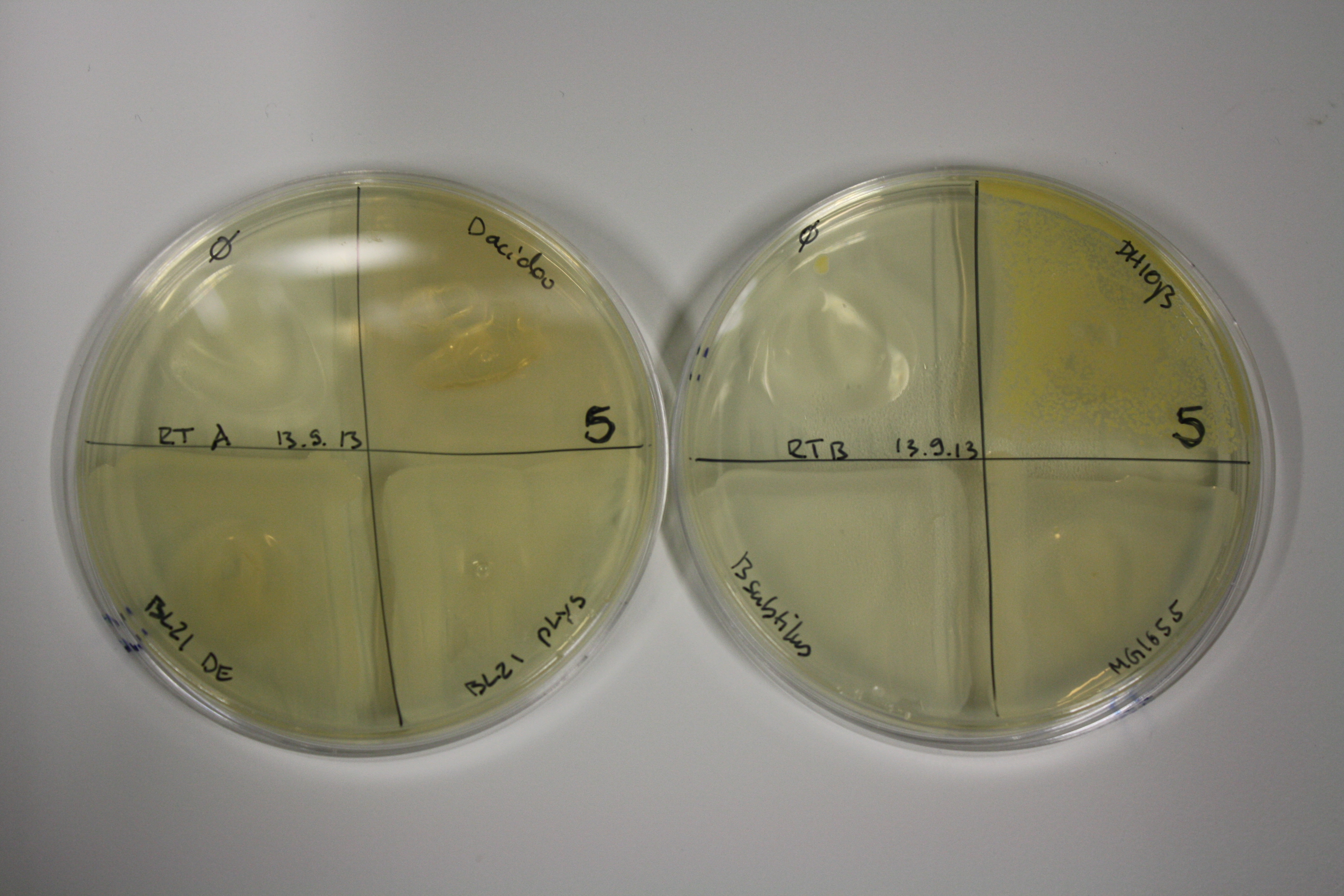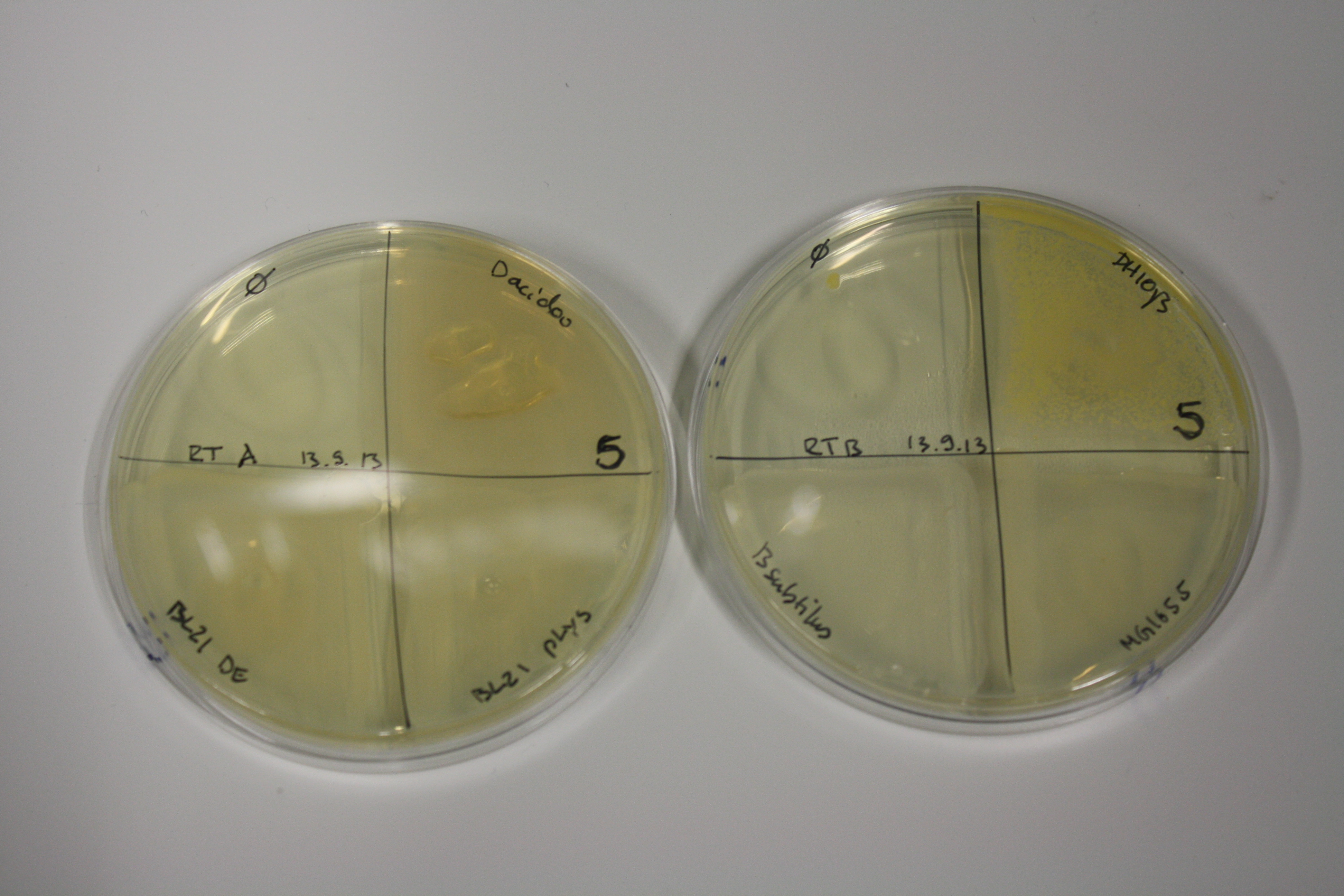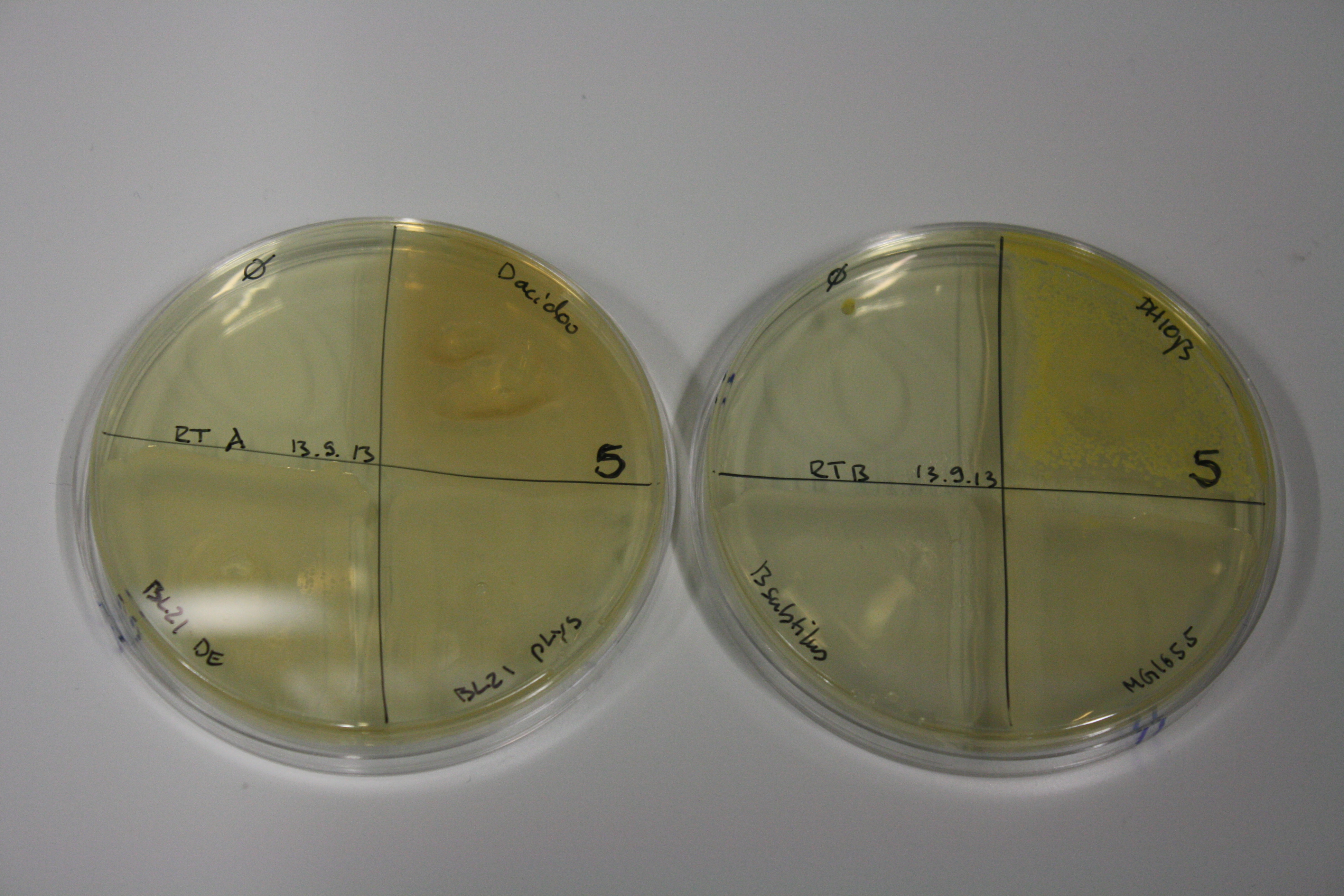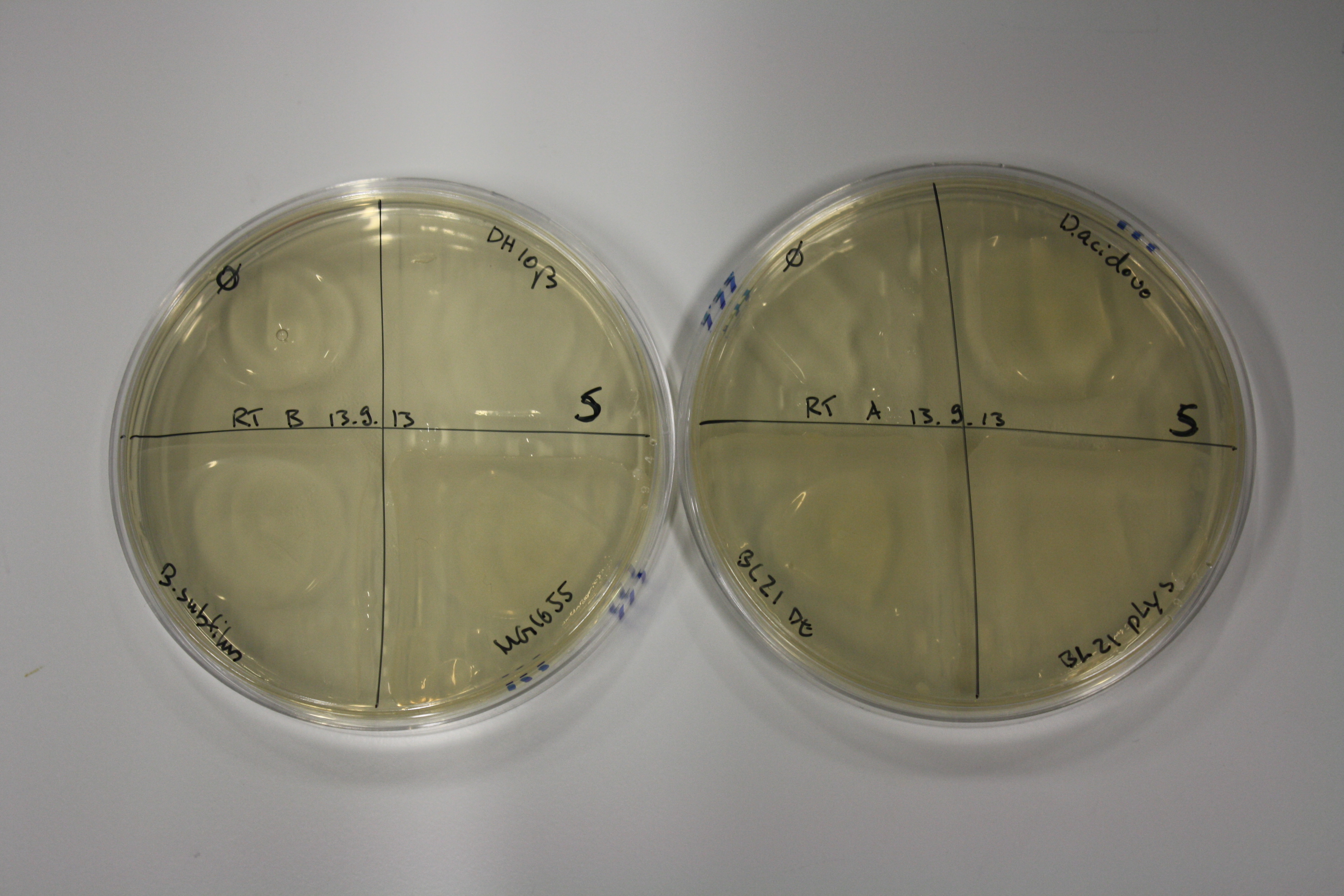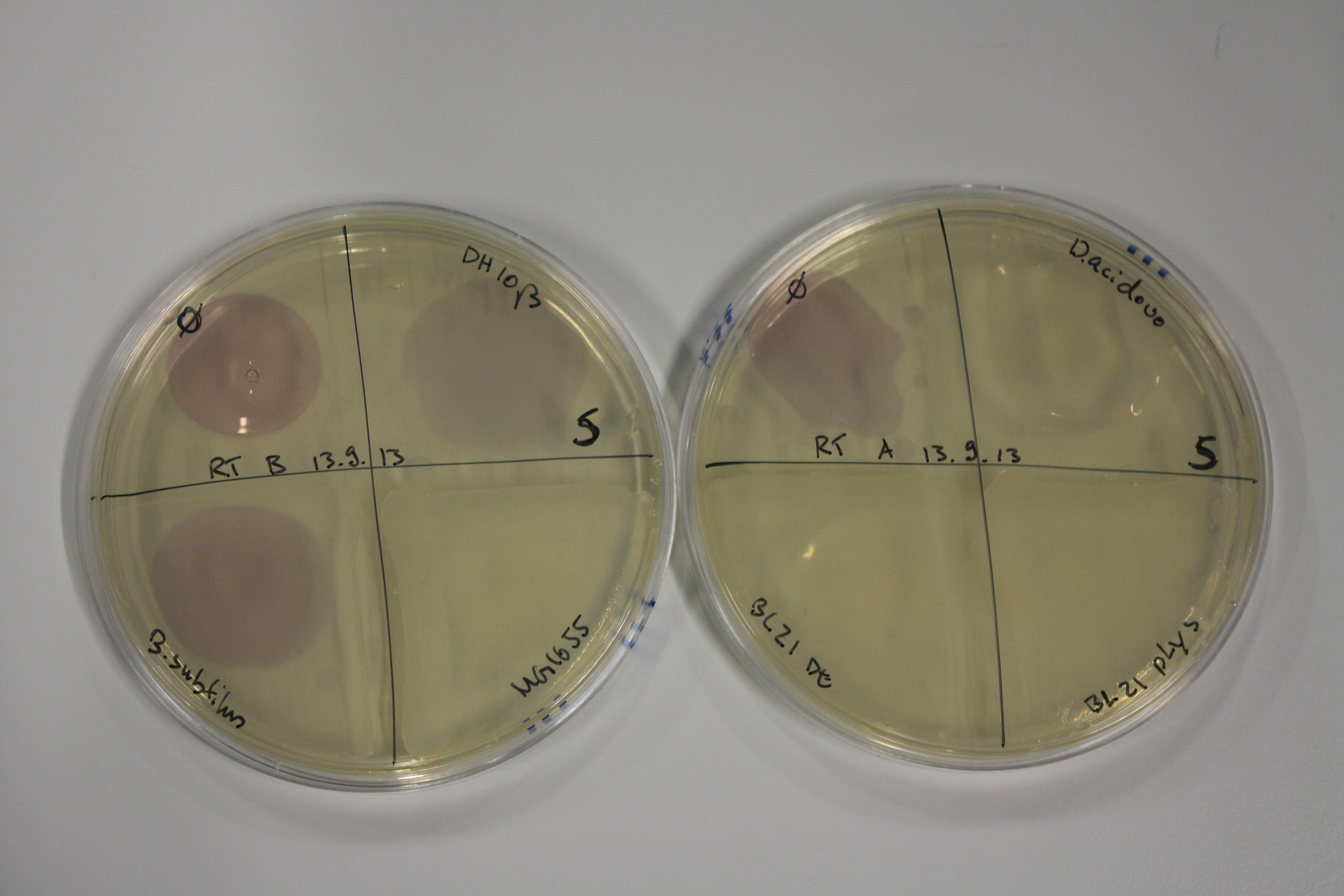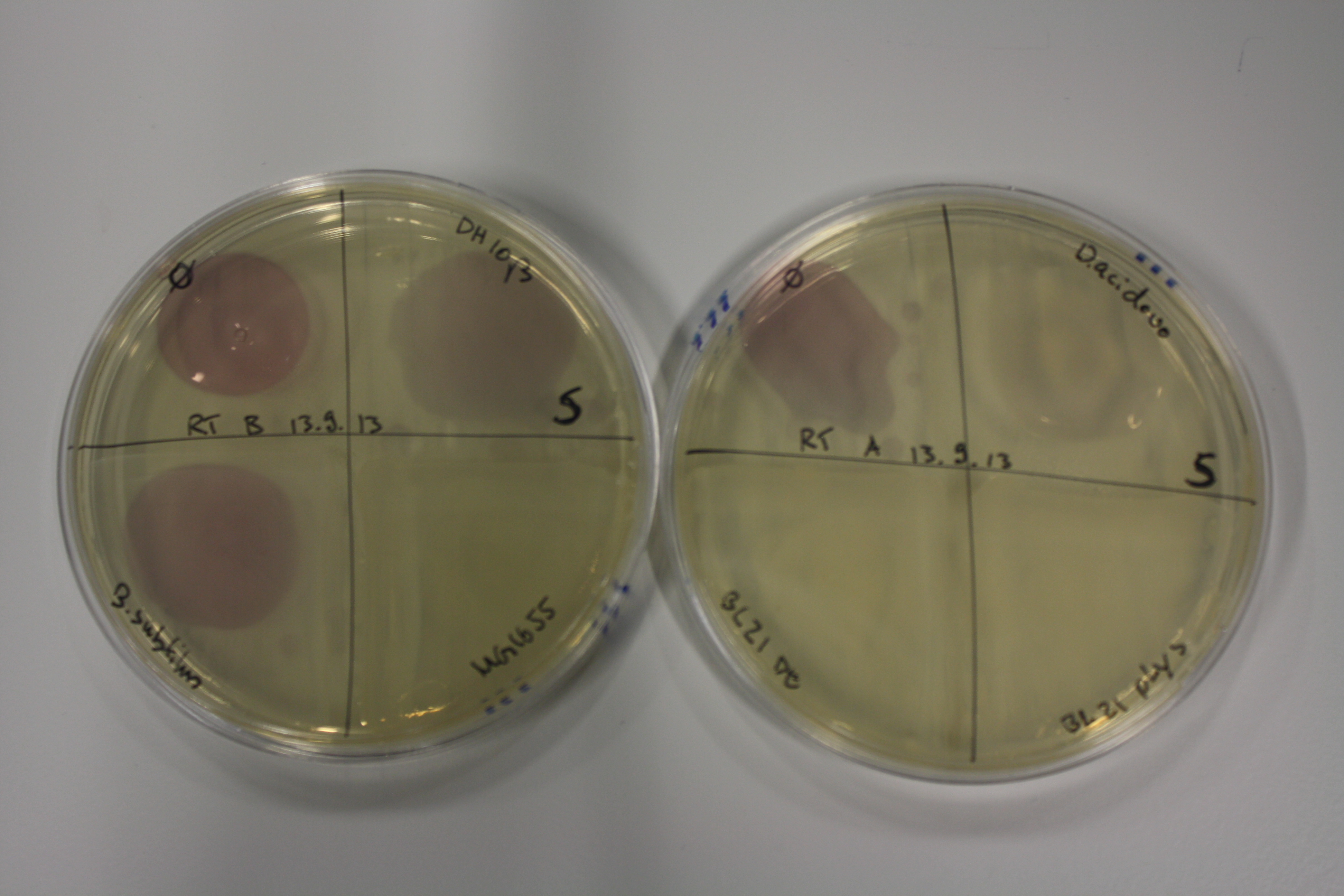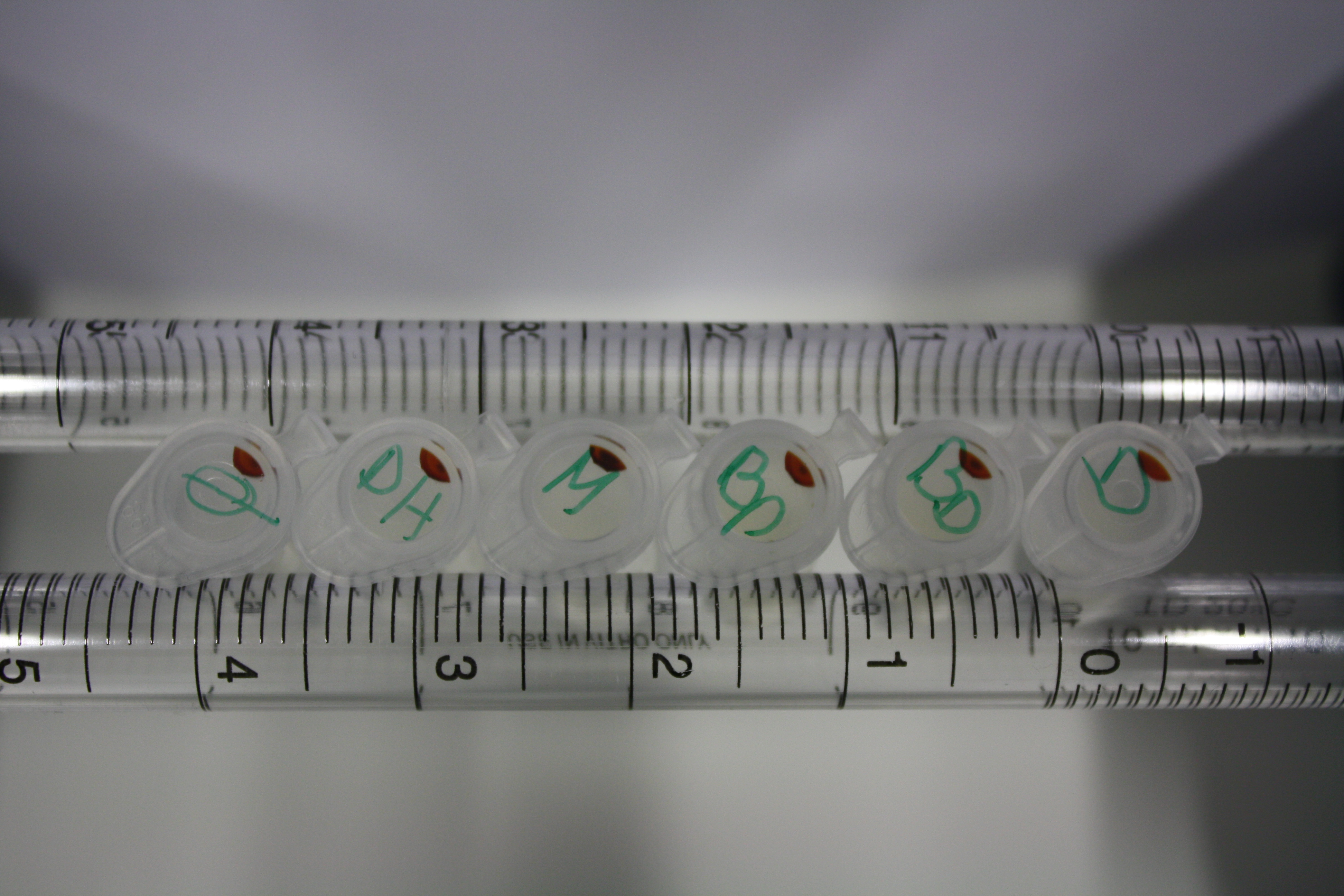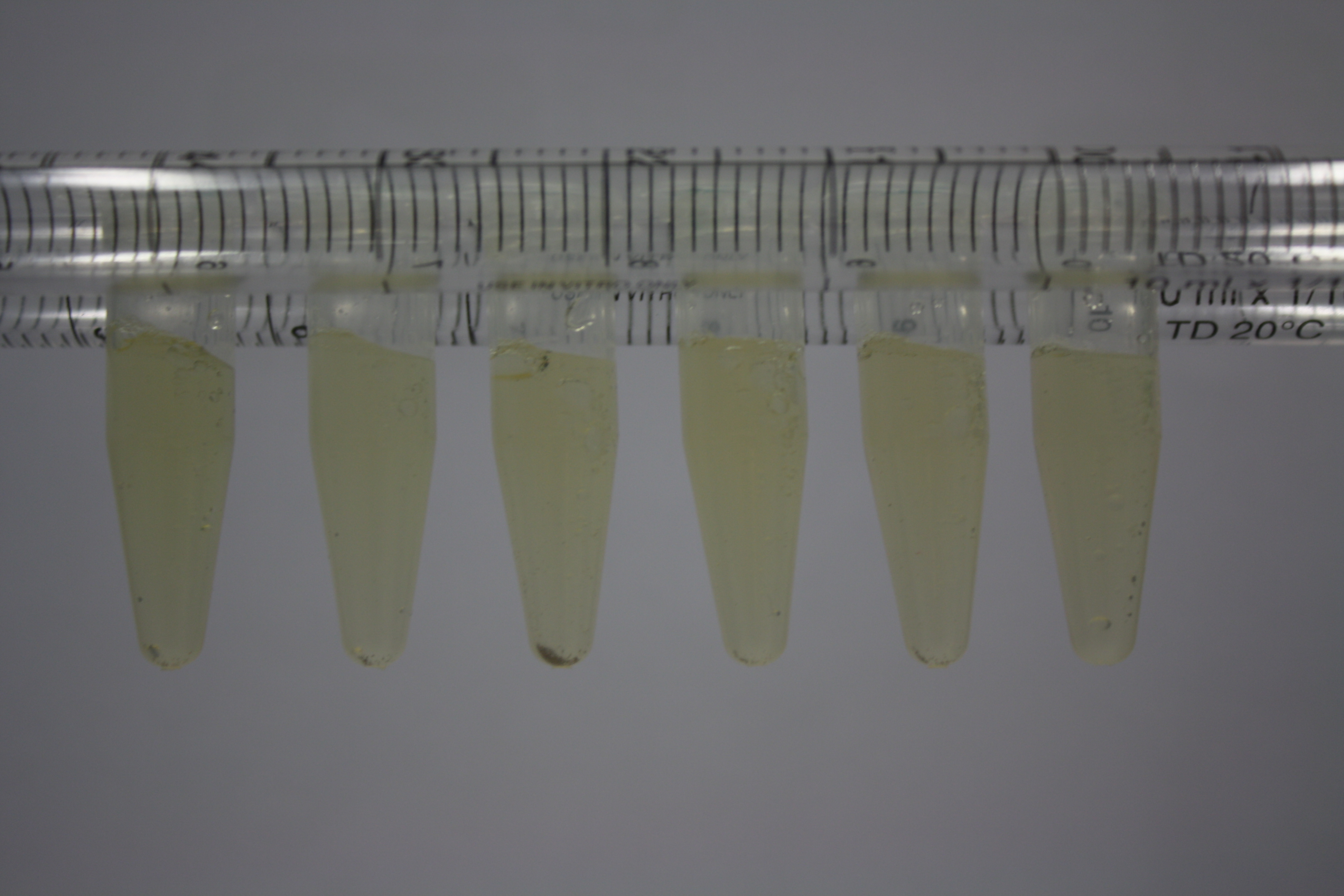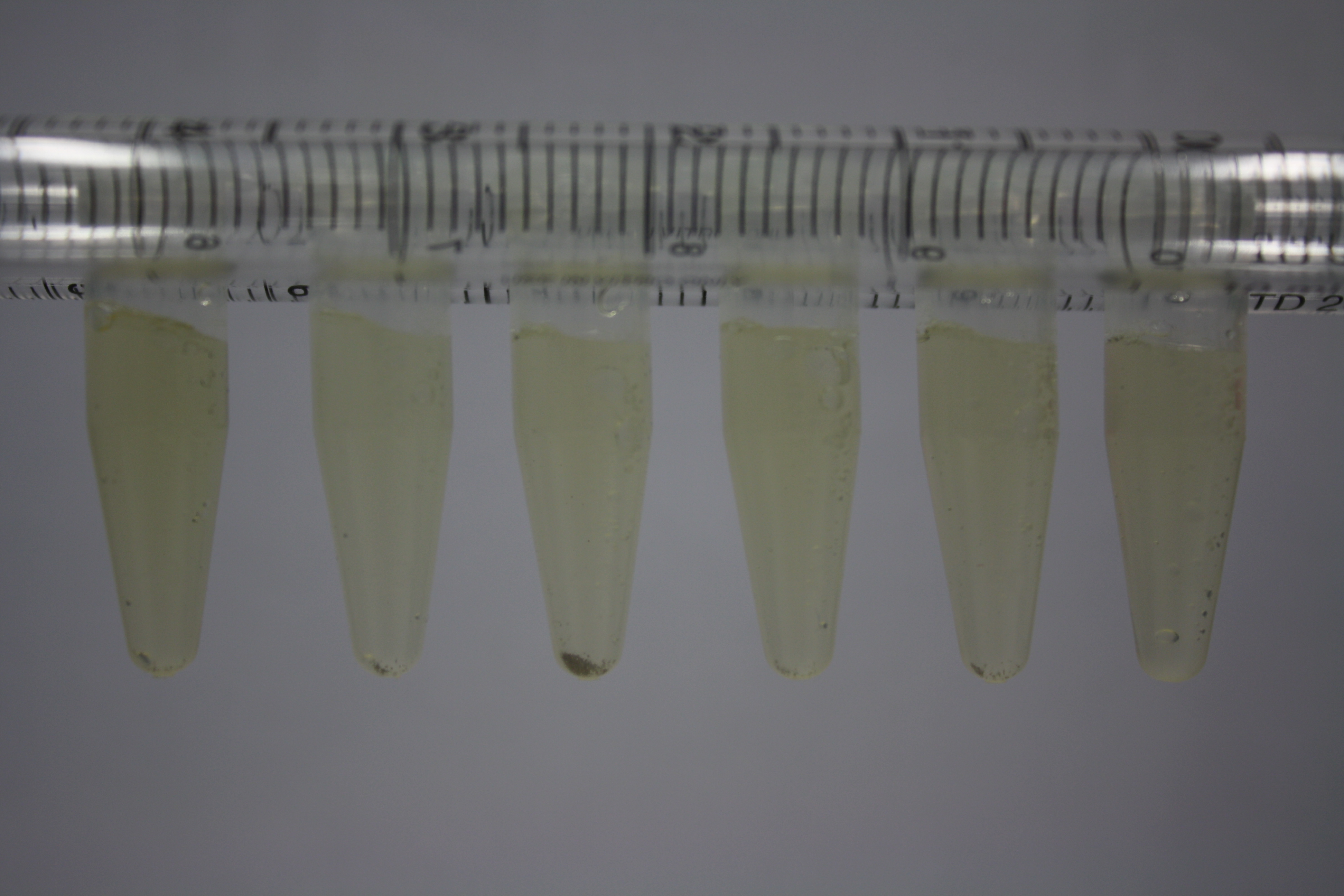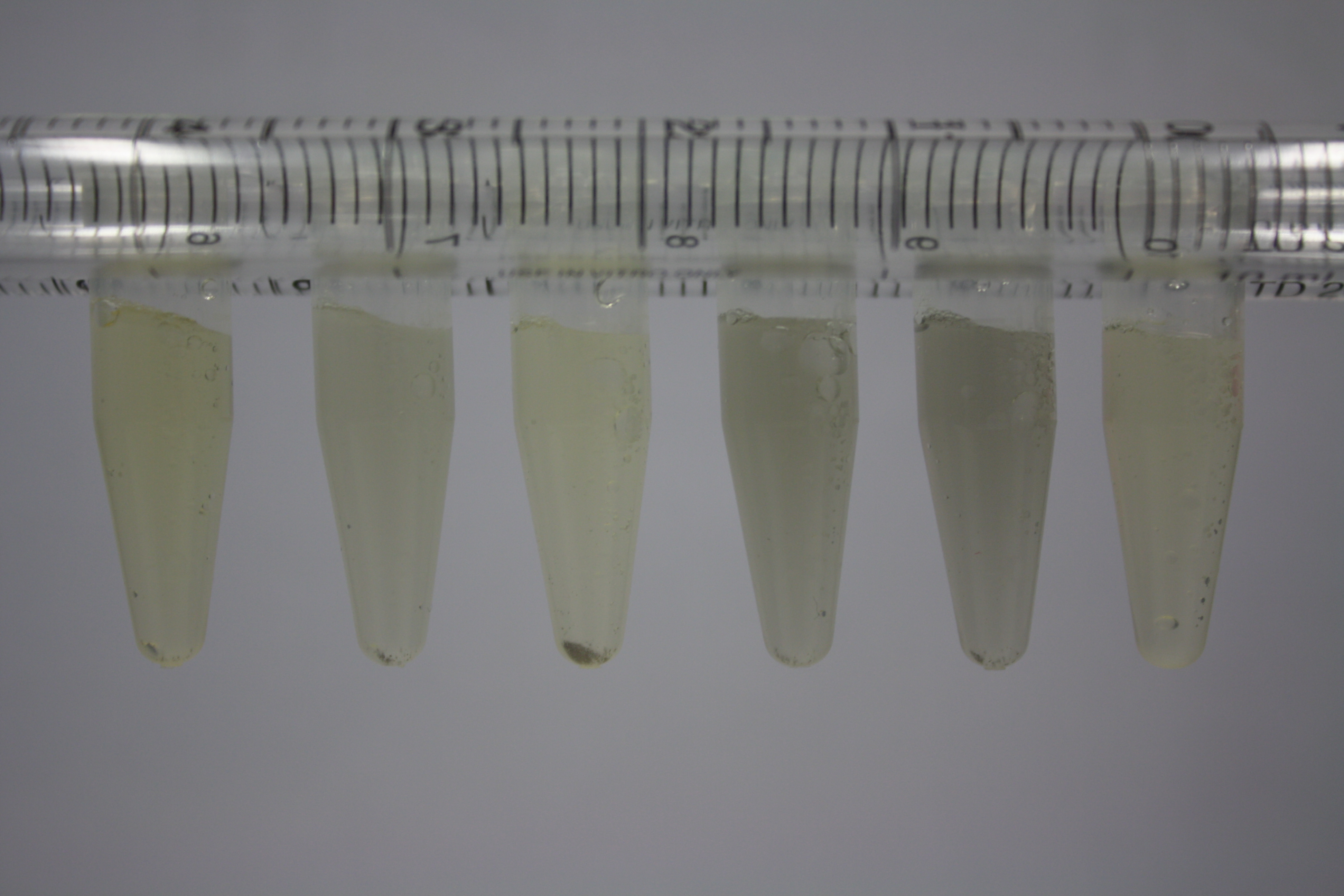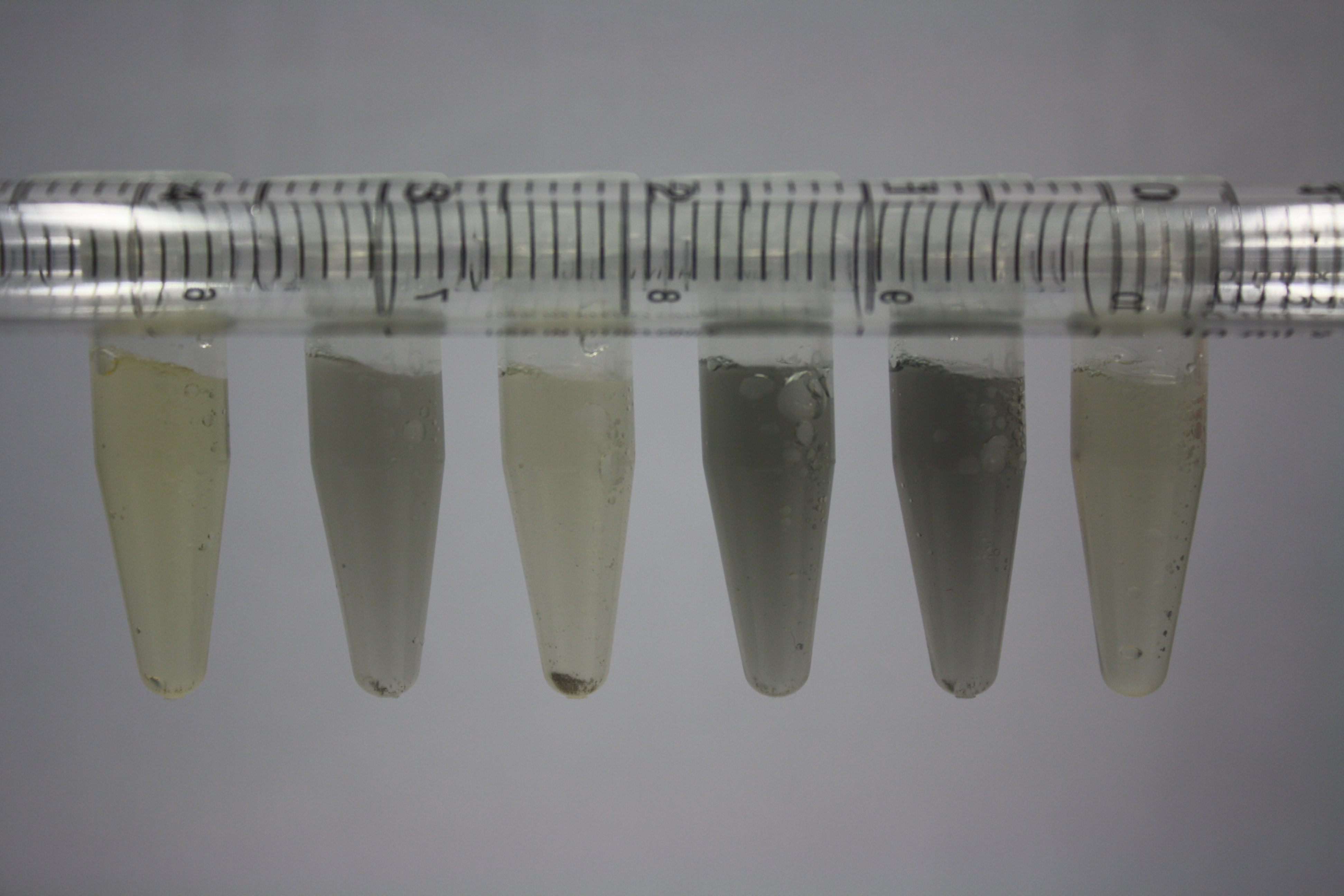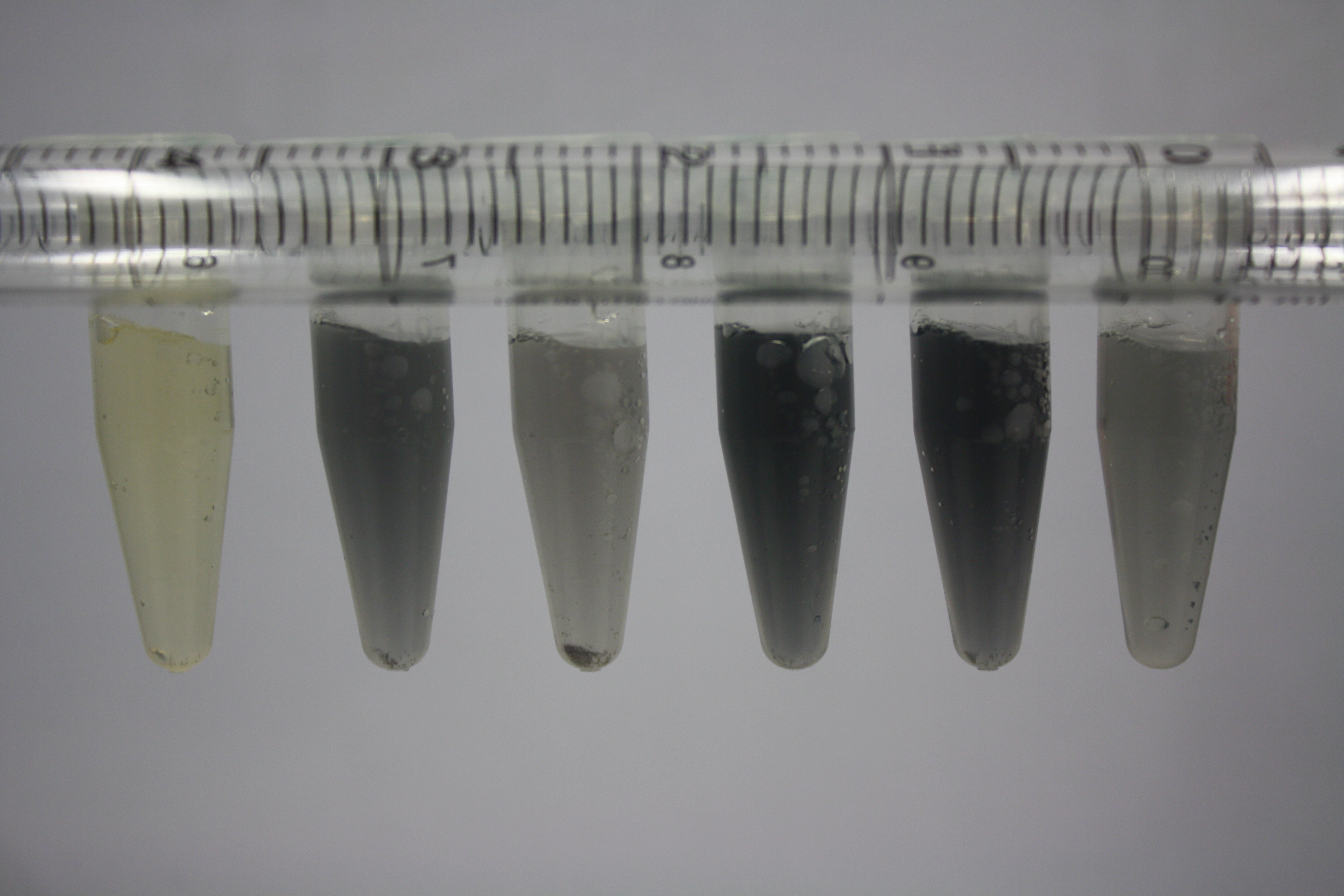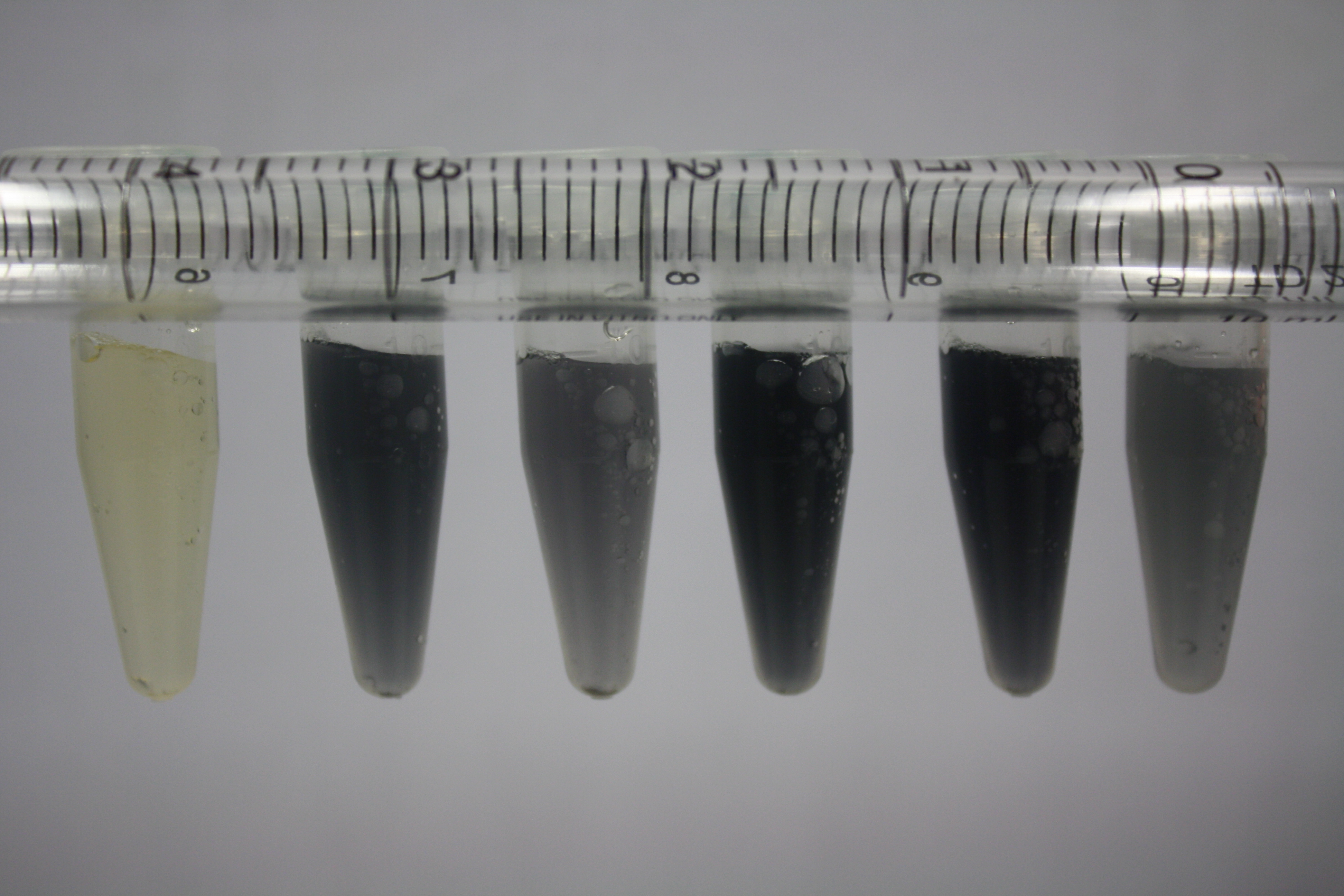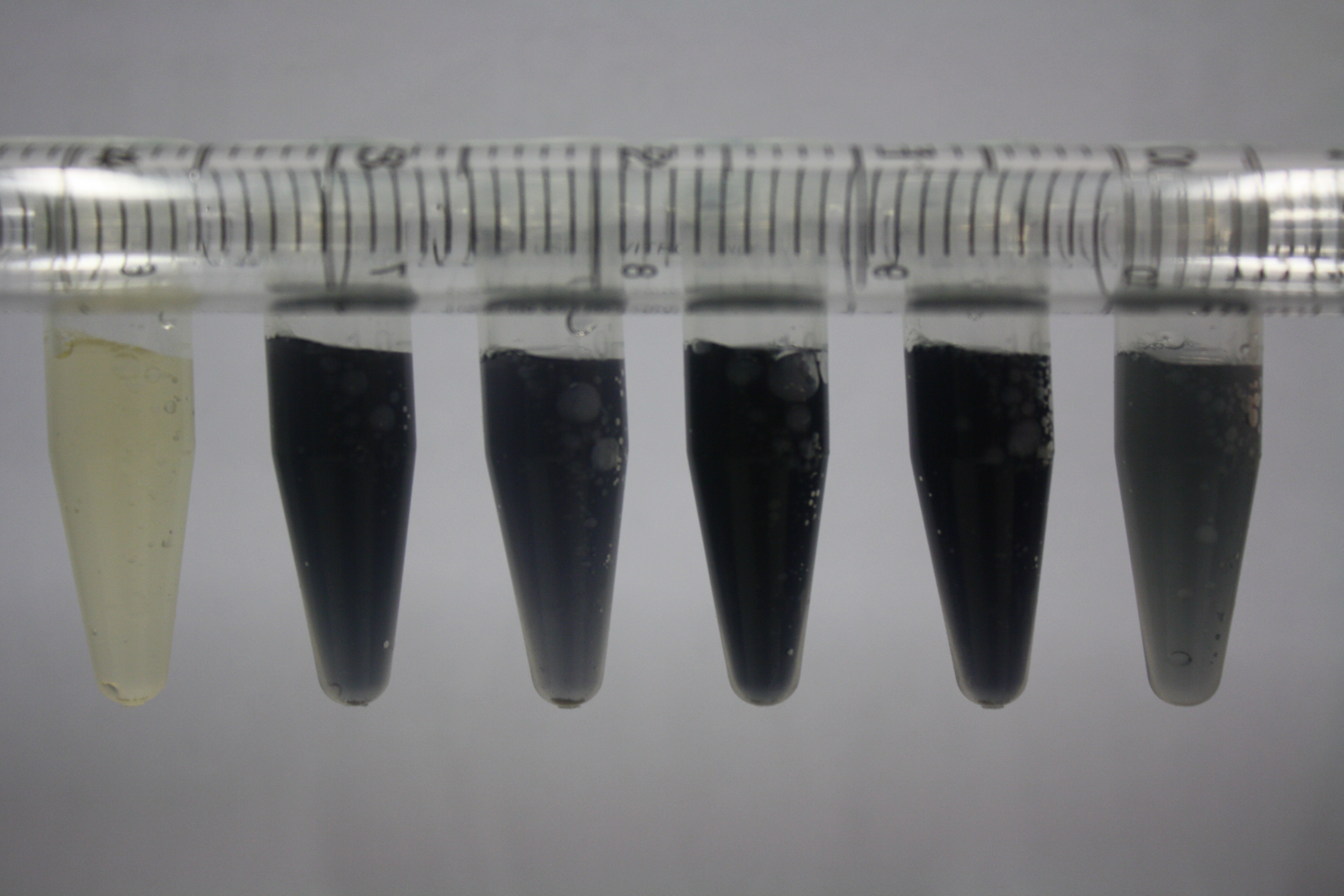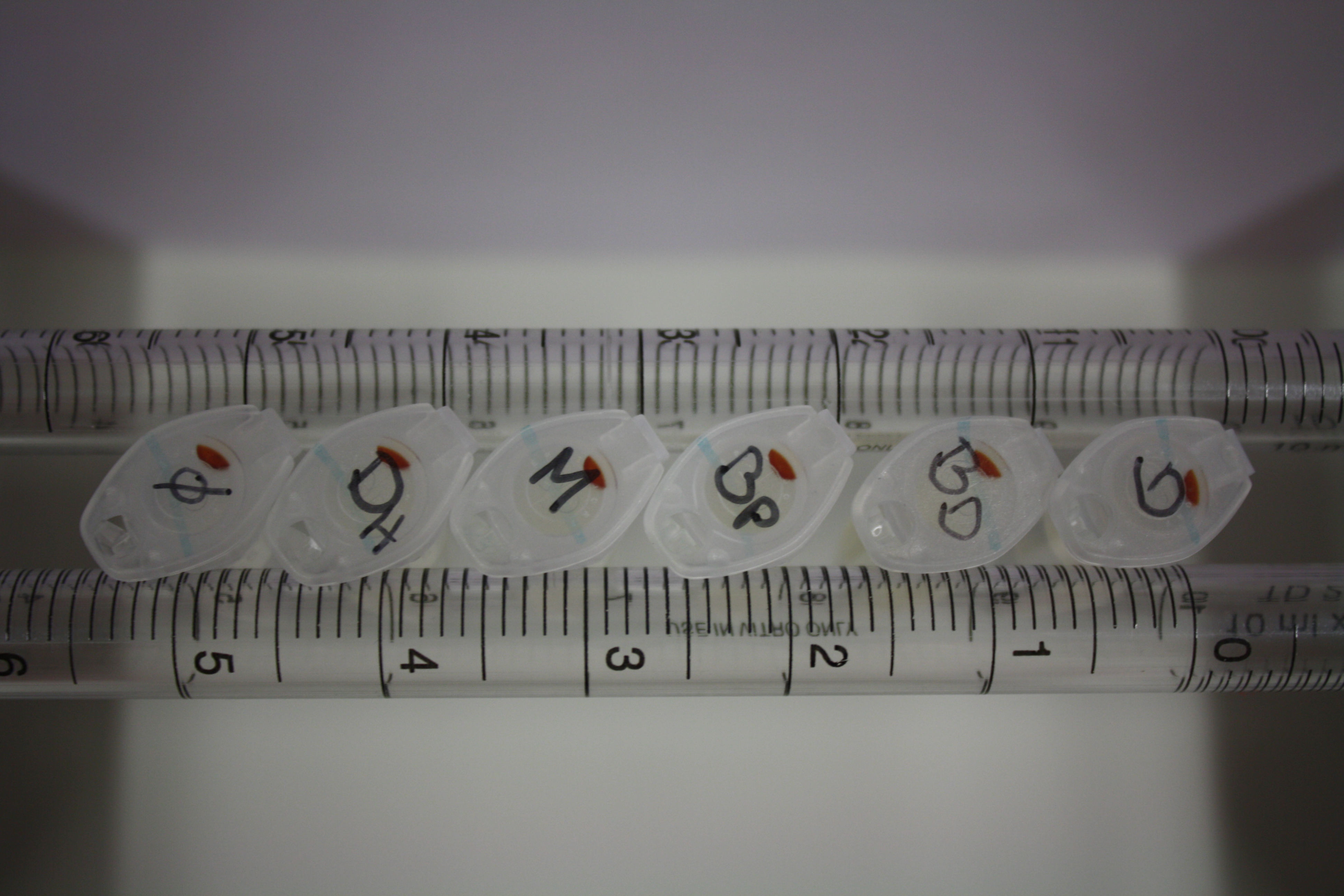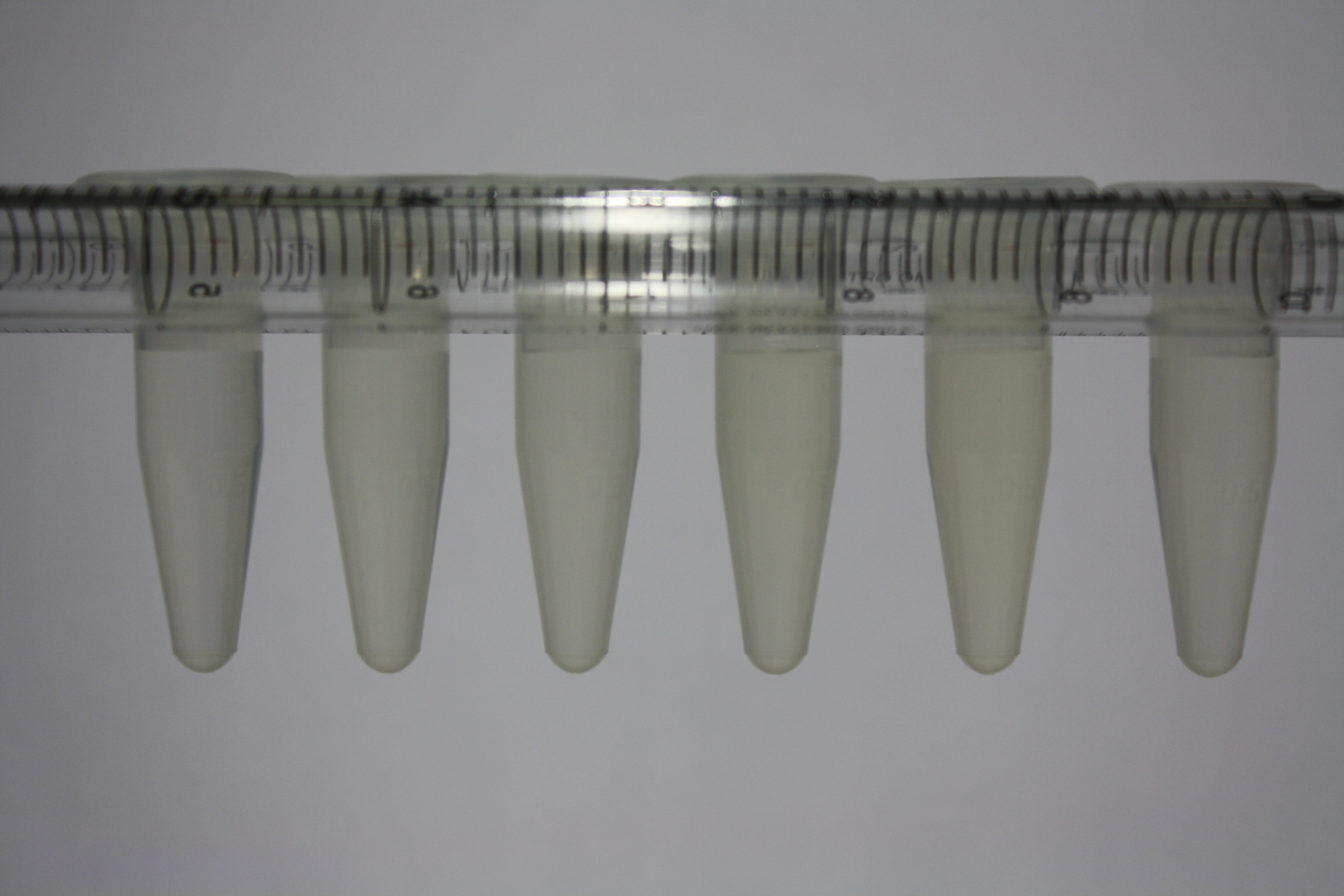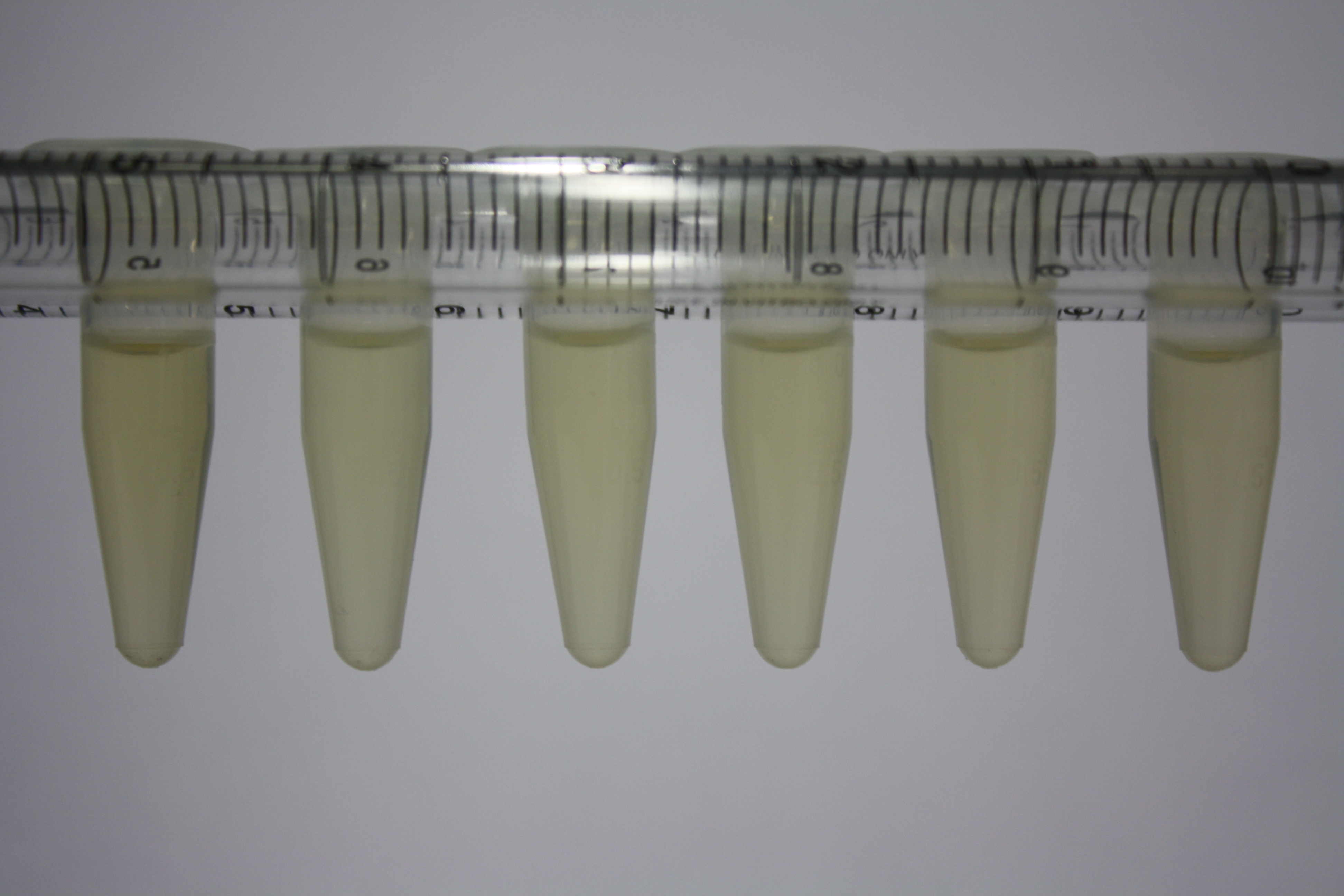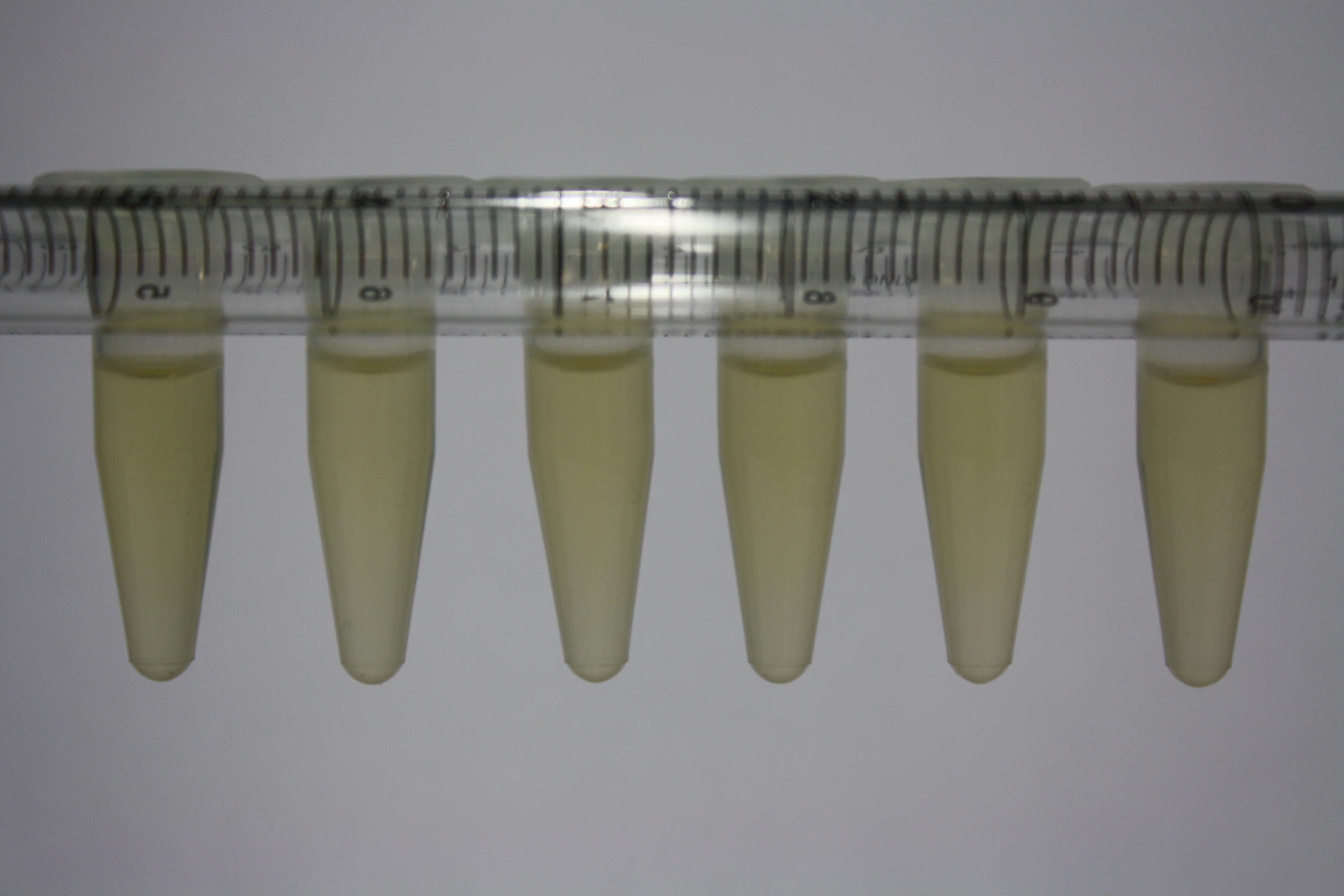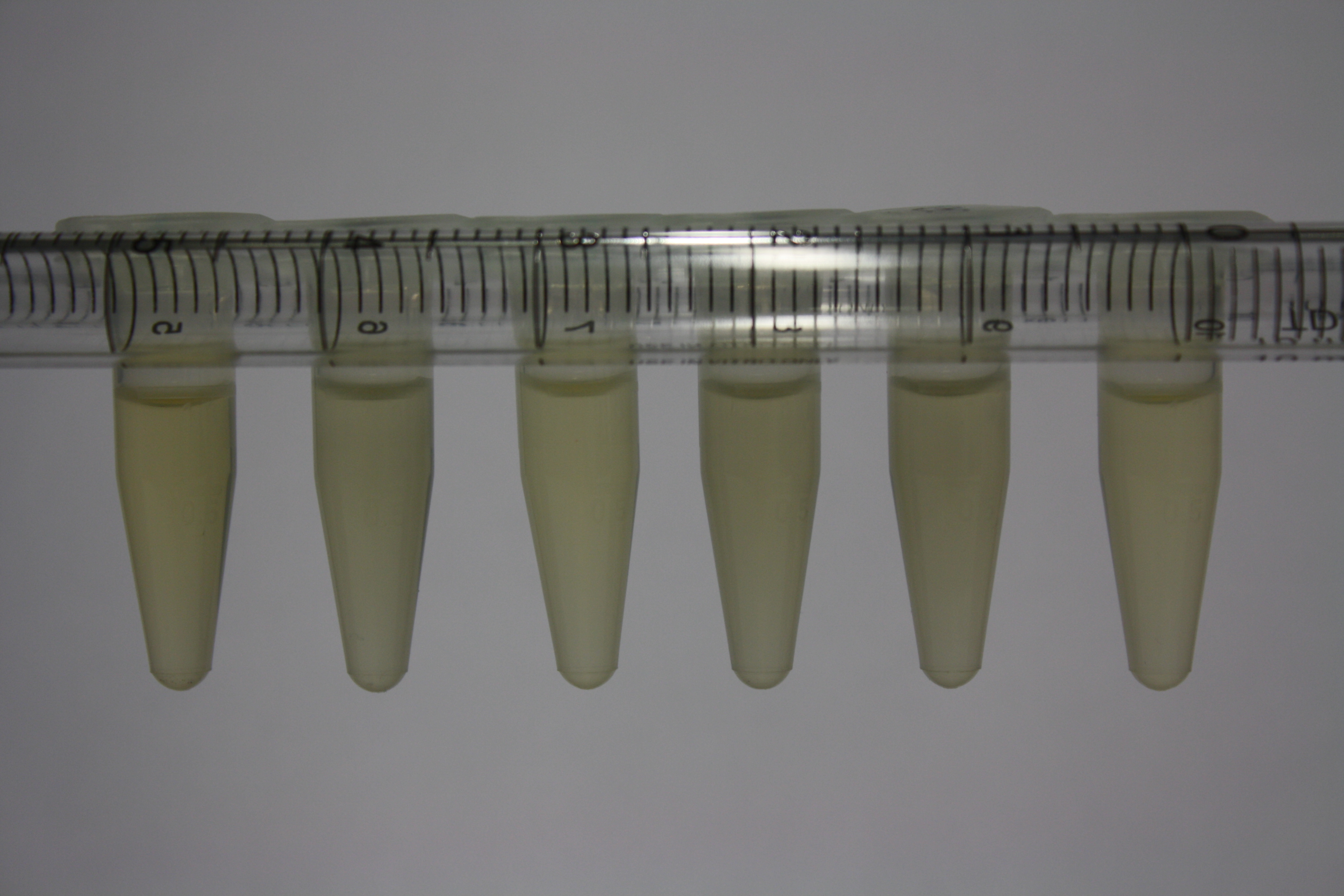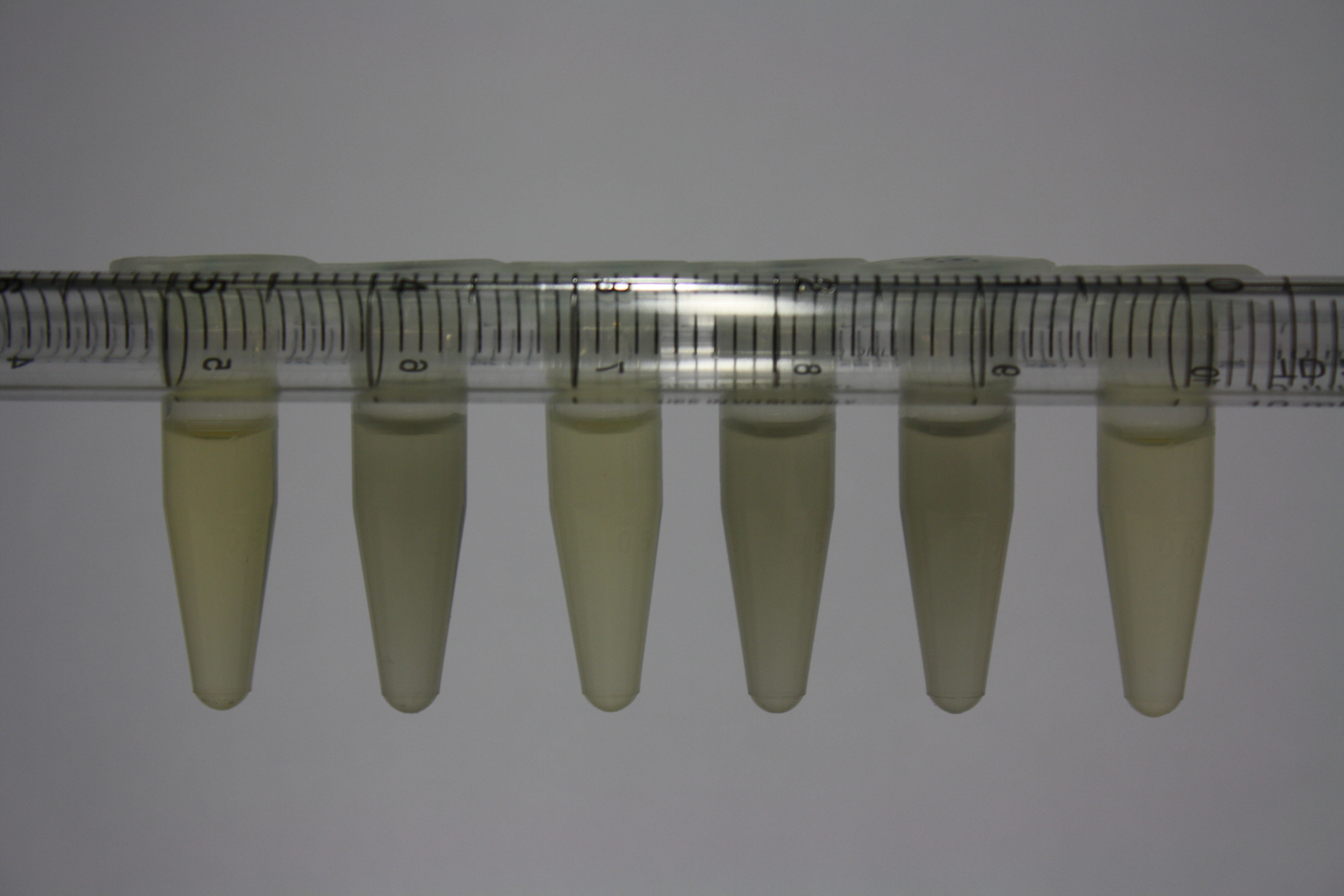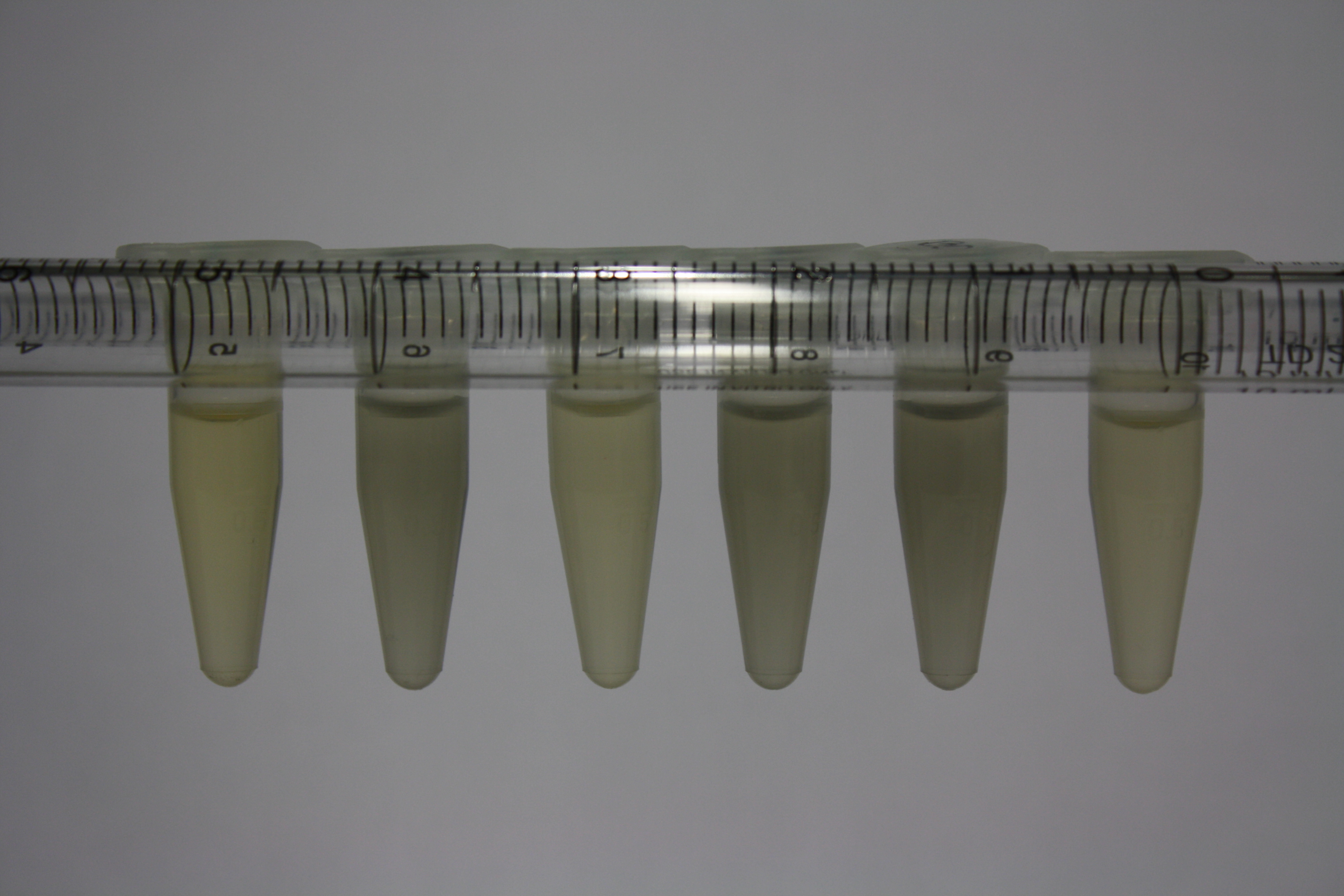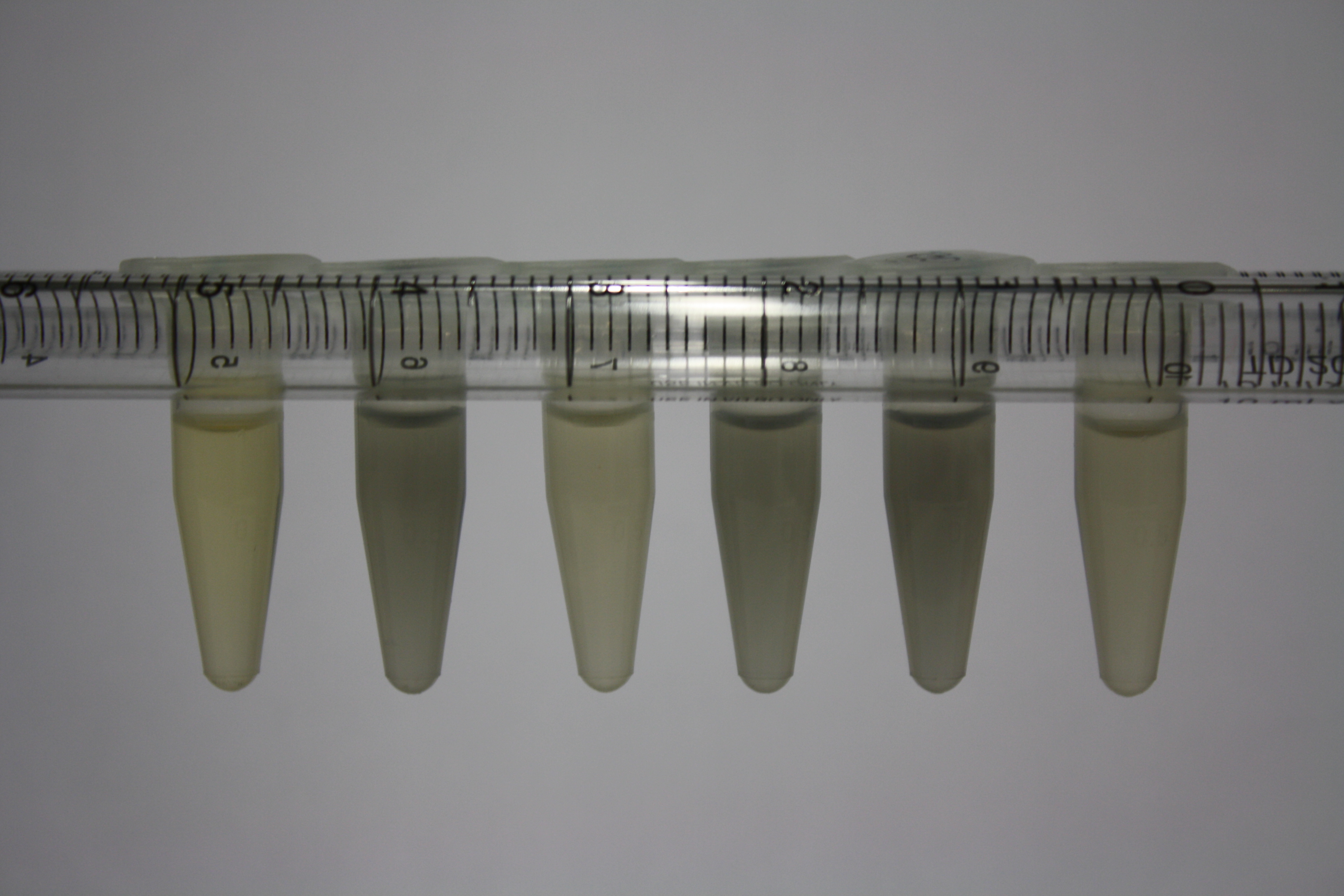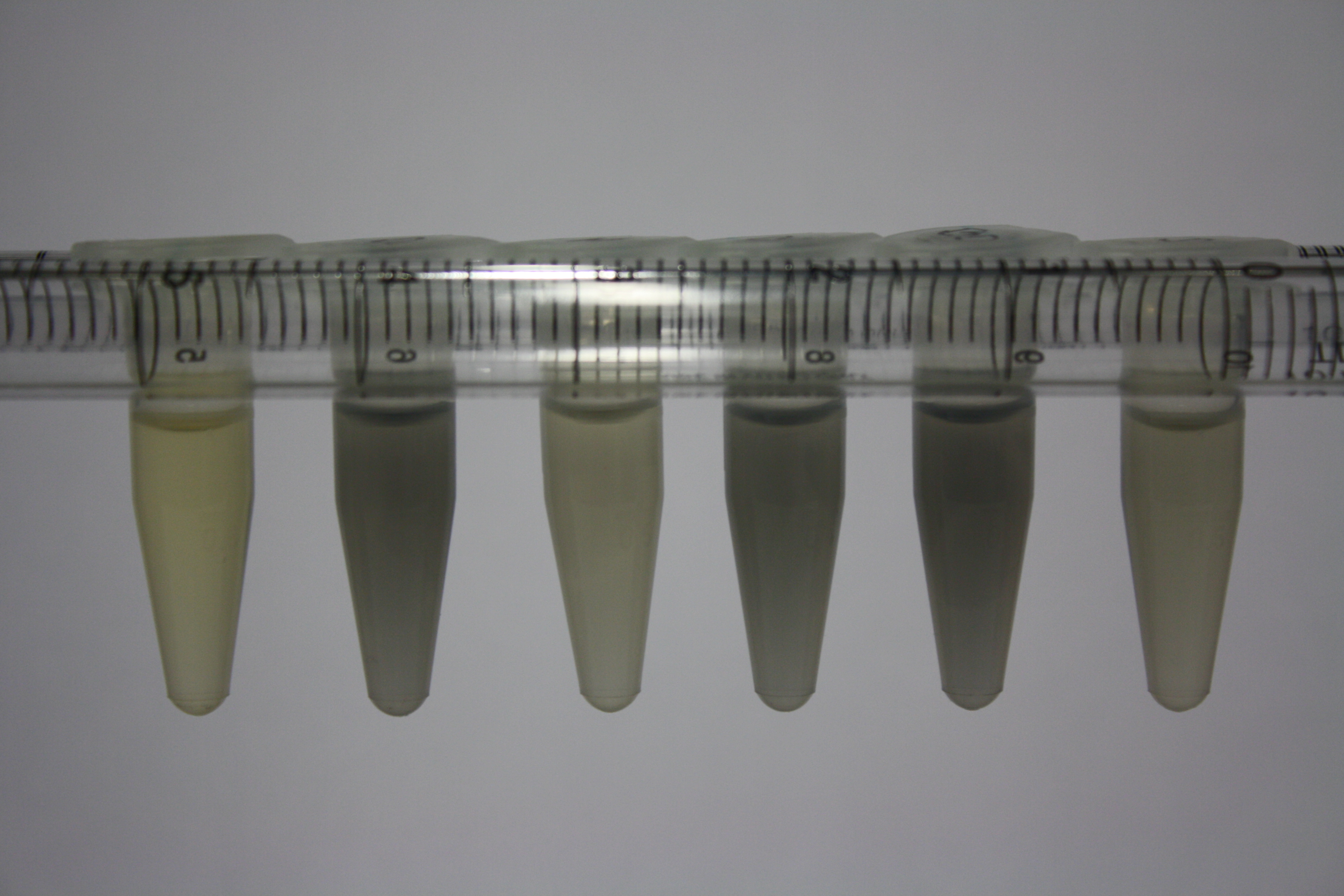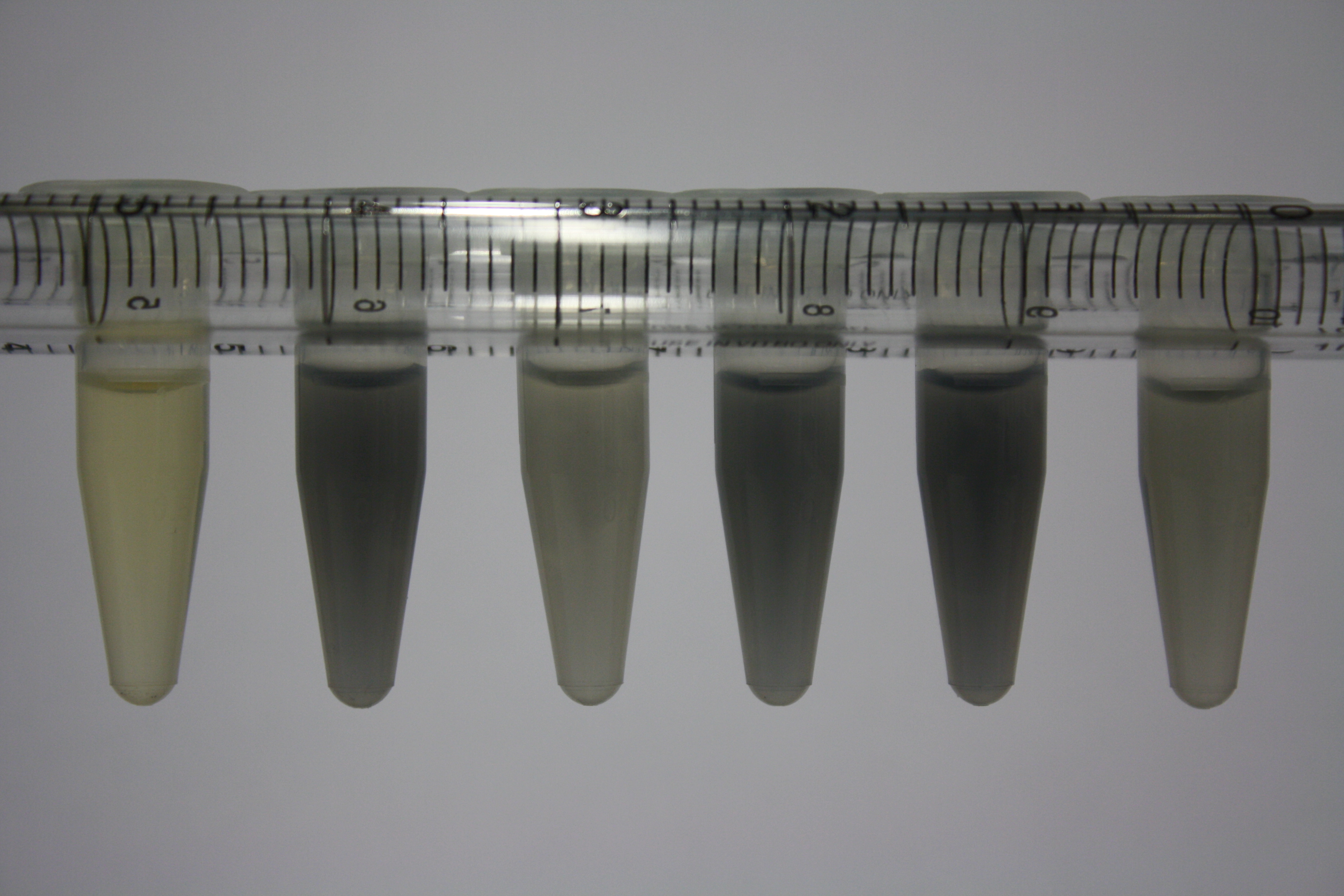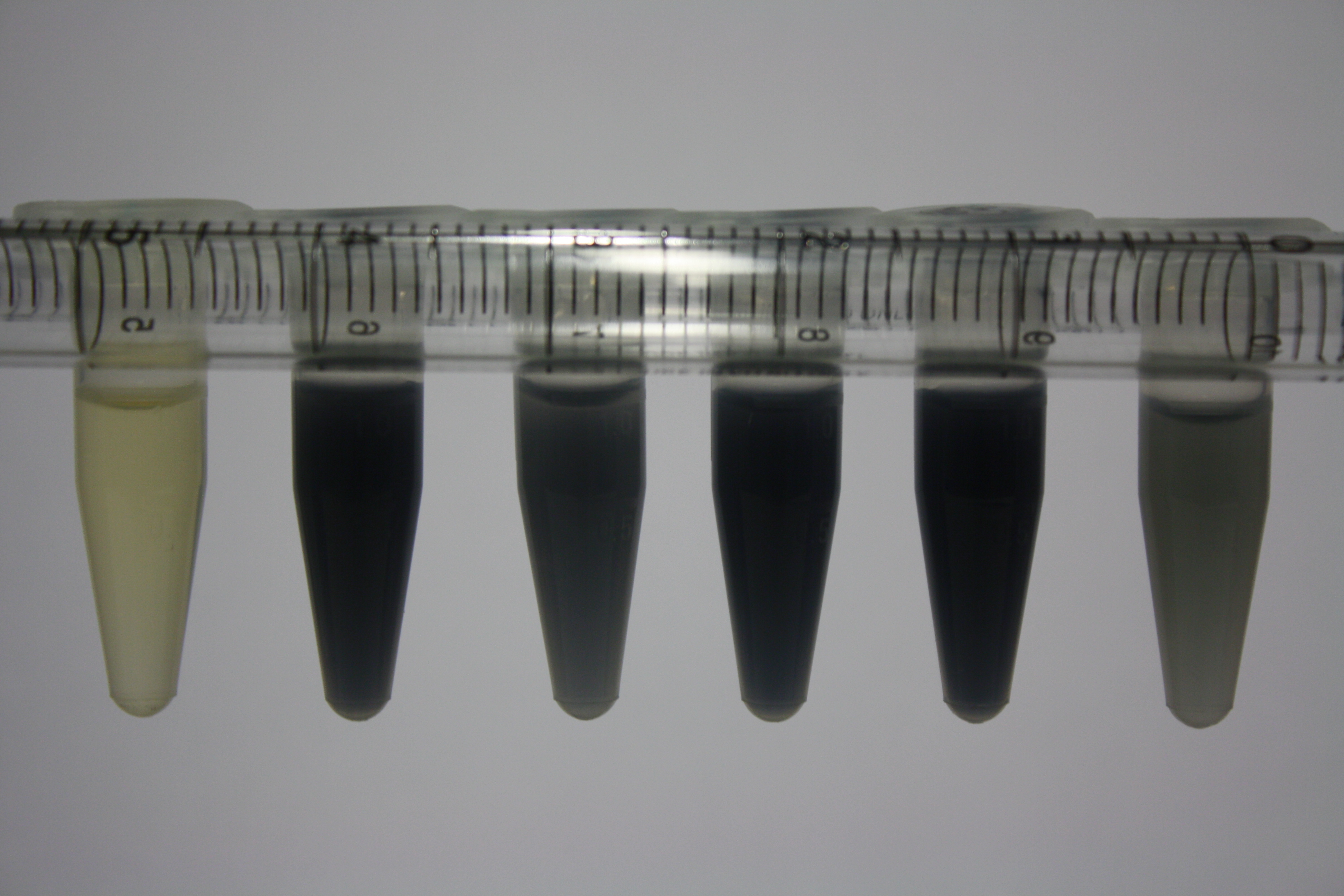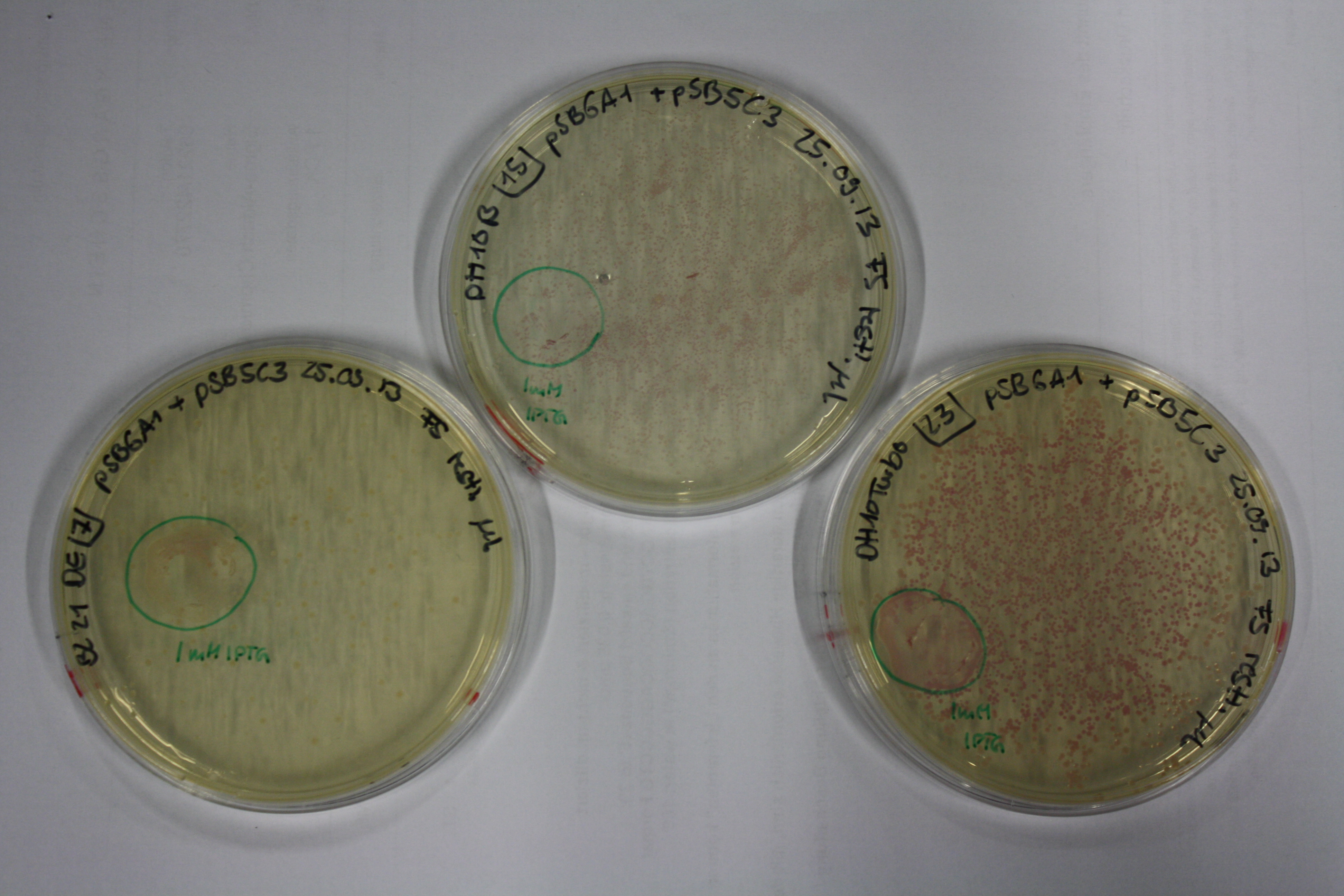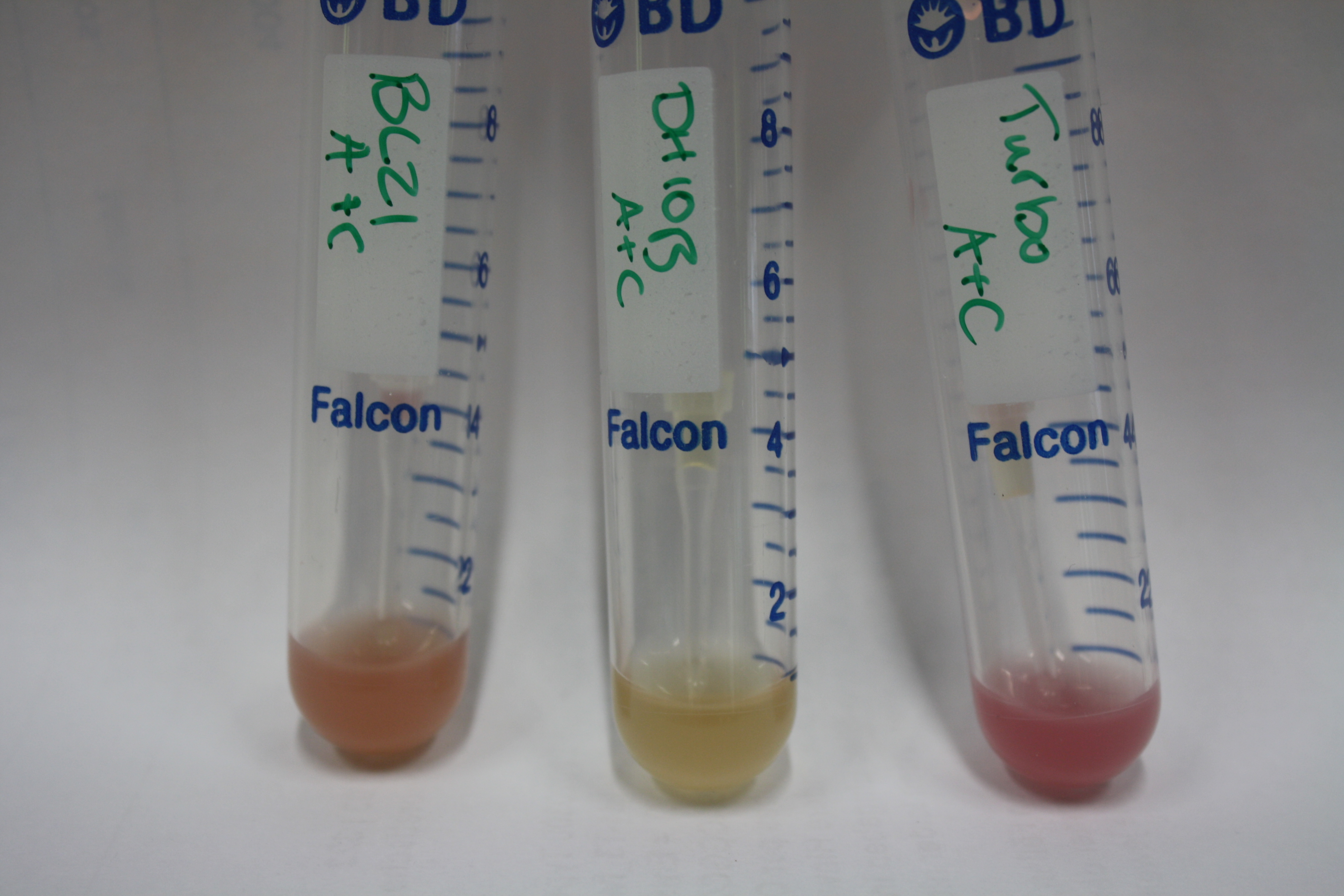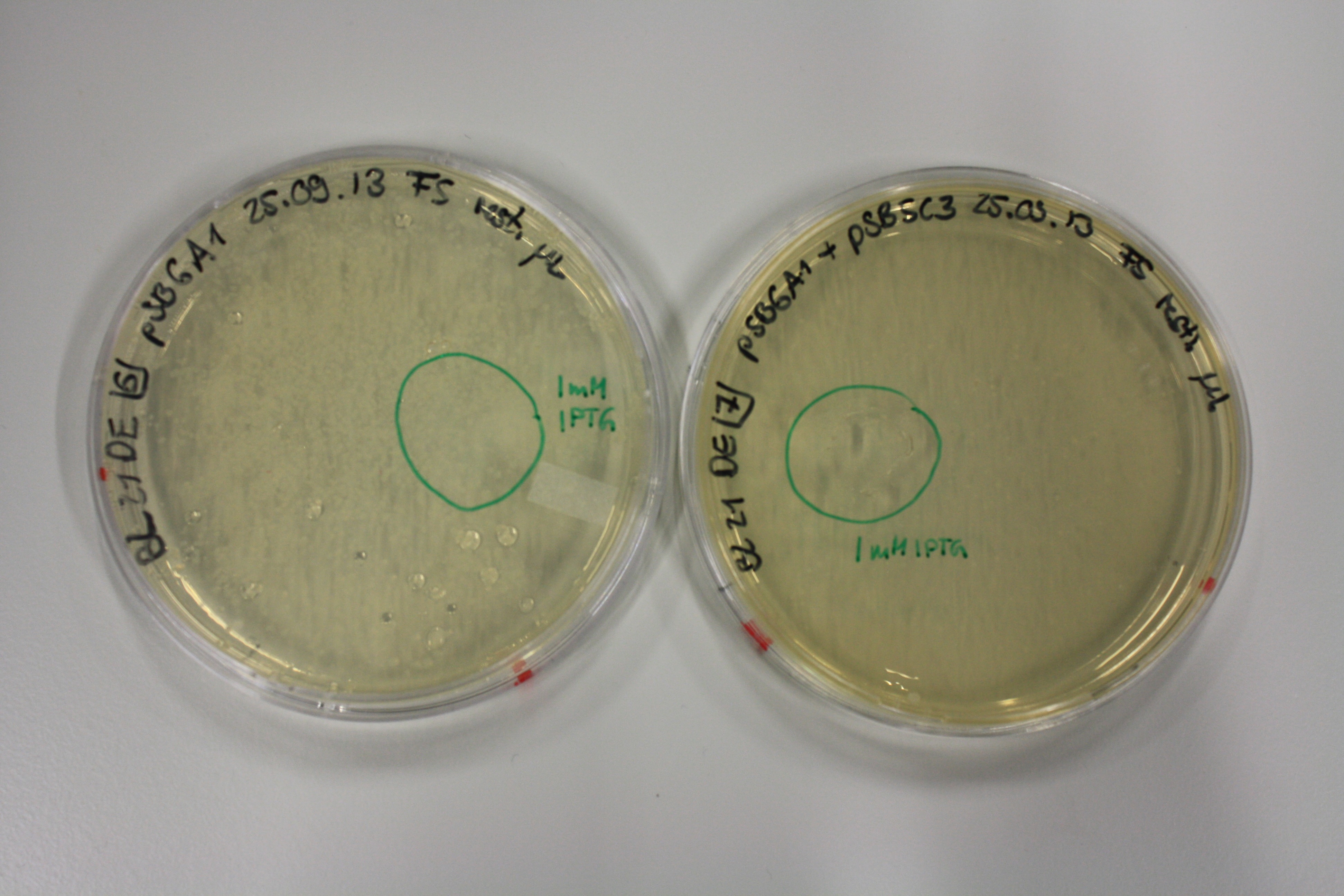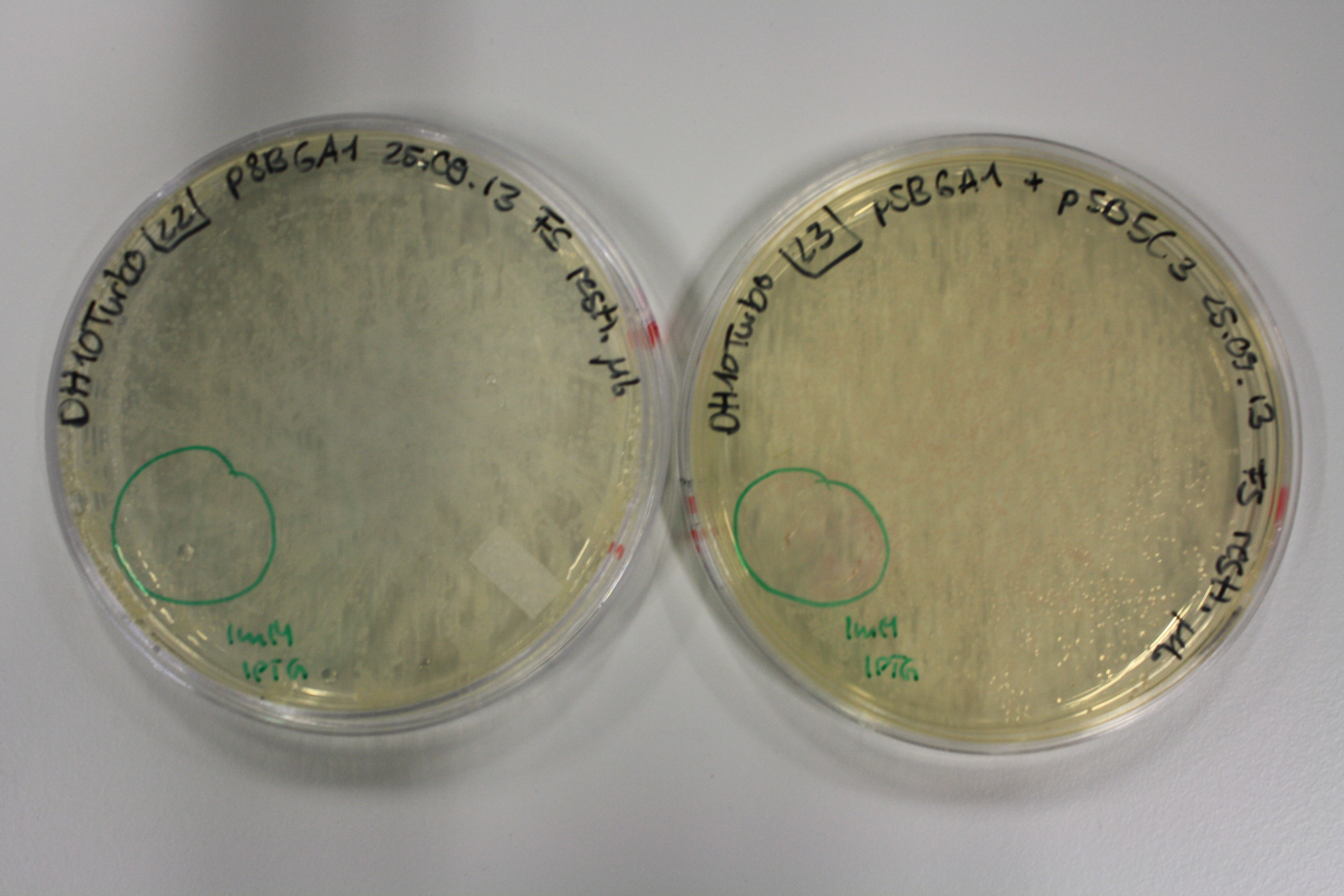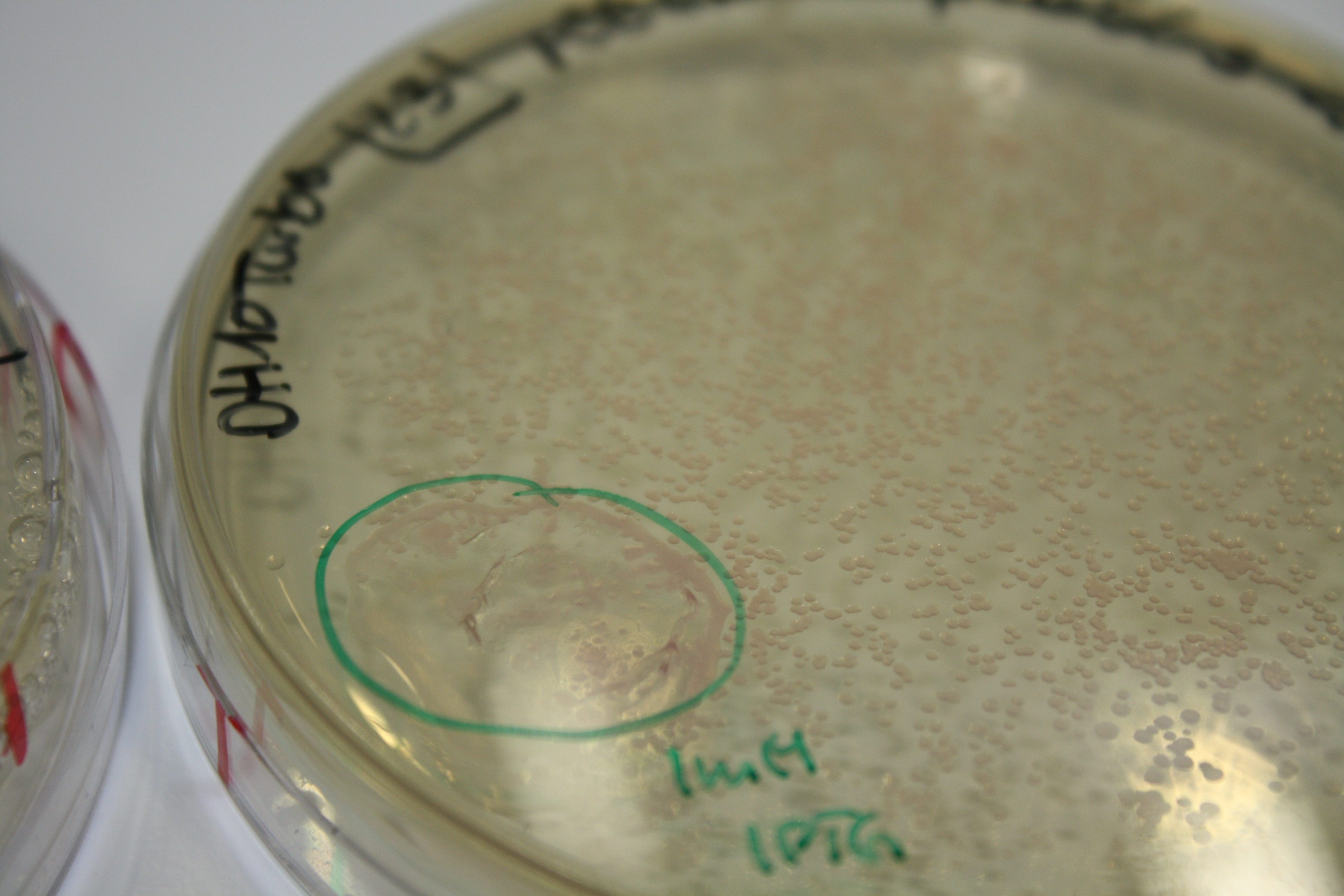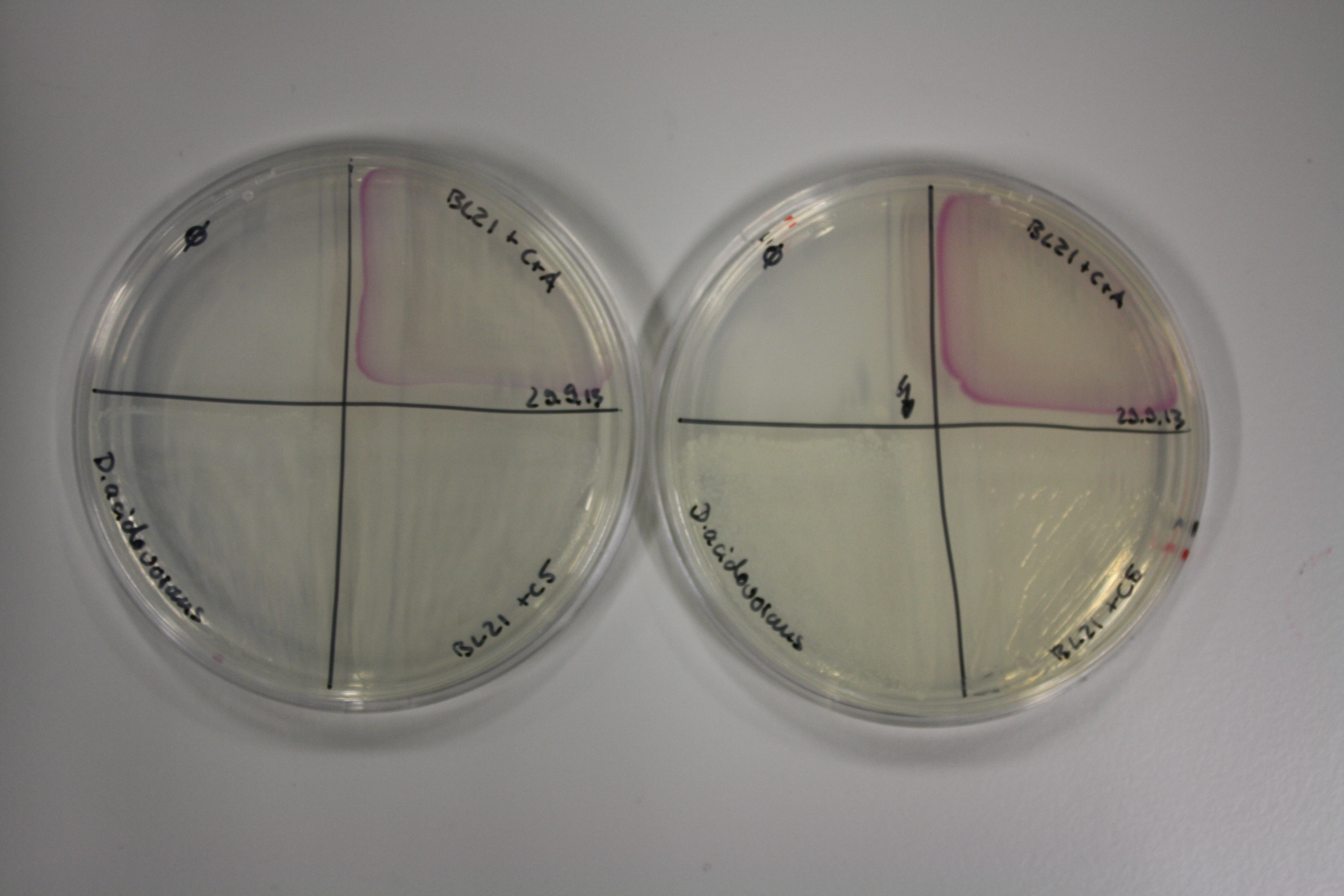Team:Heidelberg/Delftibactin/Delftibactin
From 2013.igem.org
(Difference between revisions)
| (15 intermediate revisions not shown) | |||
| Line 17: | Line 17: | ||
<div style="margin-top:10%;"> | <div style="margin-top:10%;"> | ||
<h1><span style="font-size:180%;color:#FFCC00;">Delftibactin.</span><span class="text-muted" style="font-size:120%"> Bringing it all together.</span></h1> | <h1><span style="font-size:180%;color:#FFCC00;">Delftibactin.</span><span class="text-muted" style="font-size:120%"> Bringing it all together.</span></h1> | ||
| - | <p style="font-size:14px"> | + | <p style="font-size:14px">Let's explore the vision to recycle gold from electronic waste using recombinantly expressed delftibactin.</p> |
</div> | </div> | ||
<div class="row"> | <div class="row"> | ||
| Line 58: | Line 58: | ||
<p style="font-size:10pt; text-align:justify; position:relative; margin-left:6%;"> | <p style="font-size:10pt; text-align:justify; position:relative; margin-left:6%;"> | ||
| - | We obtained D. acidovorans DSM-39 from the DSMZ and successfully reproduced the paper of Johnsson et al. D. acidovorans is capable to precipitate solid gold from gold chloride solution as purple-black nanoparticles. Already at low concentrations of gold chloride, gold nonaparticles are precipitated increasing with concentration of gold chloride in solution. In our experiments, precipitation on agar plates worked even better than described in the paper. | + | We obtained <i>D. acidovorans</i> DSM-39 from the DSMZ and successfully reproduced the paper of Johnsson <i>et al. D. acidovorans</i> is capable to precipitate solid gold from gold chloride solution as purple-black nanoparticles. Already at low concentrations of gold chloride, gold nonaparticles are precipitated increasing with concentration of gold chloride in solution. In our experiments, precipitation on agar plates worked even better than described in the paper. |
</p> | </p> | ||
| Line 68: | Line 68: | ||
<div class="carousel-caption scrollContent2" data-spy="scroll" data-target="#navbarExample" data-offset="0"> | <div class="carousel-caption scrollContent2" data-spy="scroll" data-target="#navbarExample" data-offset="0"> | ||
<h1>Week 3</h1> | <h1>Week 3</h1> | ||
| - | <p style="font-size:10pt; text-align:justify; position:relative; margin-left:6%;">We were able to dissolve gold-containing parts of an old CPU and established a protocol for recovery of gold as soluble gold salts from electronic waste. | + | <p style="font-size:10pt; text-align:justify; position:relative; margin-left:6%;">We were able to dissolve gold-containing parts of an old CPU and established a protocol for recovery of gold as soluble gold salts from electronic waste. Moreover, we were able to show specific precipitation of solid gold by <i>D. acidovorans</i> from this "dissolved electronic waste". |
</p> | </p> | ||
</div> | </div> | ||
| Line 78: | Line 78: | ||
<div class="carousel-caption scrollContent2" data-spy="scroll" data-target="#navbarExample" data-offset="0"> | <div class="carousel-caption scrollContent2" data-spy="scroll" data-target="#navbarExample" data-offset="0"> | ||
<h1>Week 15</h1> | <h1>Week 15</h1> | ||
| - | <p style="font-size:10pt; text-align:justify; position:relative; margin-left:6%;">Using supernatants from the new Delftia acidovorans strain SPH-1, we showed precipitation of gold chloride solution to gold nanoparticles. Furthermore, we melted the purple-black nanoparticles to shiny solid gold. </p> | + | <p style="font-size:10pt; text-align:justify; position:relative; margin-left:6%;">Using supernatants from the new <i>Delftia acidovorans</i> strain SPH-1, we showed precipitation of gold chloride solution to gold nanoparticles. Furthermore, we melted the purple-black nanoparticles to shiny solid gold. </p> |
</div> | </div> | ||
</div> | </div> | ||
| Line 87: | Line 87: | ||
<div class="carousel-caption scrollContent2" data-spy="scroll" data-target="#navbarExample" data-offset="0"> | <div class="carousel-caption scrollContent2" data-spy="scroll" data-target="#navbarExample" data-offset="0"> | ||
<h1>Week 19</h1> | <h1>Week 19</h1> | ||
| - | <p style="font-size:10pt; text-align:justify; position:relative; margin-left:6%;">We optimized growth conditions of D. acidovorans and evaluated endogenous background precipitation of metall ions in the possible target E. coli strains E. coli DH10ß and BL21 DE3 following incubation over night on LB and ACM plates. | + | <p style="font-size:10pt; text-align:justify; position:relative; margin-left:6%;">We optimized growth conditions of D. acidovorans and evaluated endogenous background precipitation of metall ions in the possible target E. coli strains E. coli DH10ß and BL21 DE3 following incubation over night on LB and ACM plates. <i>Delftia acidovorans</i> did not exceed <i>E. coli</i>, most probably due to insufficient cultivation time. When grown on LB plates, neither <i>D. acidovorans</i> nor <i>E. coli</i> showed any reactivity. </p> |
</div> | </div> | ||
</div> | </div> | ||
| Line 96: | Line 96: | ||
<div class="carousel-caption scrollContent2" data-spy="scroll" data-target="#navbarExample" data-offset="0"> | <div class="carousel-caption scrollContent2" data-spy="scroll" data-target="#navbarExample" data-offset="0"> | ||
<h1>Week 20</h1> | <h1>Week 20</h1> | ||
| - | <p style="font-size:10pt; text-align:justify; position:relative; margin-left:6%;">We continued optimized growth conditions of D. acidovorans and testing various E. coli strains for their endogenous capability to precipitate gold in order to identify the strain with the least background to be used as target strain after 2 and 3 days as well as grown at 30°C and room temperature. A cultivation at 30°C for 3 days was identified as optimal. We also started to establish purification of Delftibactin using HP20 resins and successfully verified presence of Delftibactin in the supernatant of D. acidovorans SHP-1. Additionally, we proved precipitation of gold by the purified Delftibactin and detected it by Micro-TOF File:20130911Malditof.pdf. Moreover, we triple-electroporated the final DelRest construct, the final MMCoA plasmid and the first promissing DelH clone into E. coli DH10ß. The Micro-TOF has to be repeated again next week. </p> | + | <p style="font-size:10pt; text-align:justify; position:relative; margin-left:6%;">We continued optimized growth conditions of <i>D. acidovorans</i> and testing various <i>E. coli</i> strains for their endogenous capability to precipitate gold in order to identify the strain with the least background to be used as target strain after 2 and 3 days as well as grown at 30°C and room temperature. A cultivation at 30°C for 3 days was identified as optimal. We also started to establish purification of Delftibactin using HP20 resins and successfully verified presence of Delftibactin in the supernatant of <i>D. acidovorans</i> SHP-1. Additionally, we proved precipitation of gold by the purified Delftibactin and detected it by Micro-TOF File:20130911Malditof.pdf. Moreover, we triple-electroporated the final DelRest construct, the final MMCoA plasmid and the first promissing DelH clone into <i>E. coli</i> DH10ß. The Micro-TOF has to be repeated again next week. </p> |
| + | |||
</div> | </div> | ||
| Line 124: | Line 125: | ||
<div class="carousel-caption scrollContent2" data-spy="scroll" data-target="#navbarExample" data-offset="0"> | <div class="carousel-caption scrollContent2" data-spy="scroll" data-target="#navbarExample" data-offset="0"> | ||
<h1>Week 23</h1> | <h1>Week 23</h1> | ||
| - | <p style="font-size:10pt; text-align:justify; position:relative; margin-left:6%;">E. coli BL21 DE + DelRest + pIK8.6 were elctroporated with the DelH clone C5, which harbors a amino acid substitution at the beginning of DelH. Its capability to precipitate gold from solution was analyzed on ACM plates following induction by IPTG. Due to a contamination, the results were inconclusive. The production of Delftibactin was accessed by Micro-TOF. </p> | + | <p style="font-size:10pt; text-align:justify; position:relative; margin-left:6%;">E. coli BL21 DE + DelRest + pIK8.6 were elctroporated with the DelH clone C5, which harbors a amino acid substitution at the beginning of DelH. Its capability to precipitate gold from solution was analyzed on ACM plates following induction by IPTG. Due to a contamination, the results were inconclusive. The production of Delftibactin was accessed by Micro-TOF. The results were inconclusive, since the ''D. acidovorans'' positive control was negative, the experiment has to be repeated. </p> |
<p><a class="btn btn-large btn-primary" href="#">Browse gallery</a></p> | <p><a class="btn btn-large btn-primary" href="#">Browse gallery</a></p> | ||
</div> | </div> | ||
| Line 139: | Line 140: | ||
<div class="col-sm-6"> | <div class="col-sm-6"> | ||
<div class="methods jumbotron" data-spy="scroll" data-target="#navbarExample" data-offset="0" style="height:364px"> | <div class="methods jumbotron" data-spy="scroll" data-target="#navbarExample" data-offset="0" style="height:364px"> | ||
| - | < | + | <h3>Graphical Abstract</h3> |
| - | < | + | <div style="height:200px;"> |
| - | + | <a class="fancybox fancyGraphical" rel="group" href="https://static.igem.org/mediawiki/2013/e/e3/Heidelberg_ga_delf.png"> | |
| + | |||
| + | <img style="height:200px; margin-bottom:10px; padding:1%;border-style:solid;border-width:1px;border-radius: 4px; border-color: grey;" src="https://static.igem.org/mediawiki/2013/e/e3/Heidelberg_ga_delf.png"></img> | ||
| + | |||
| + | </a> | ||
</div> | </div> | ||
</div> | </div> | ||
</div> | </div> | ||
| - | |||
| - | |||
<div class="row"> | <div class="row"> | ||
| - | |||
<!--Start Weekly Labjournal--> | <!--Start Weekly Labjournal--> | ||
| Line 266: | Line 268: | ||
</div> | </div> | ||
</div> | </div> | ||
| - | |||
<!--Week20--> | <!--Week20--> | ||
| Line 317: | Line 318: | ||
</div> | </div> | ||
</div> | </div> | ||
| - | |||
<!--Week22--> | <!--Week22--> | ||
| Line 374: | Line 374: | ||
</html> | </html> | ||
{{:Team:Heidelberg/Templates/Footer-Nav}} | {{:Team:Heidelberg/Templates/Footer-Nav}} | ||
| - | {{:Team:Heidelberg/Templates/Footer- | + | {{:Team:Heidelberg/Templates/Footer-DelDel}} |
Latest revision as of 02:19, 5 October 2013


 "
"









